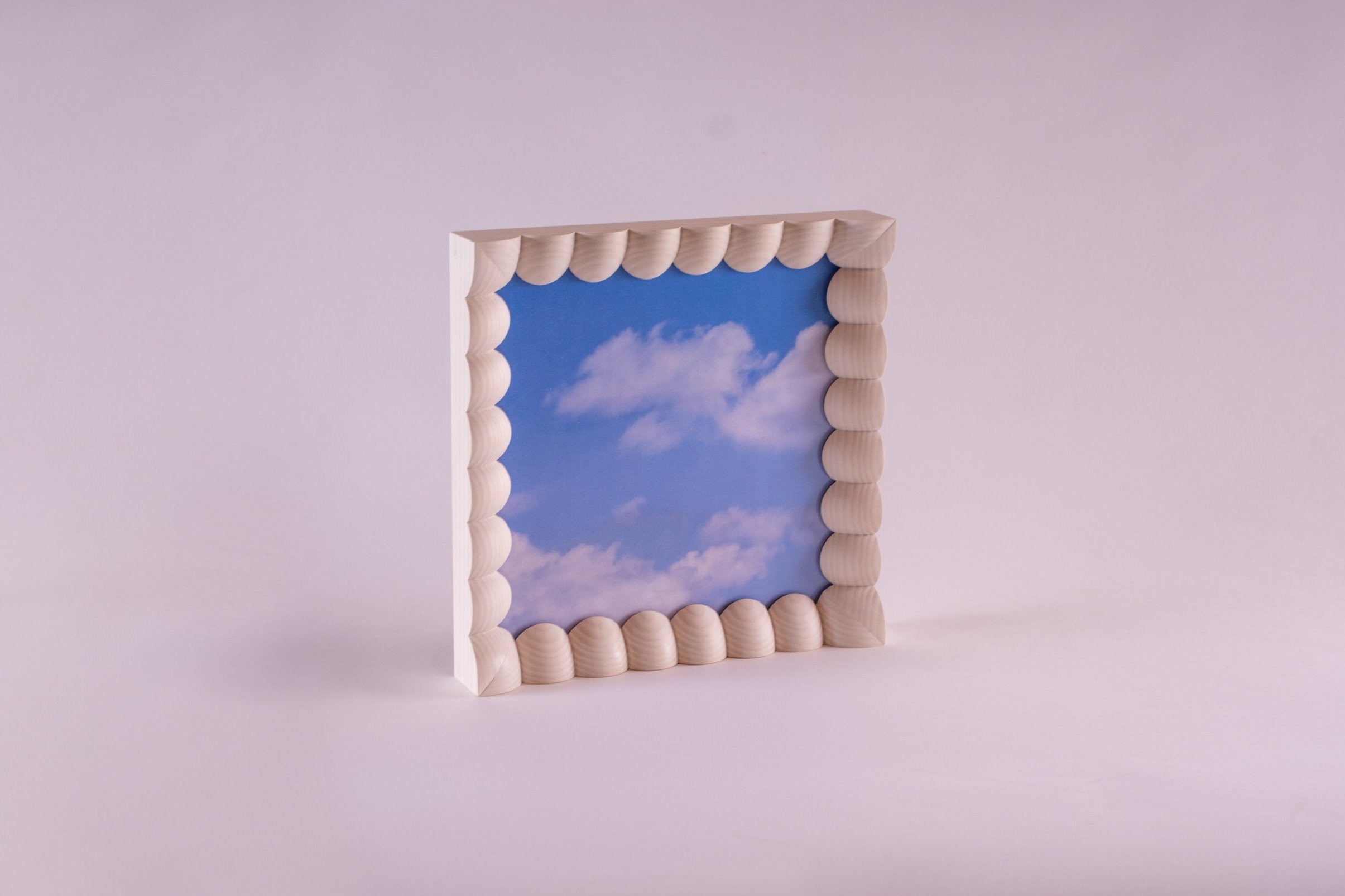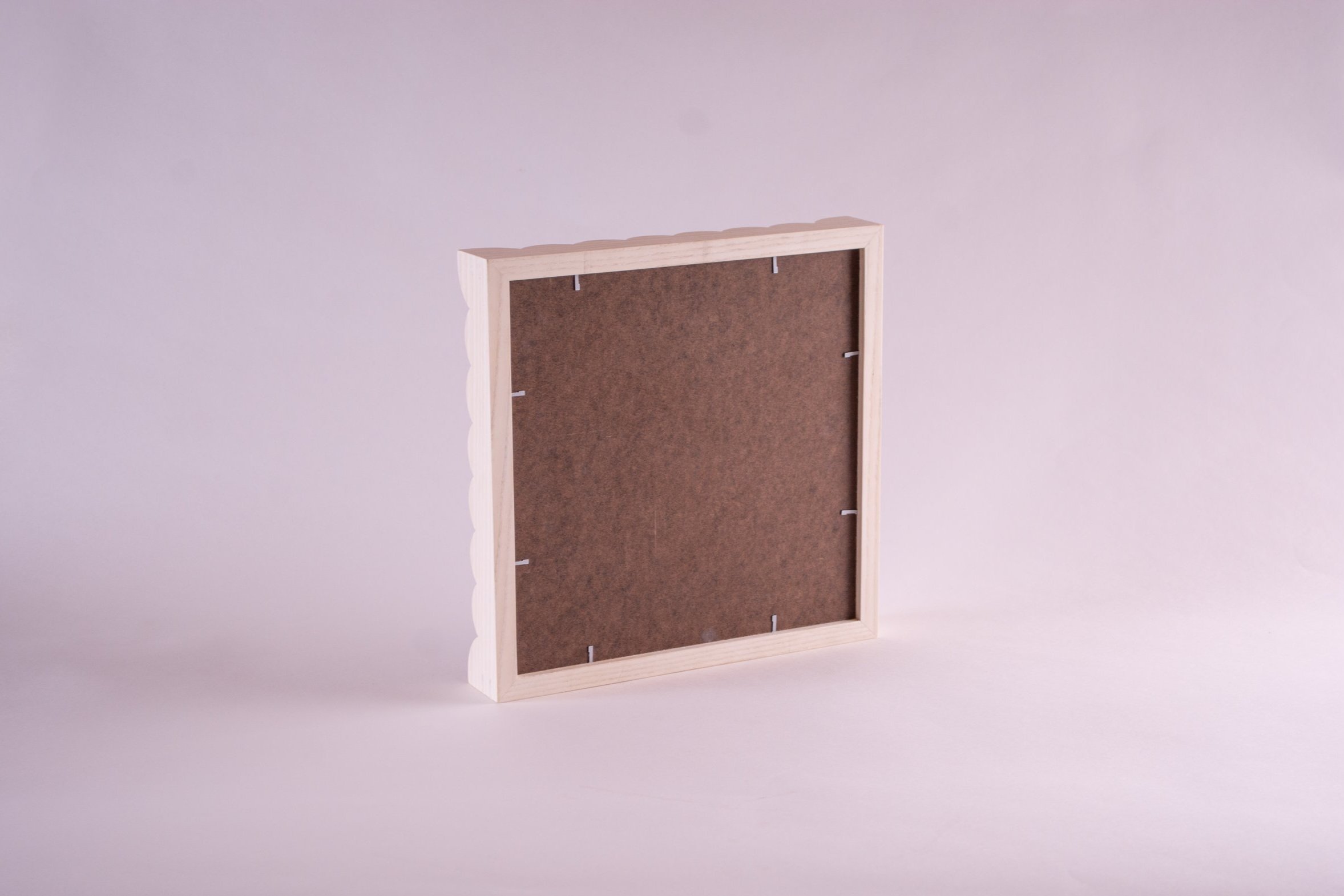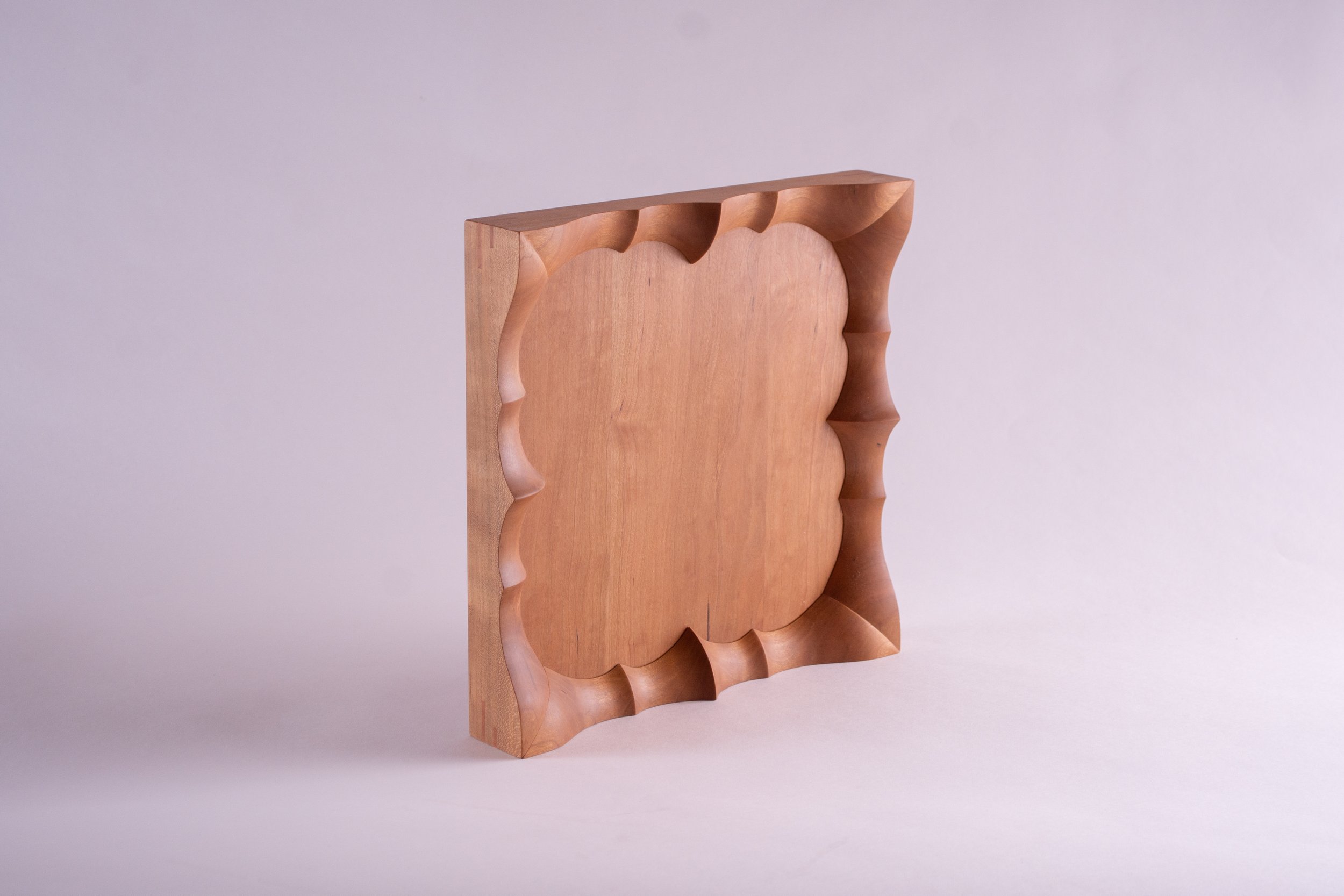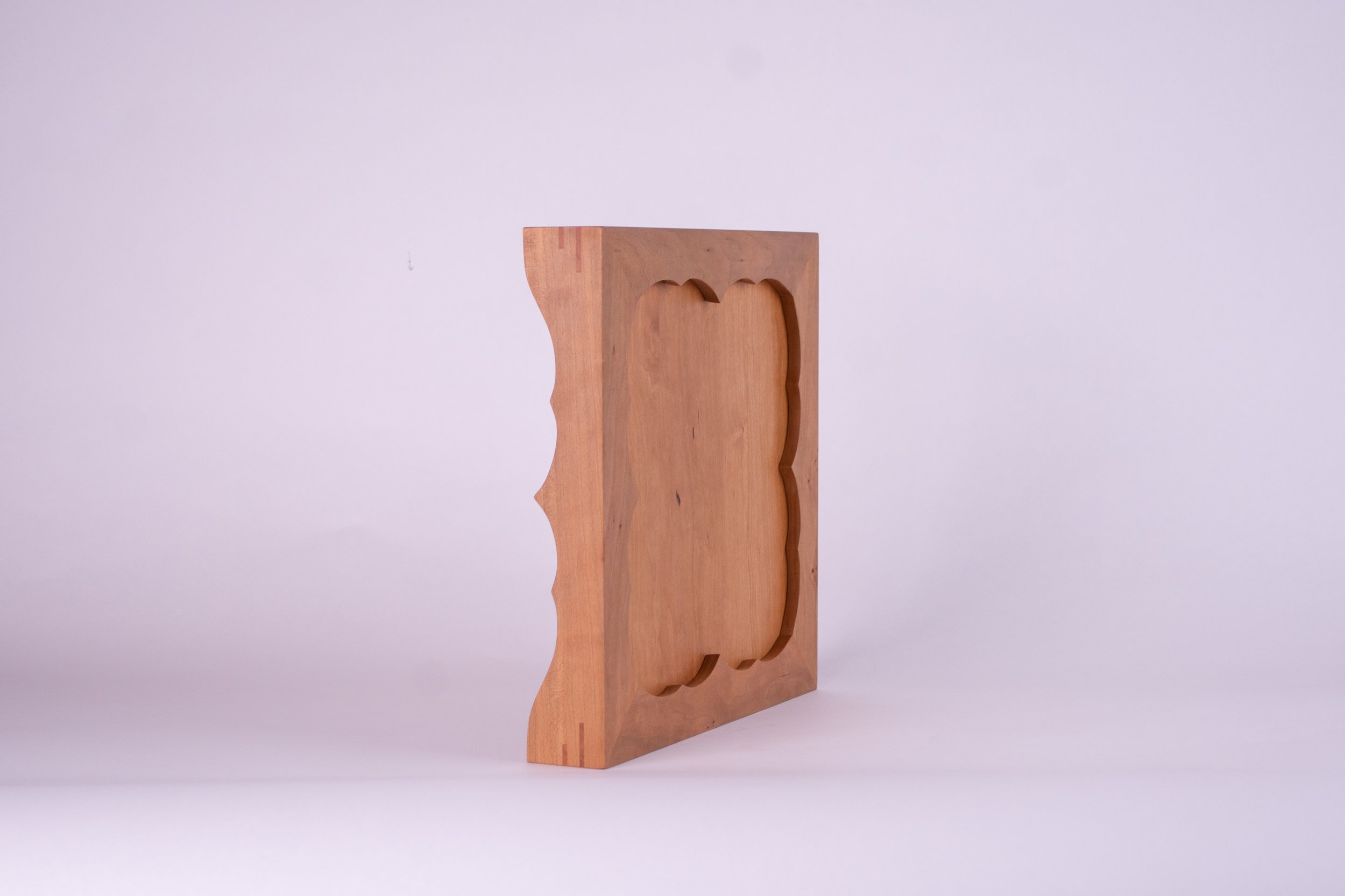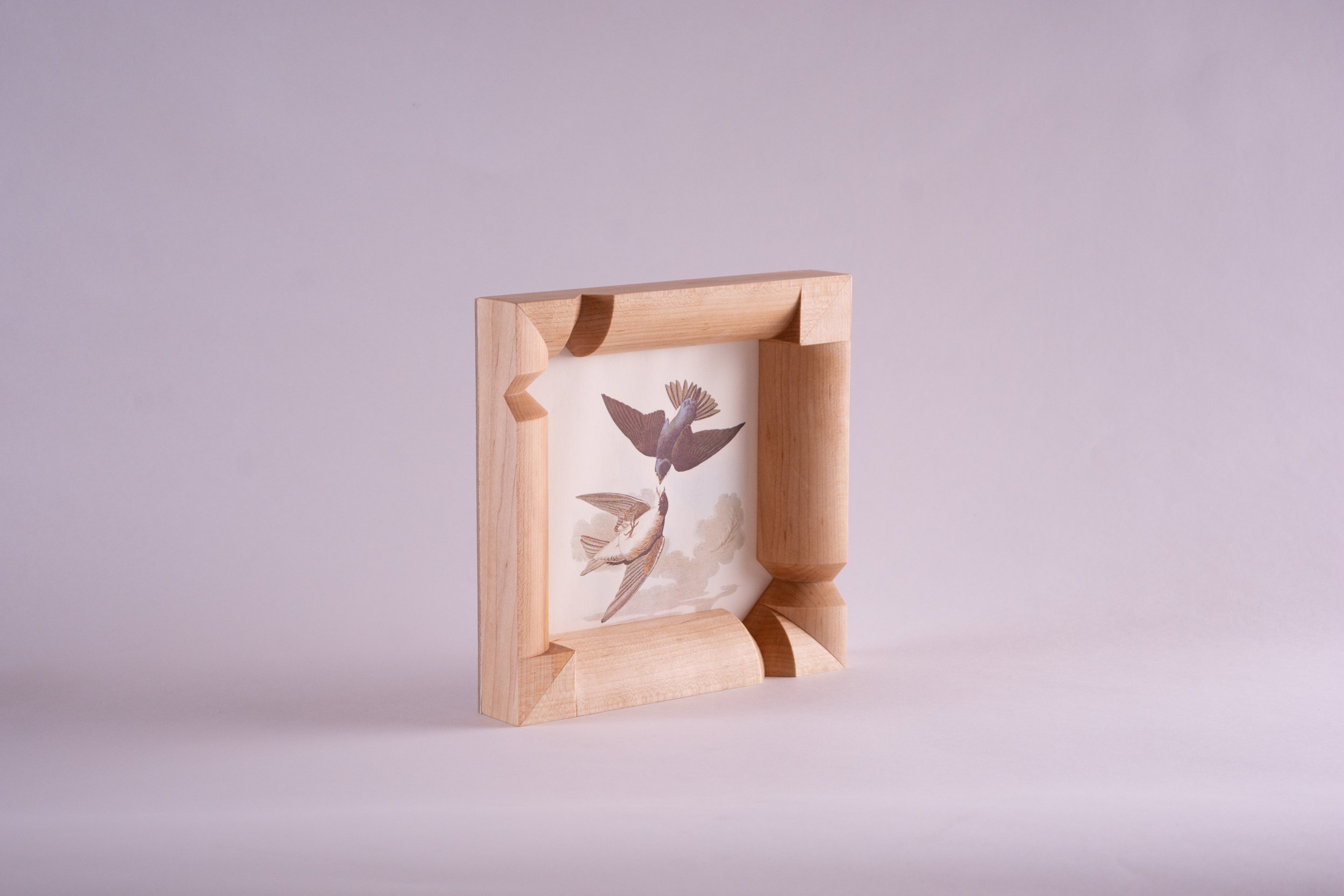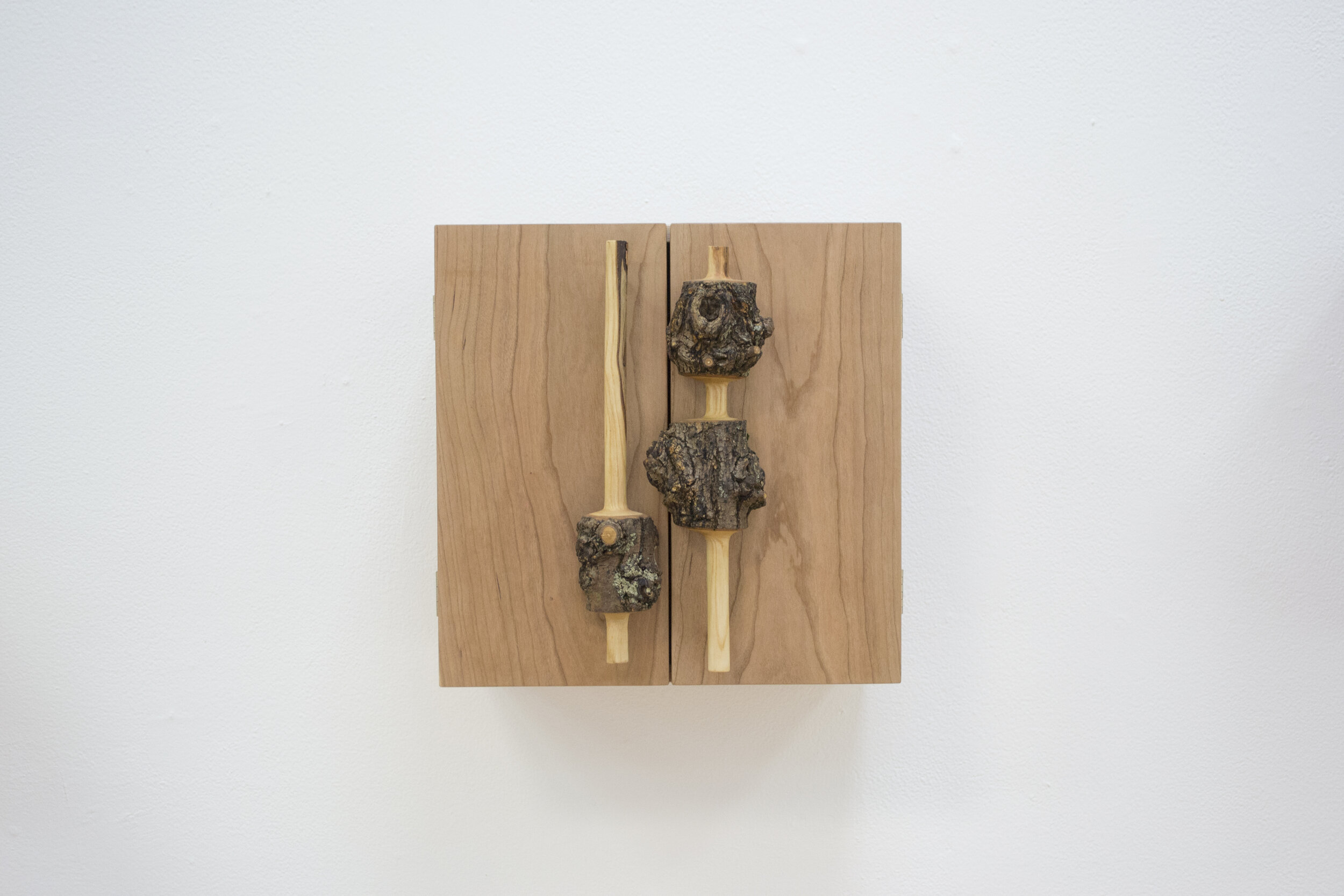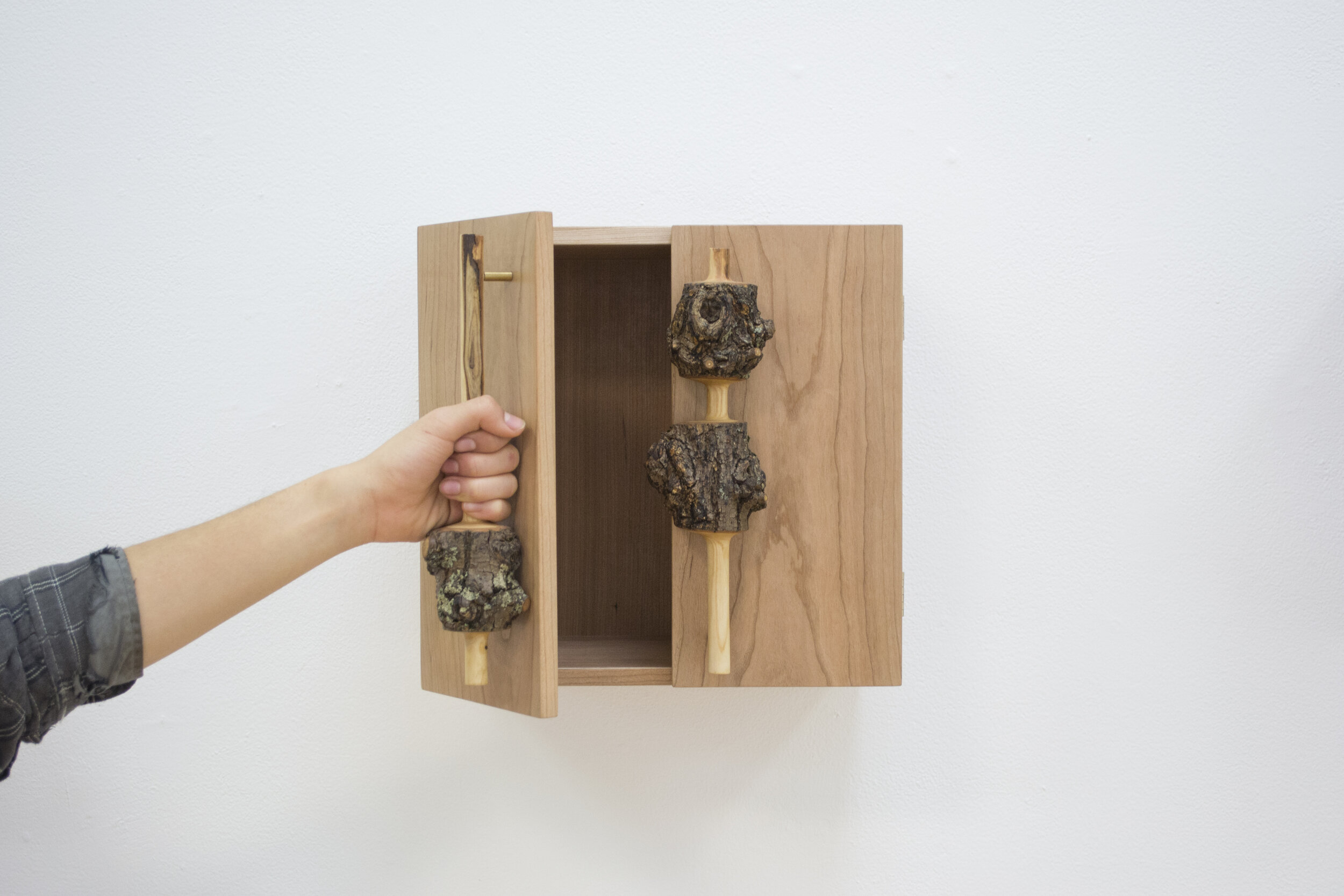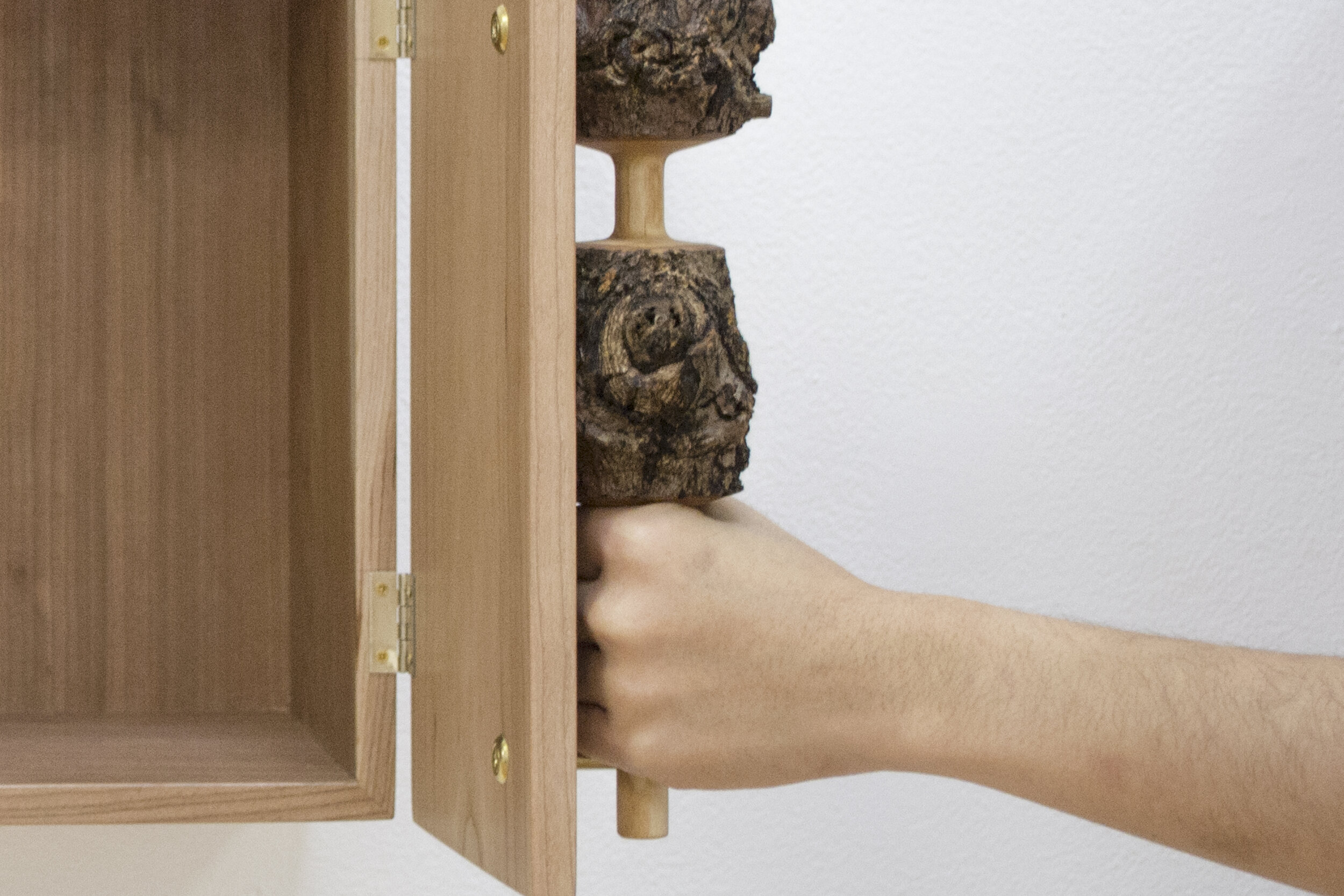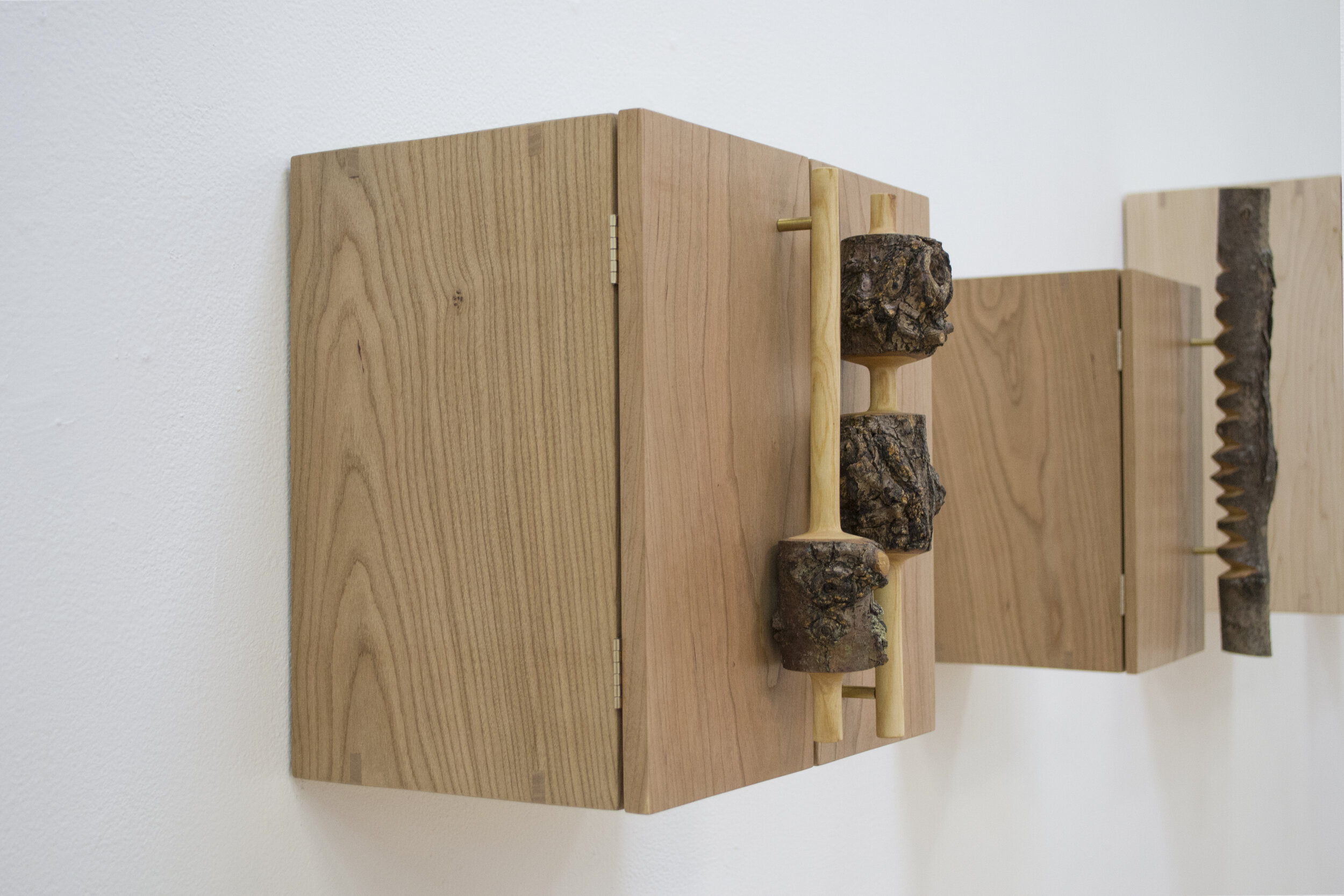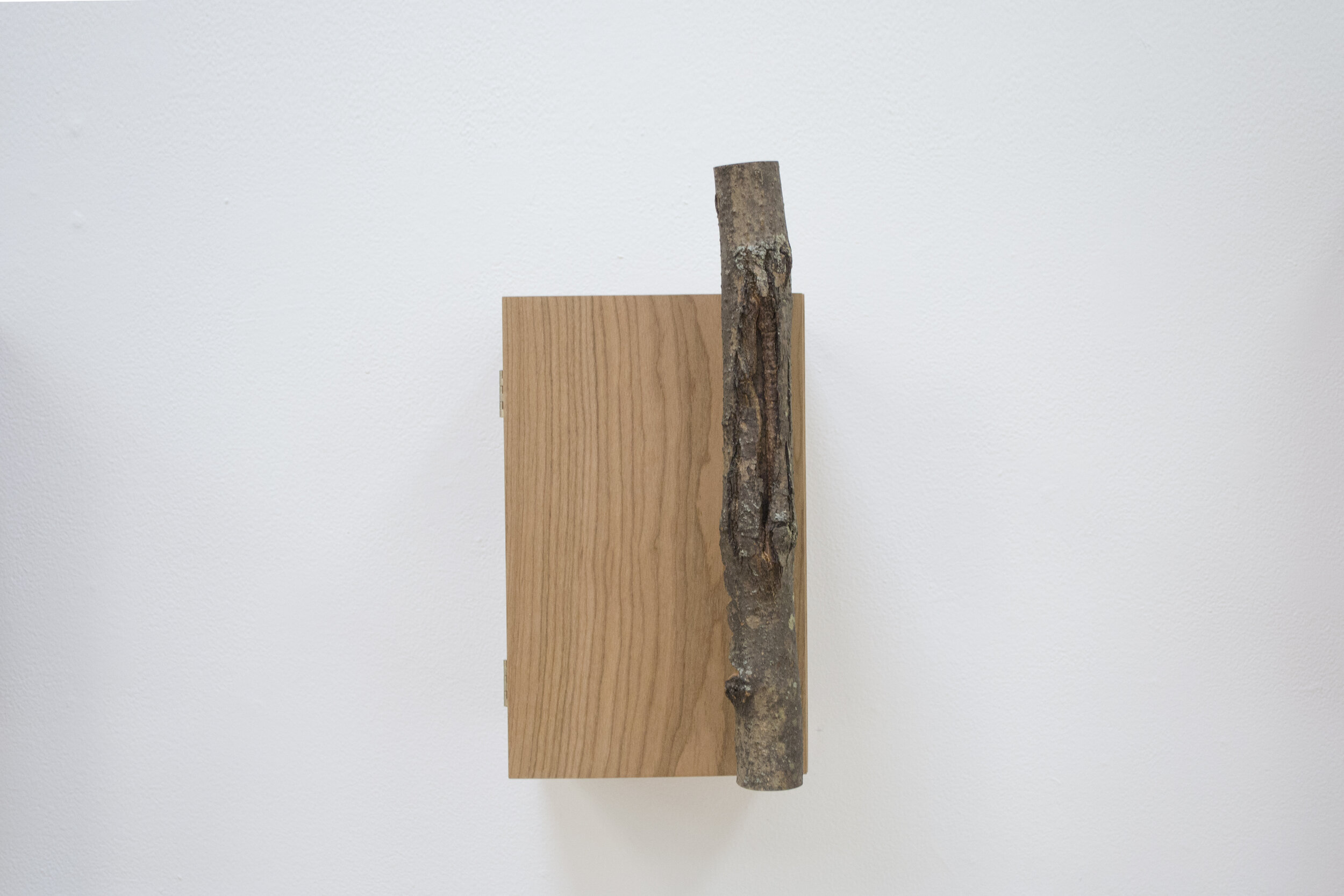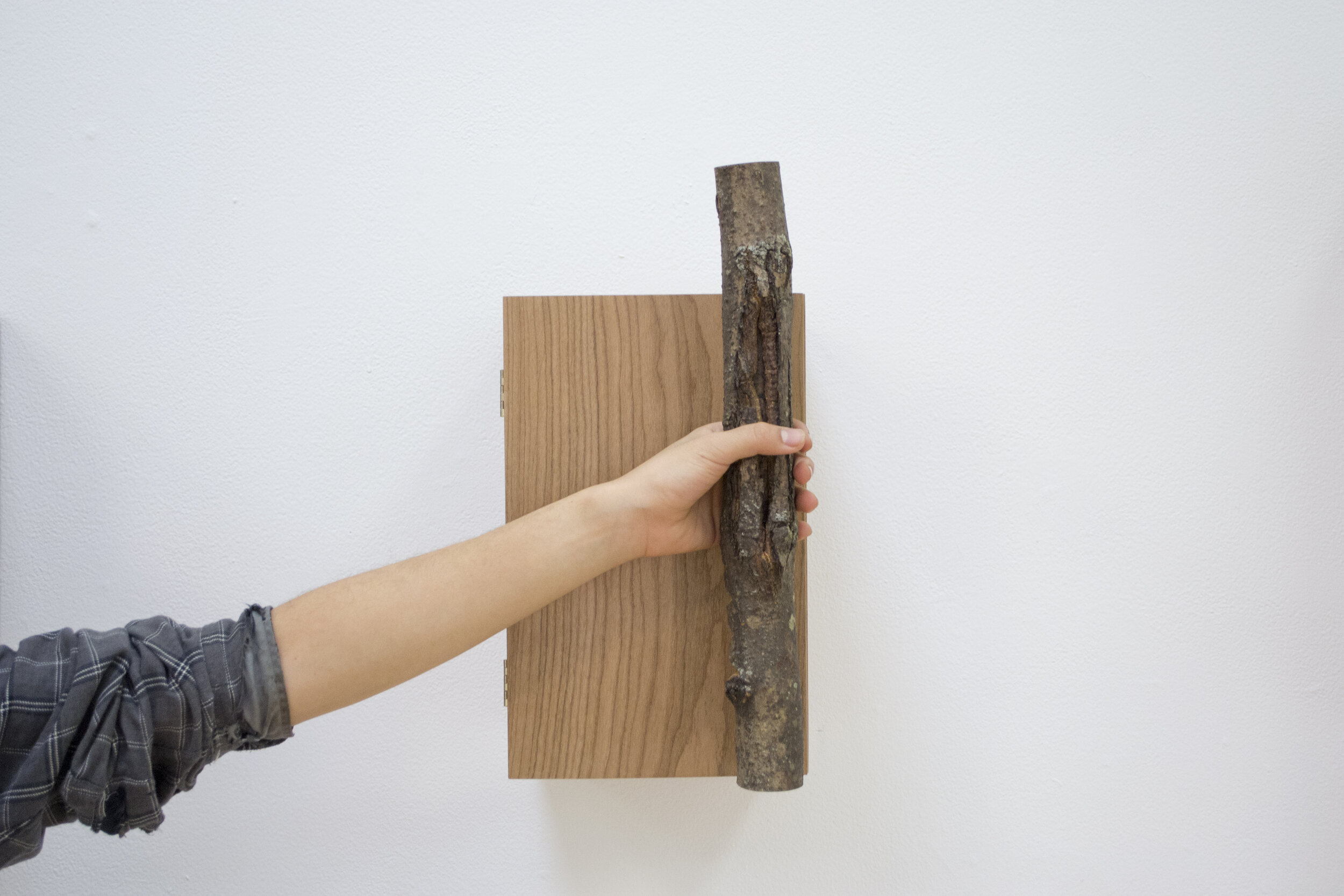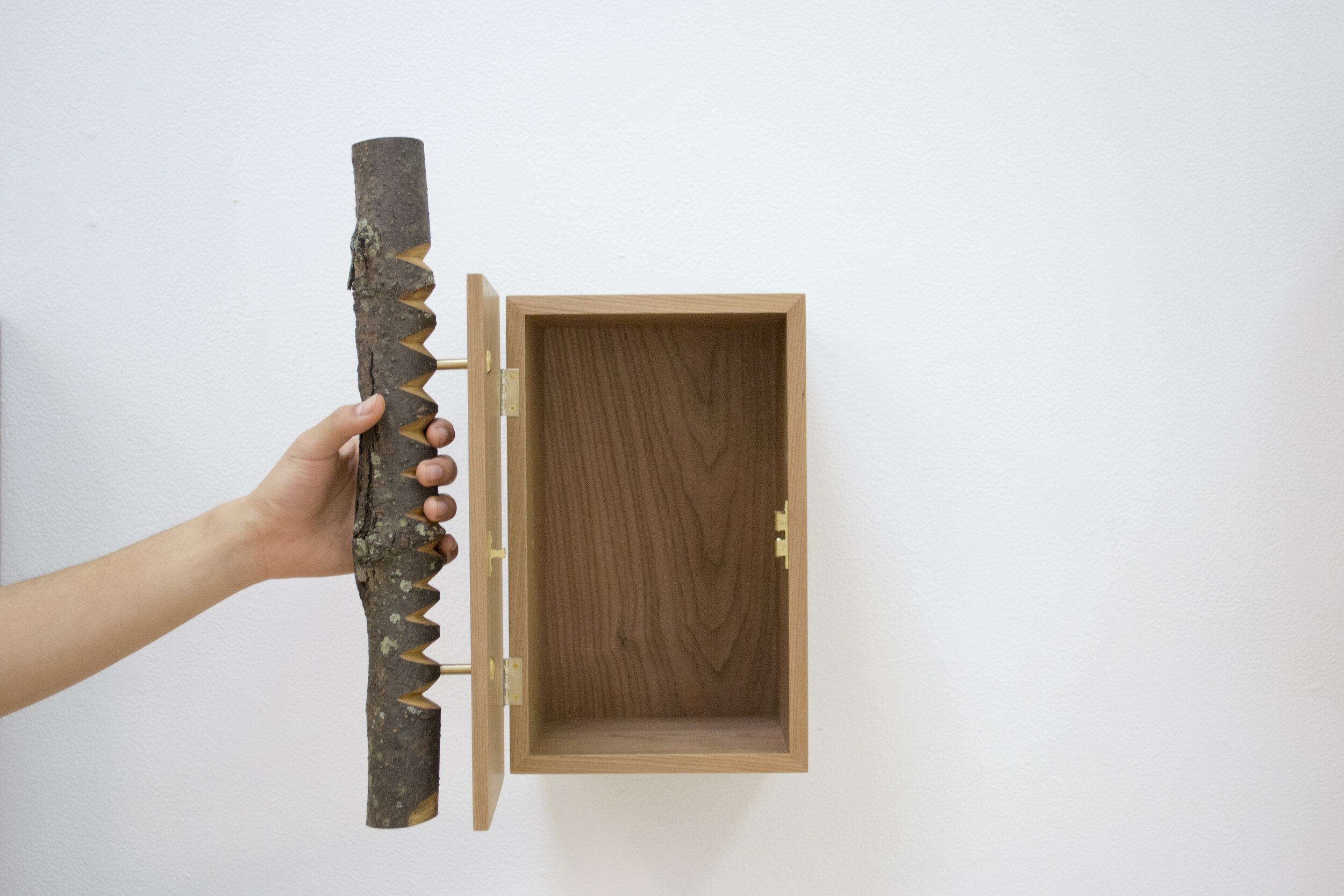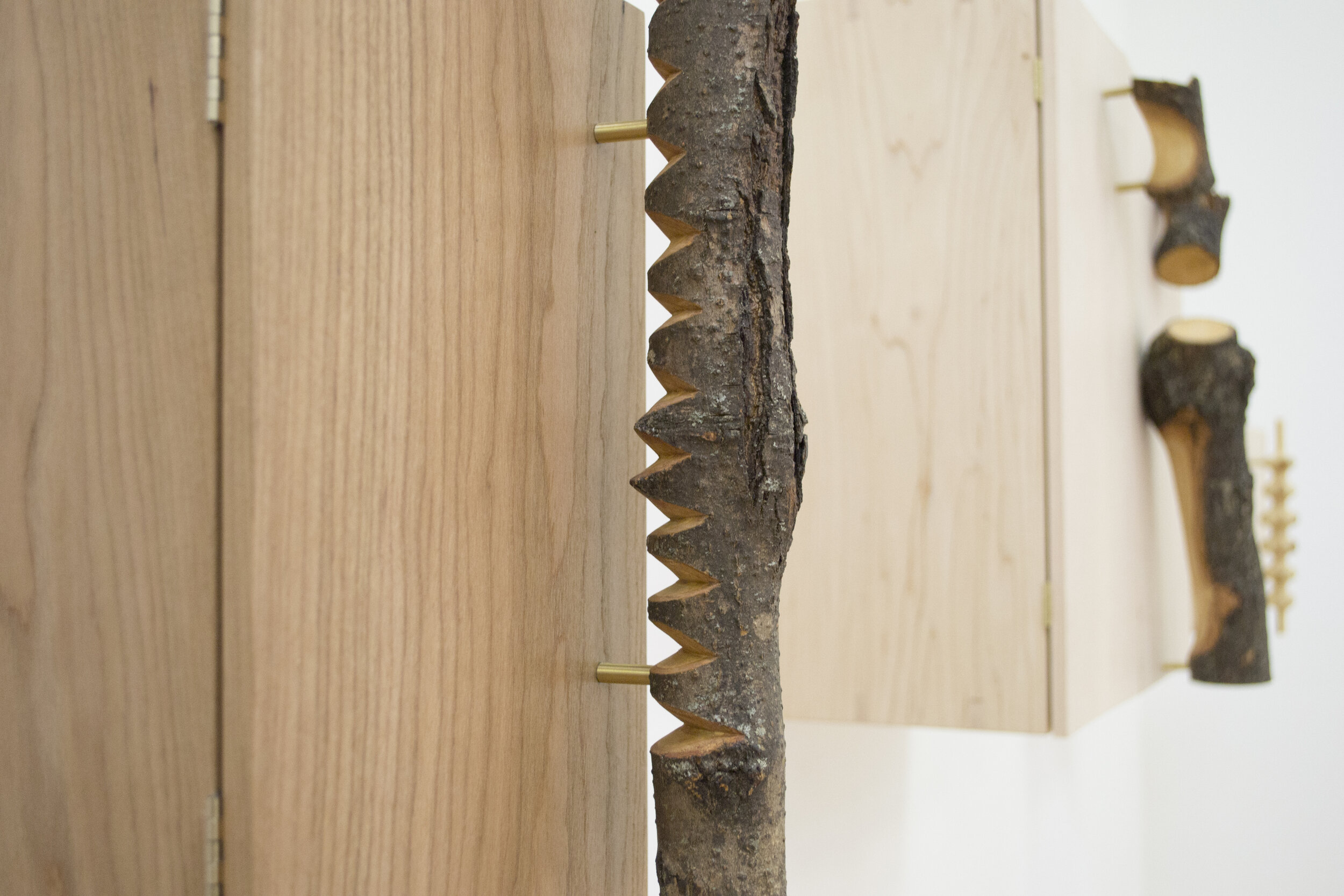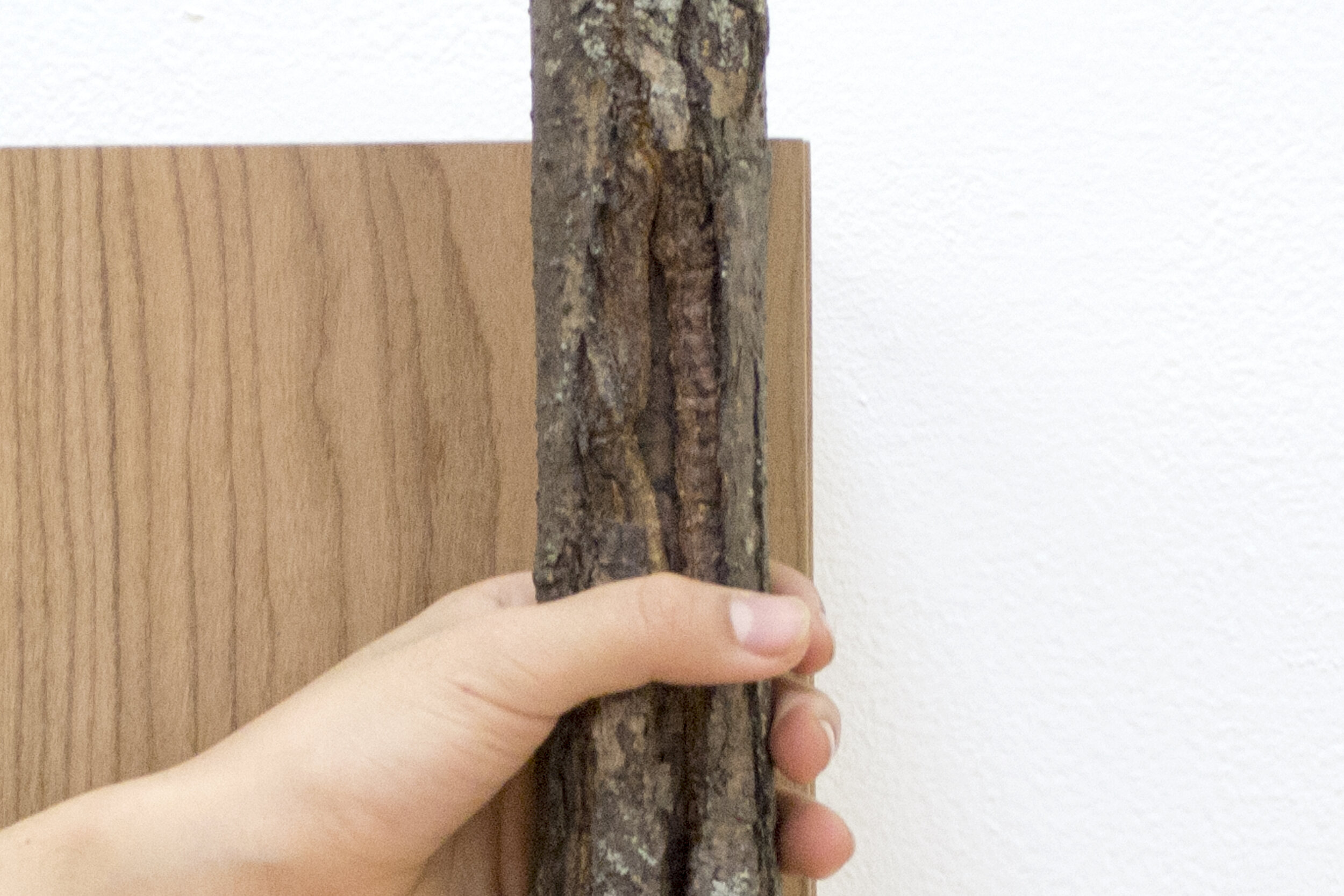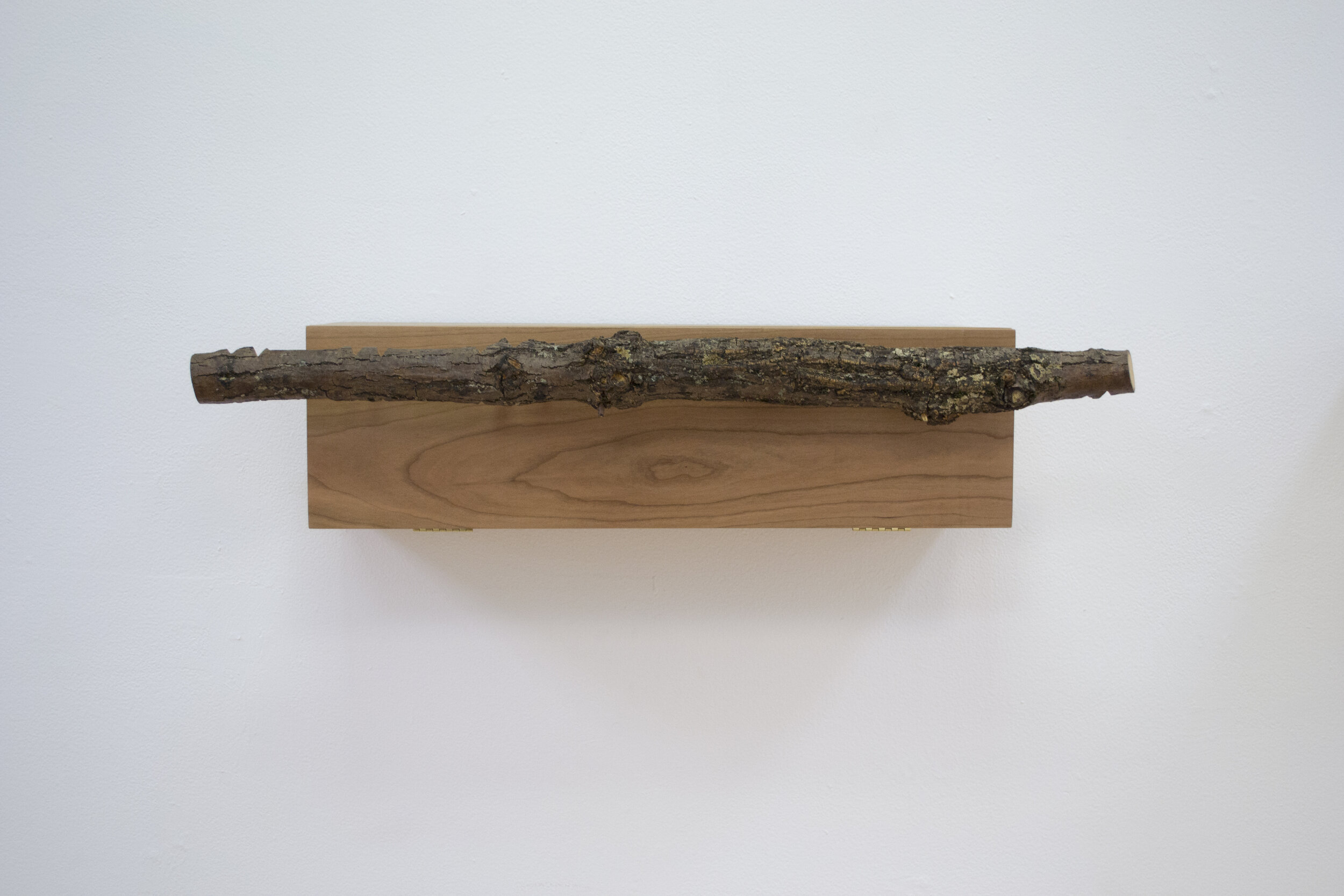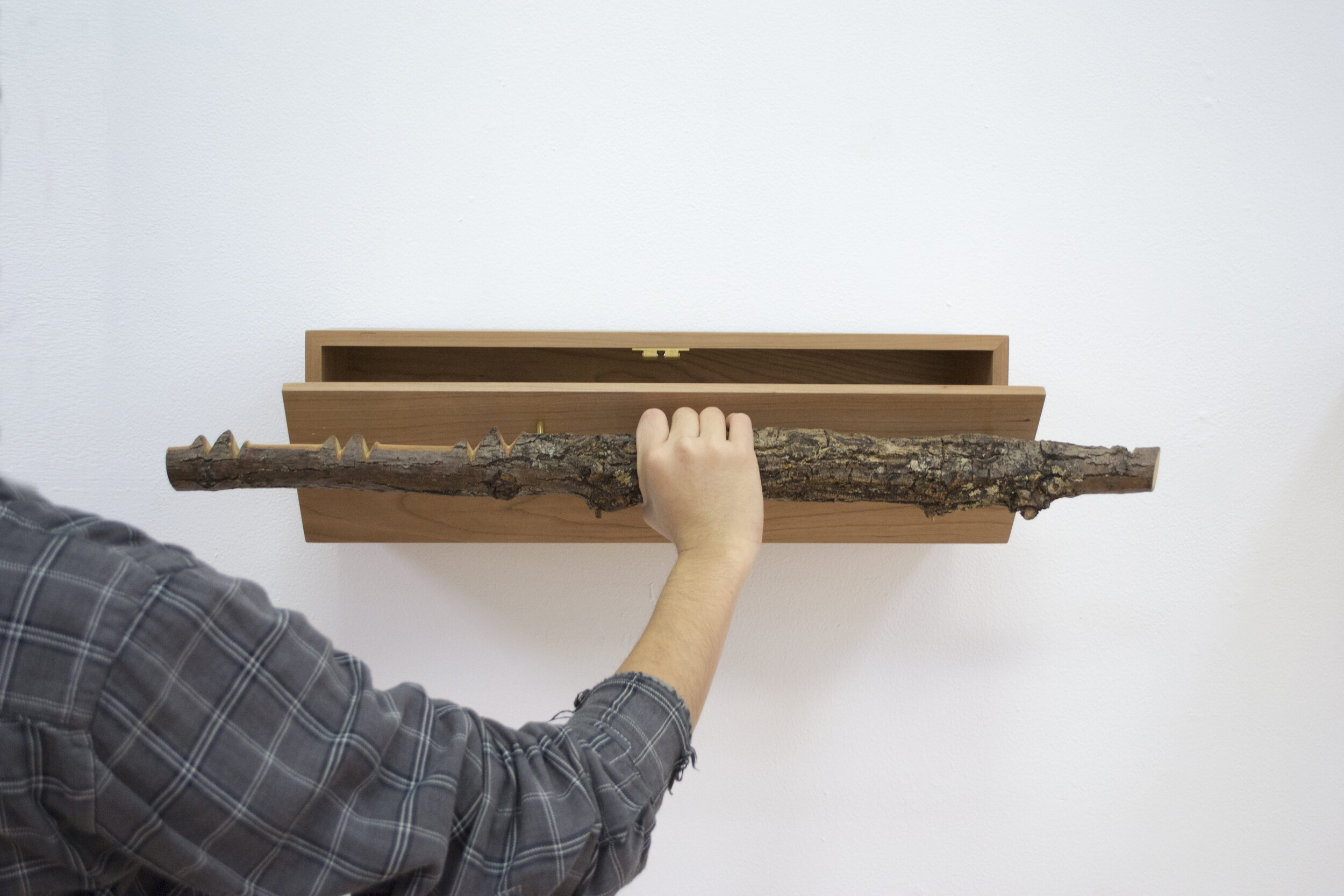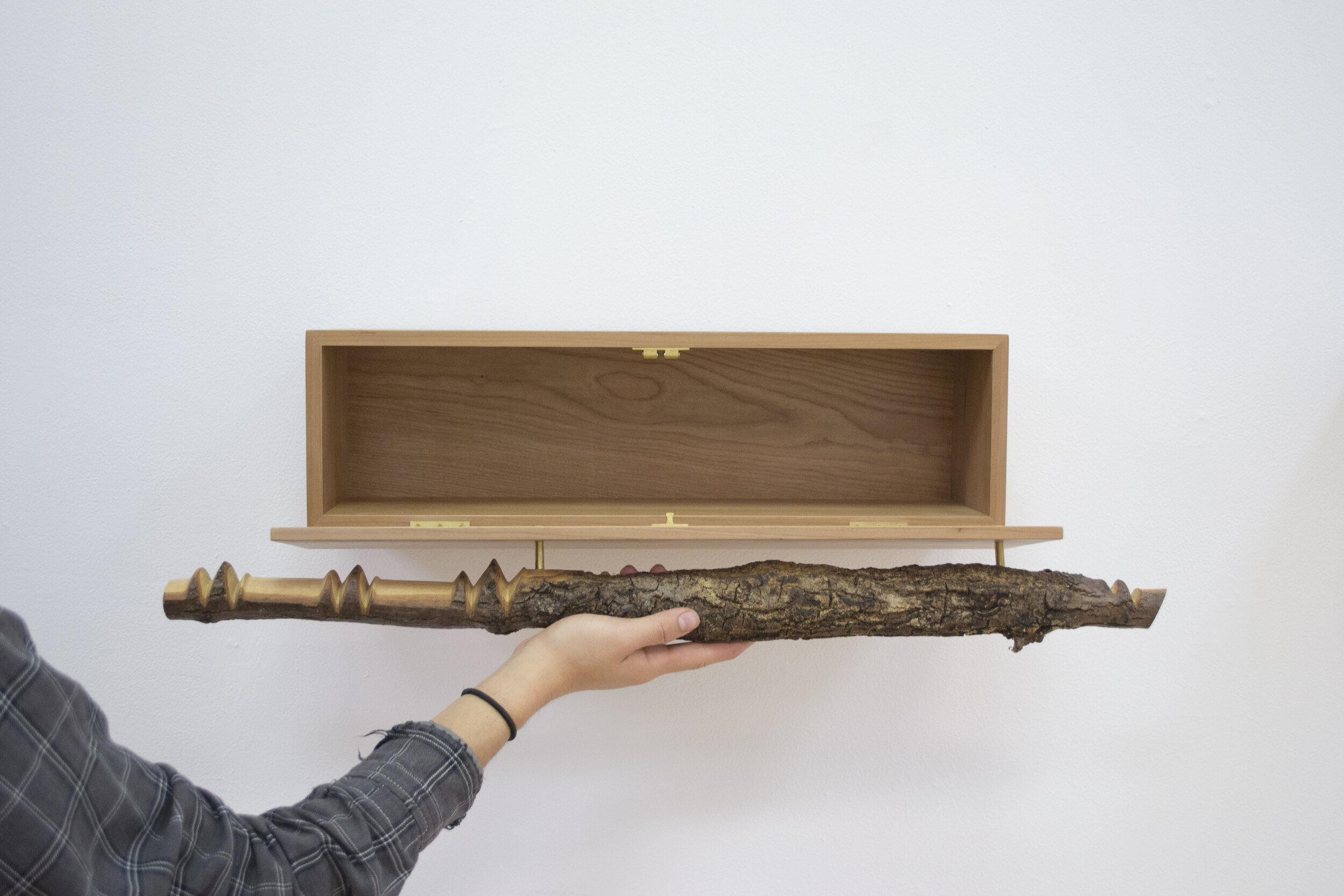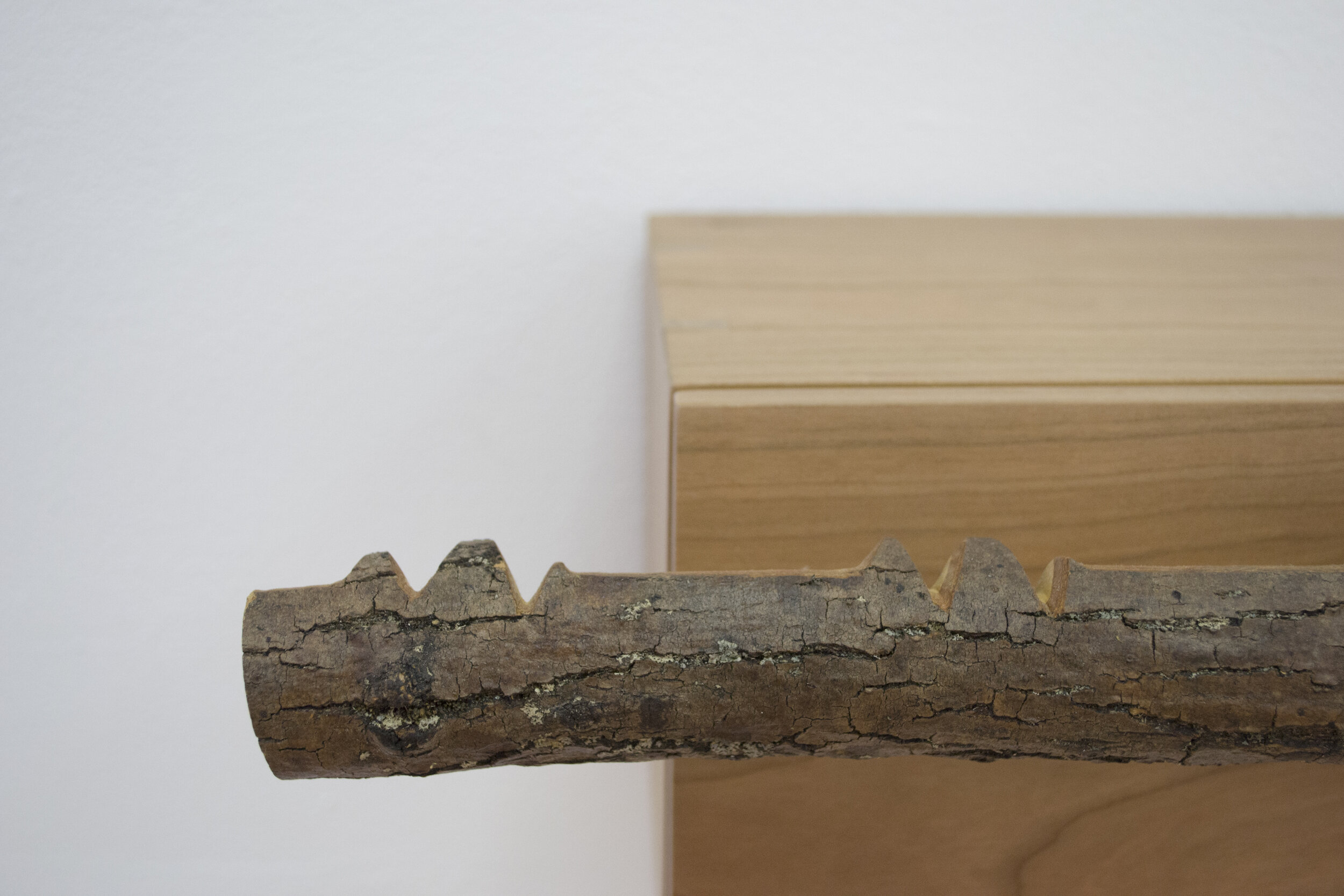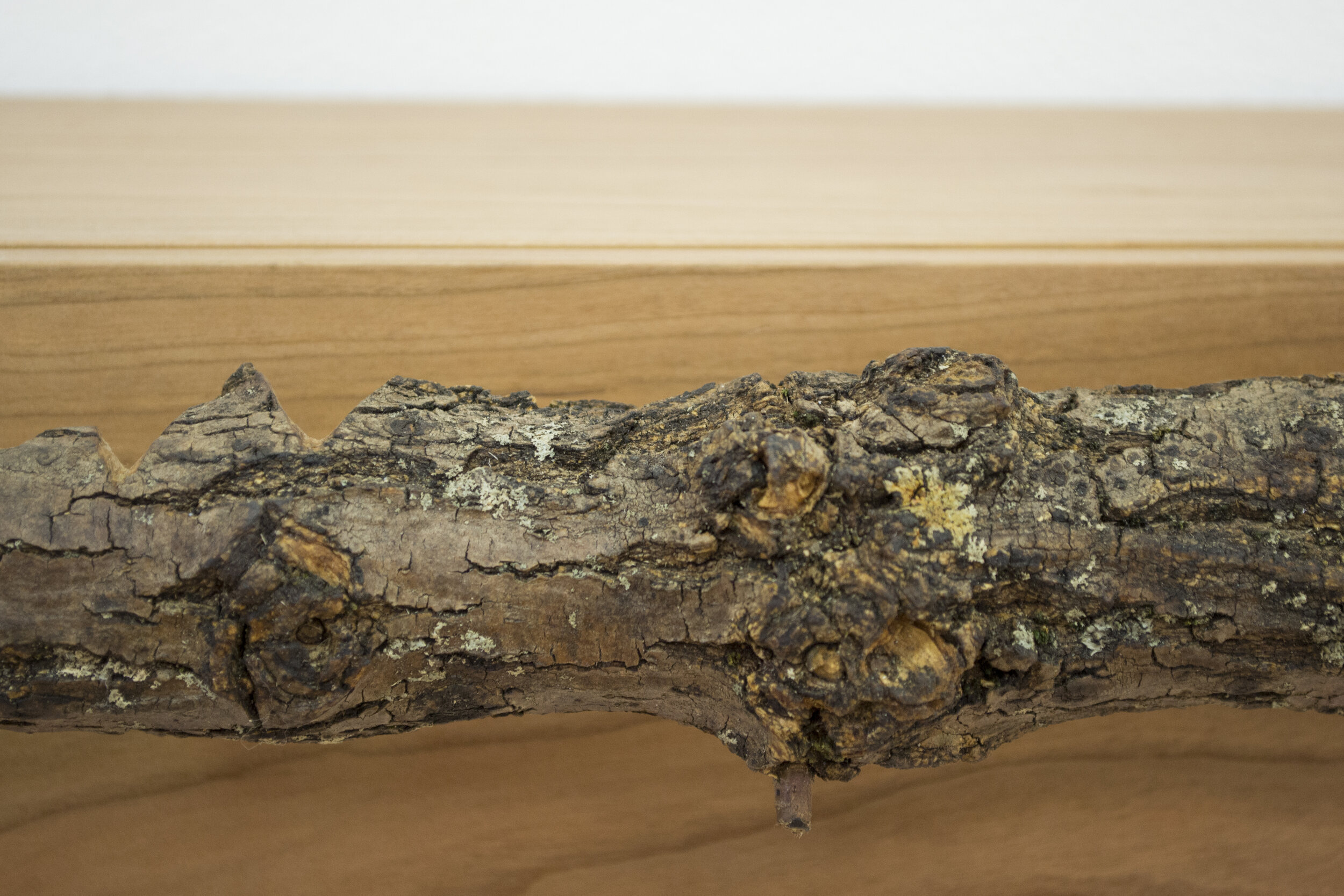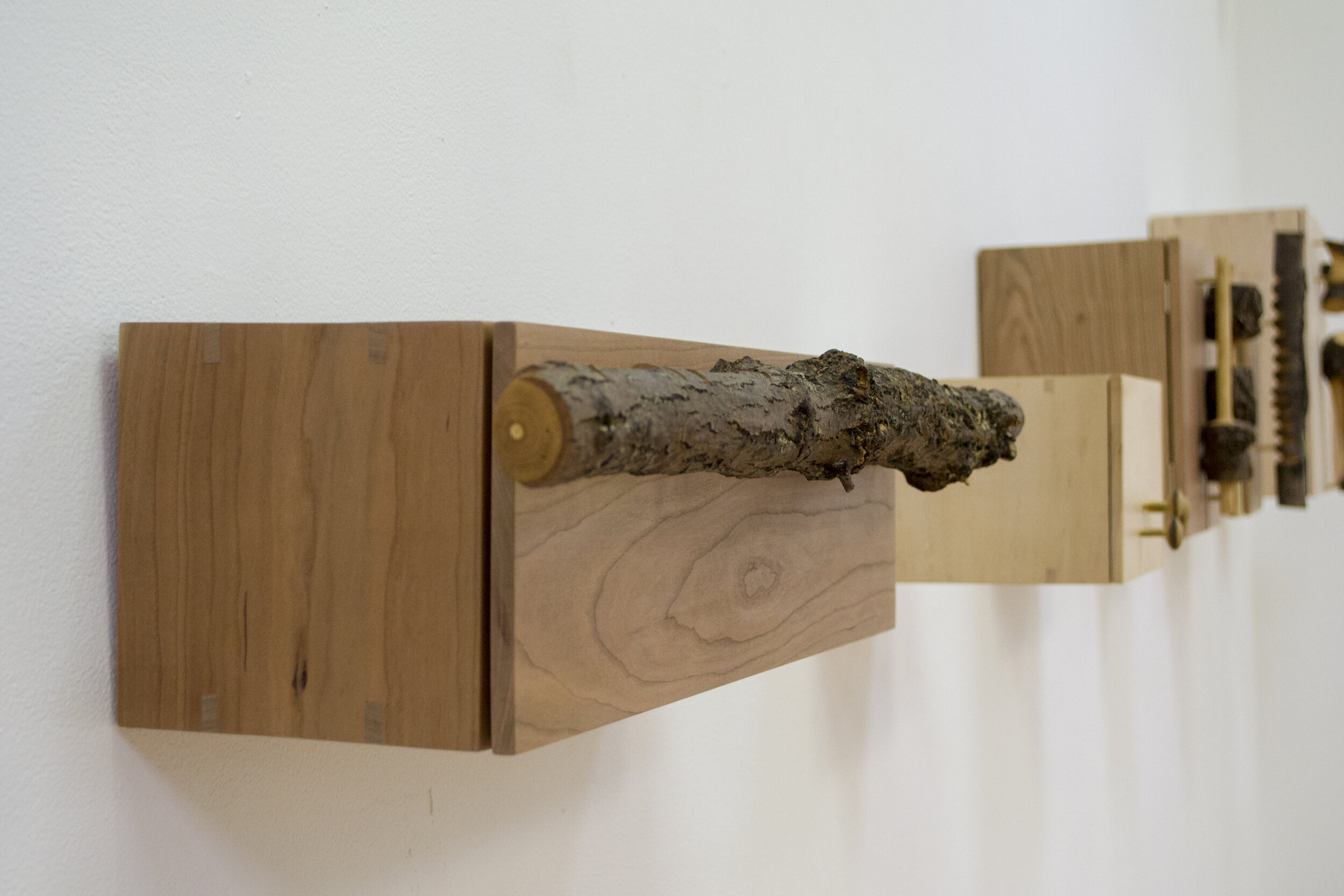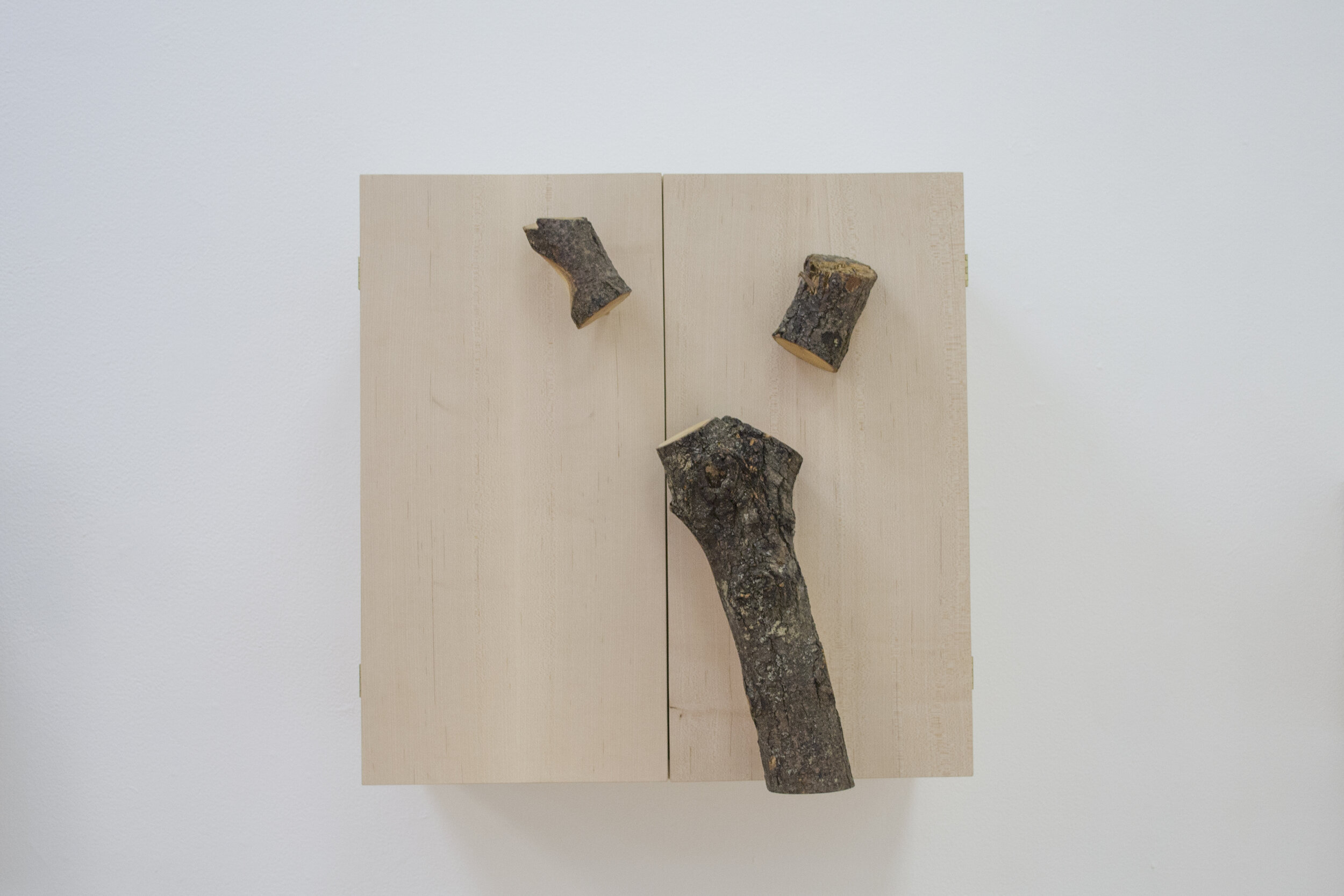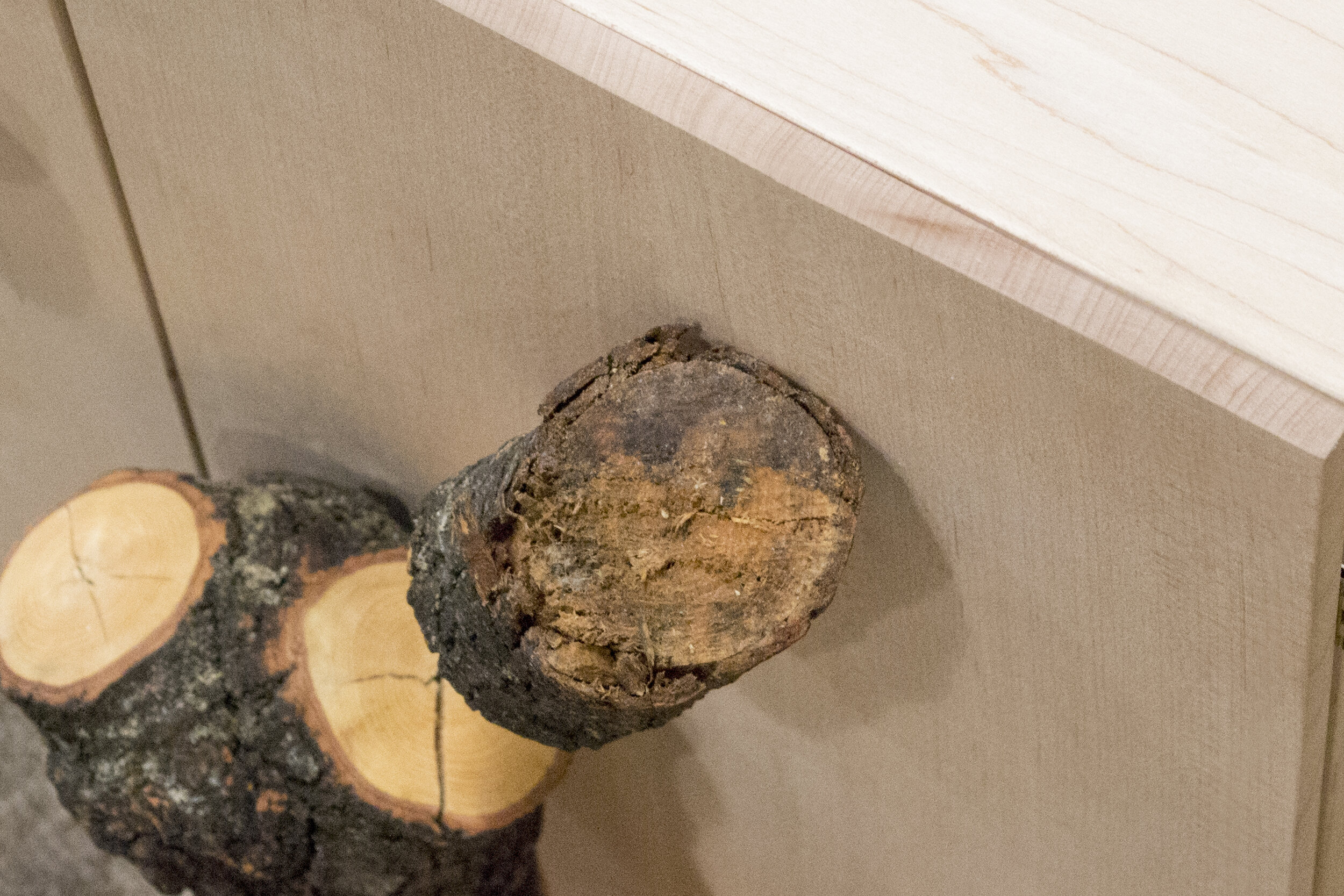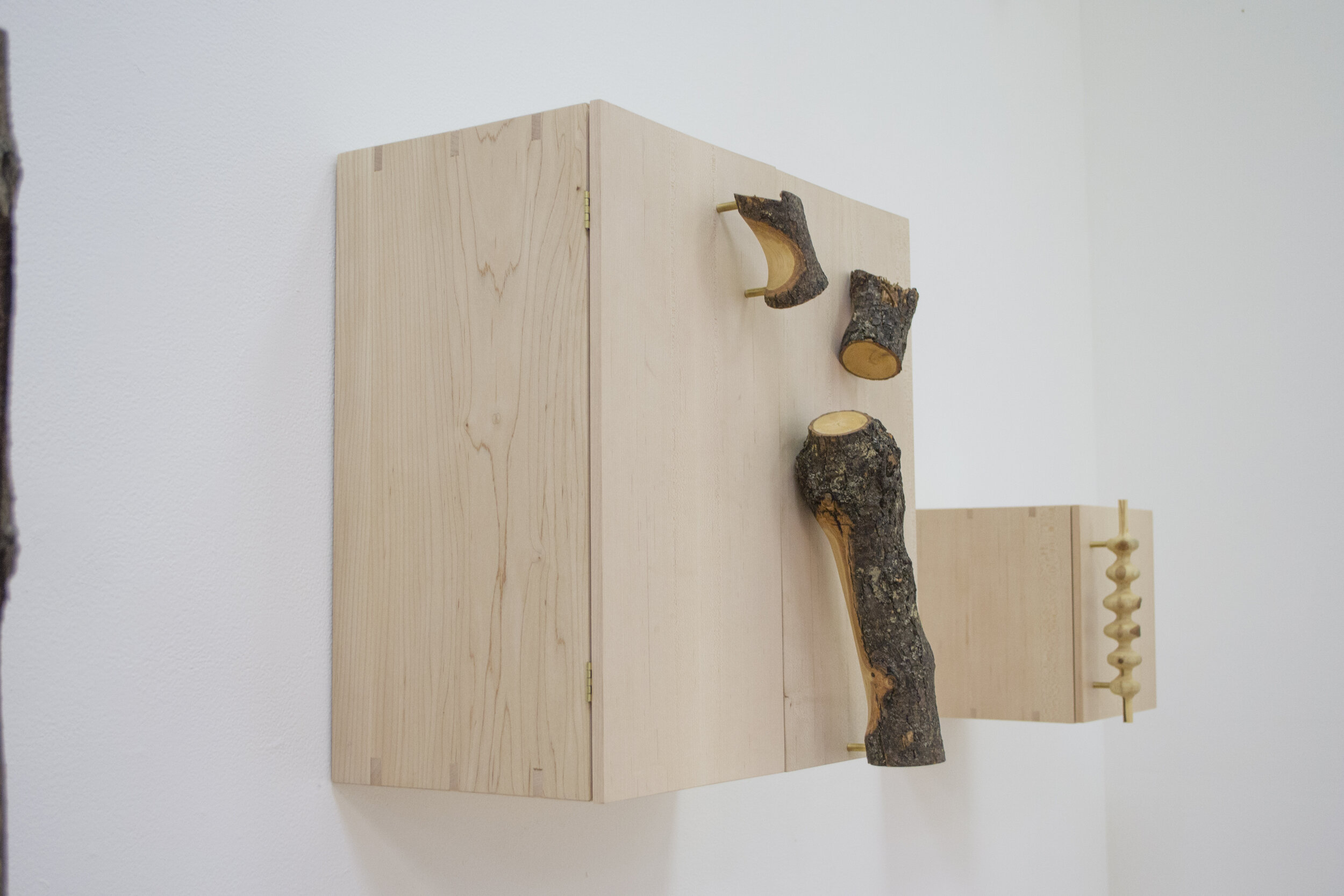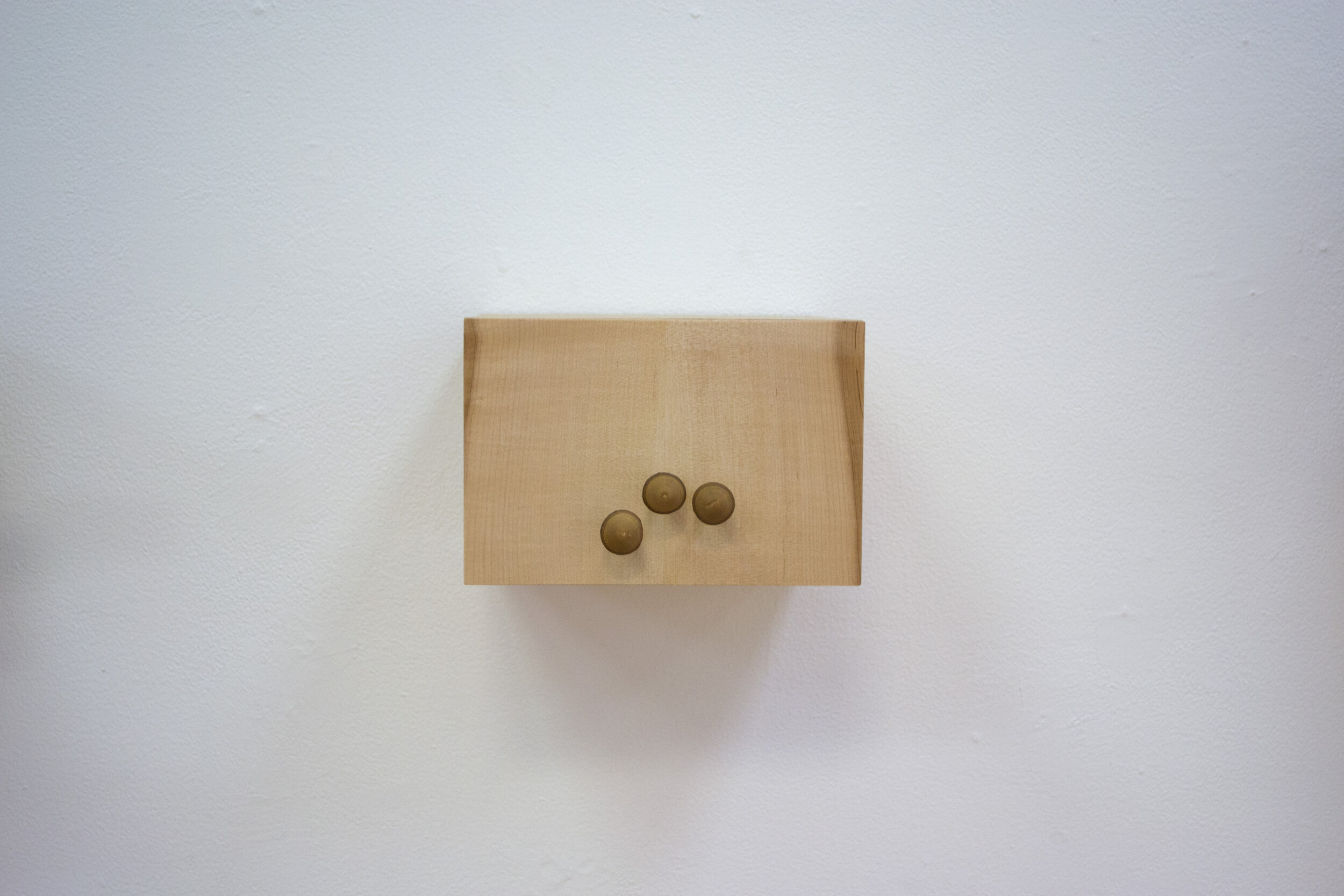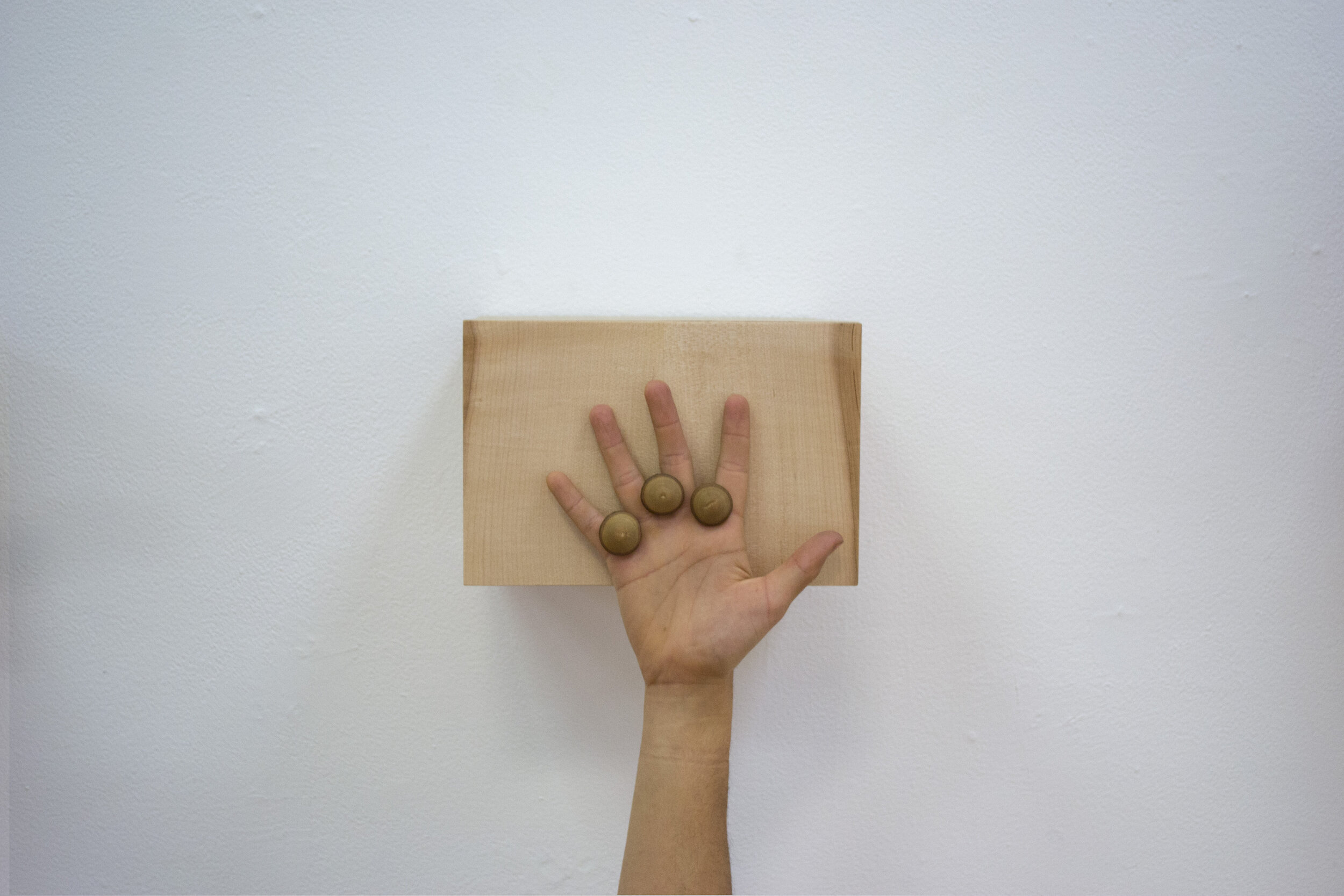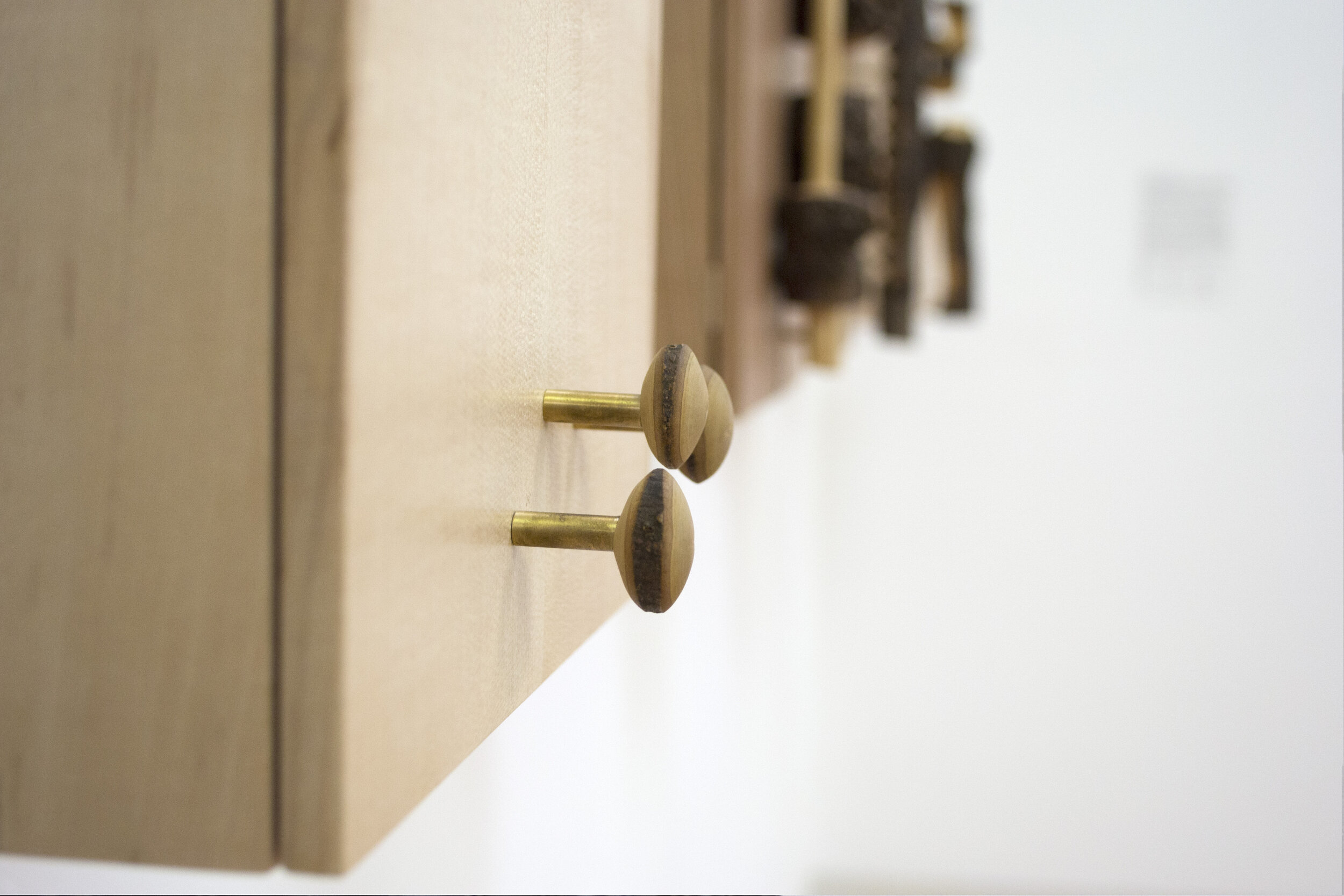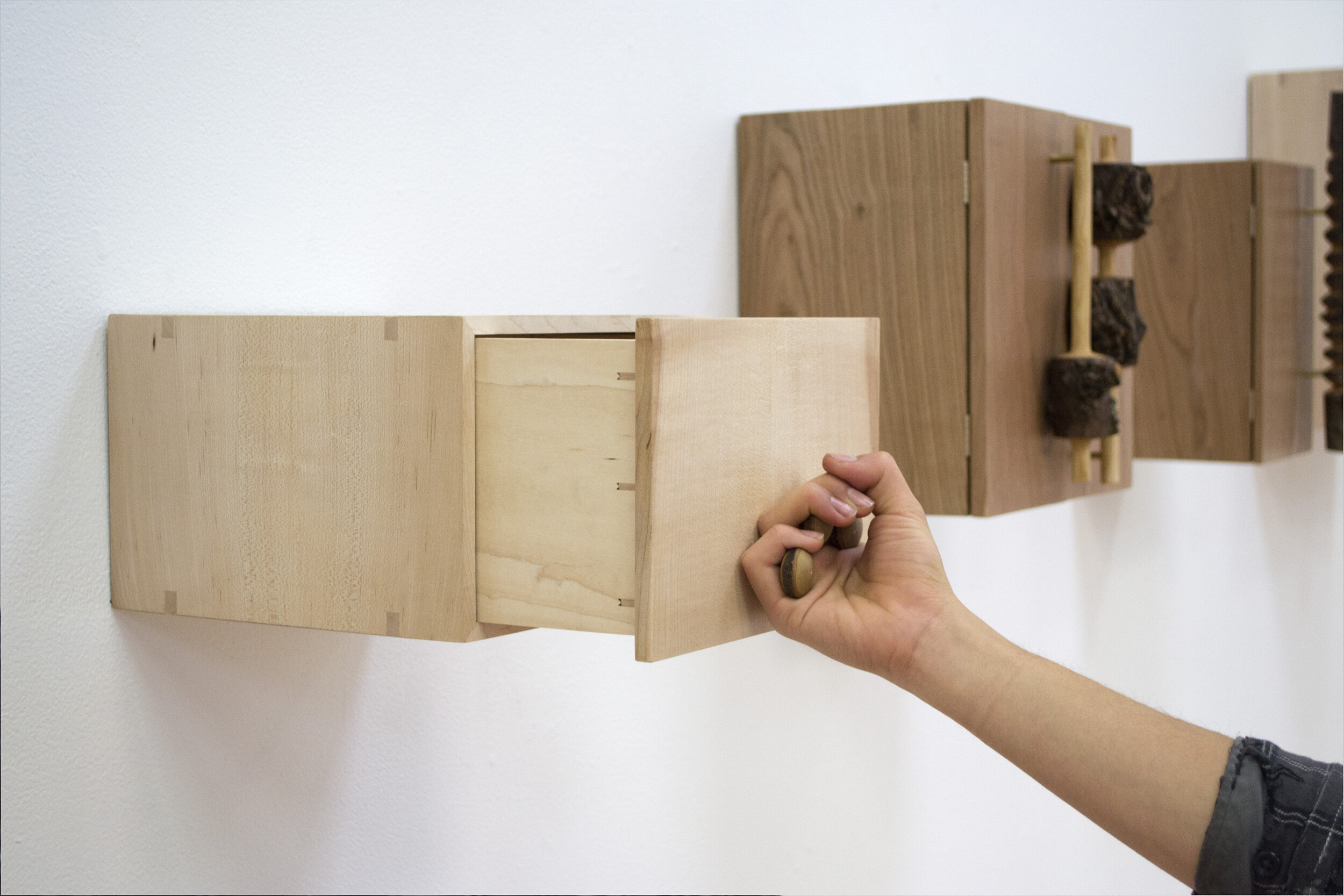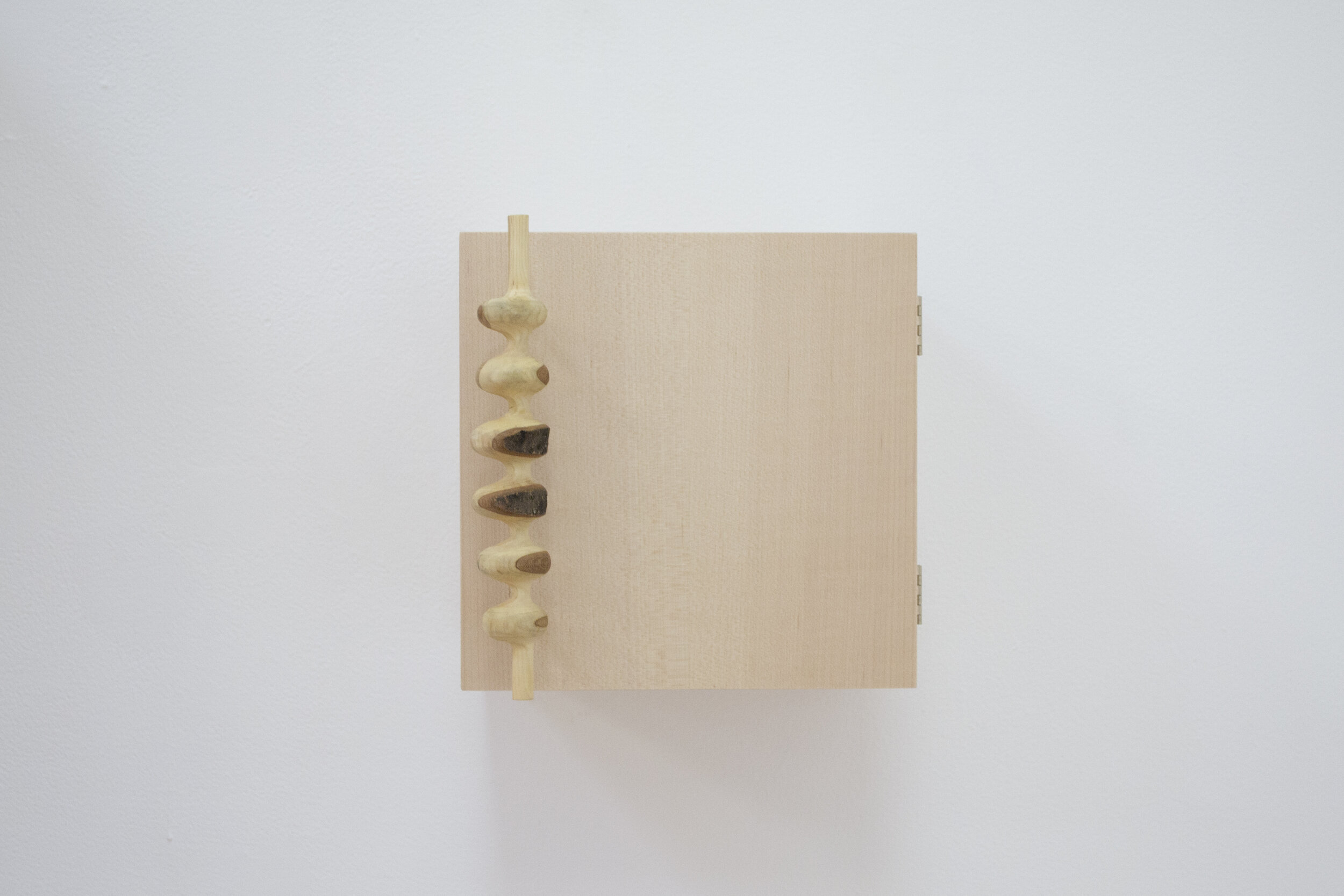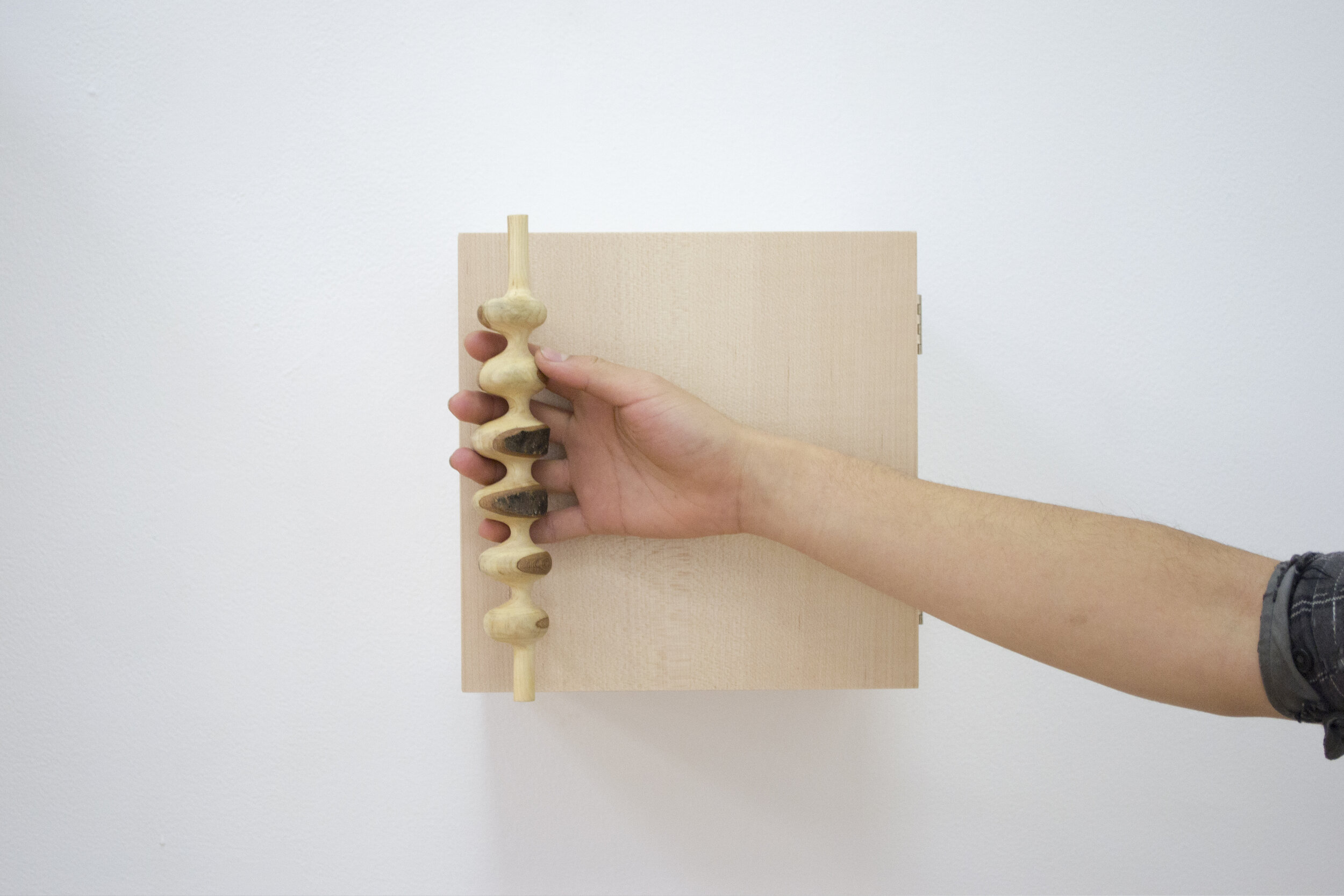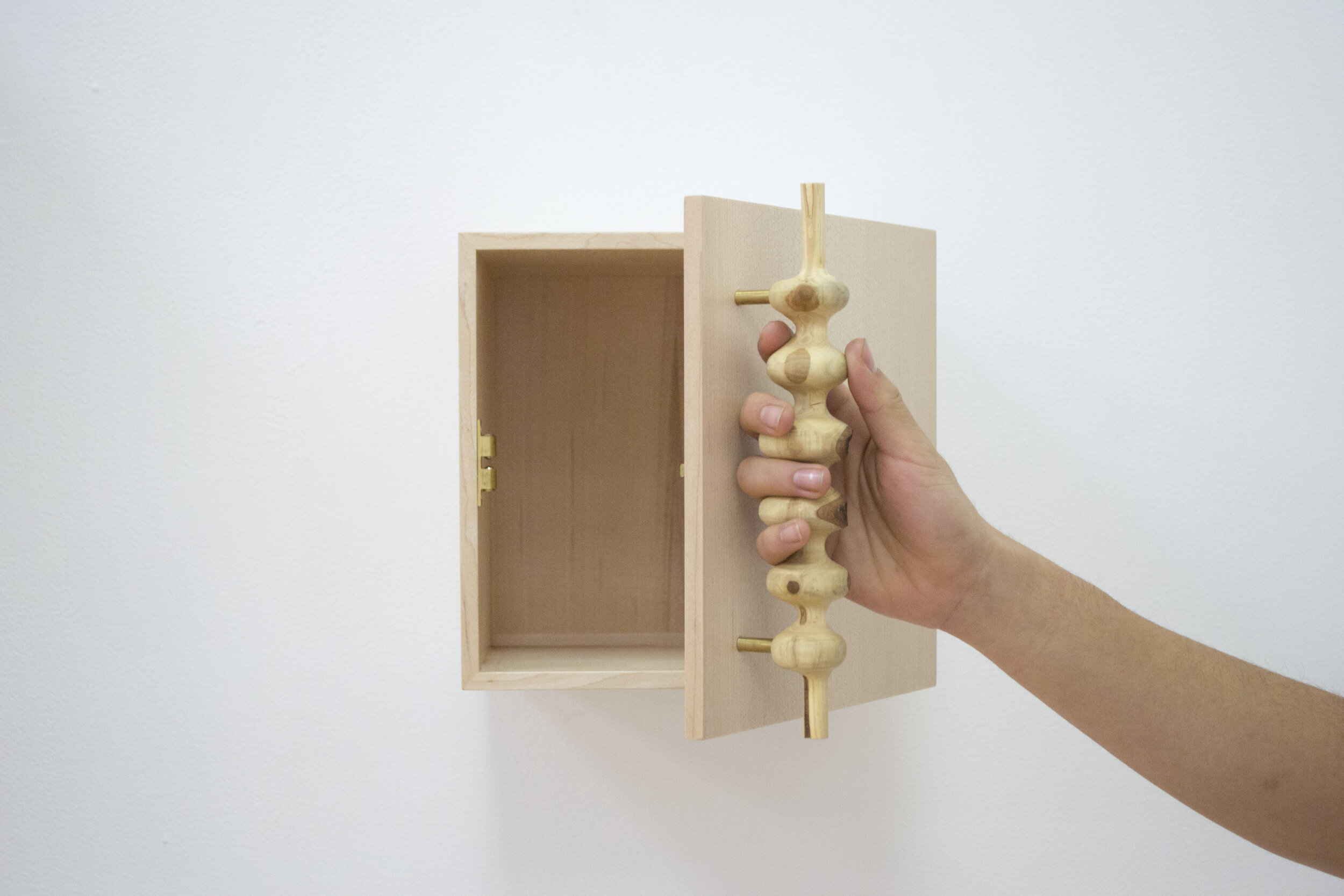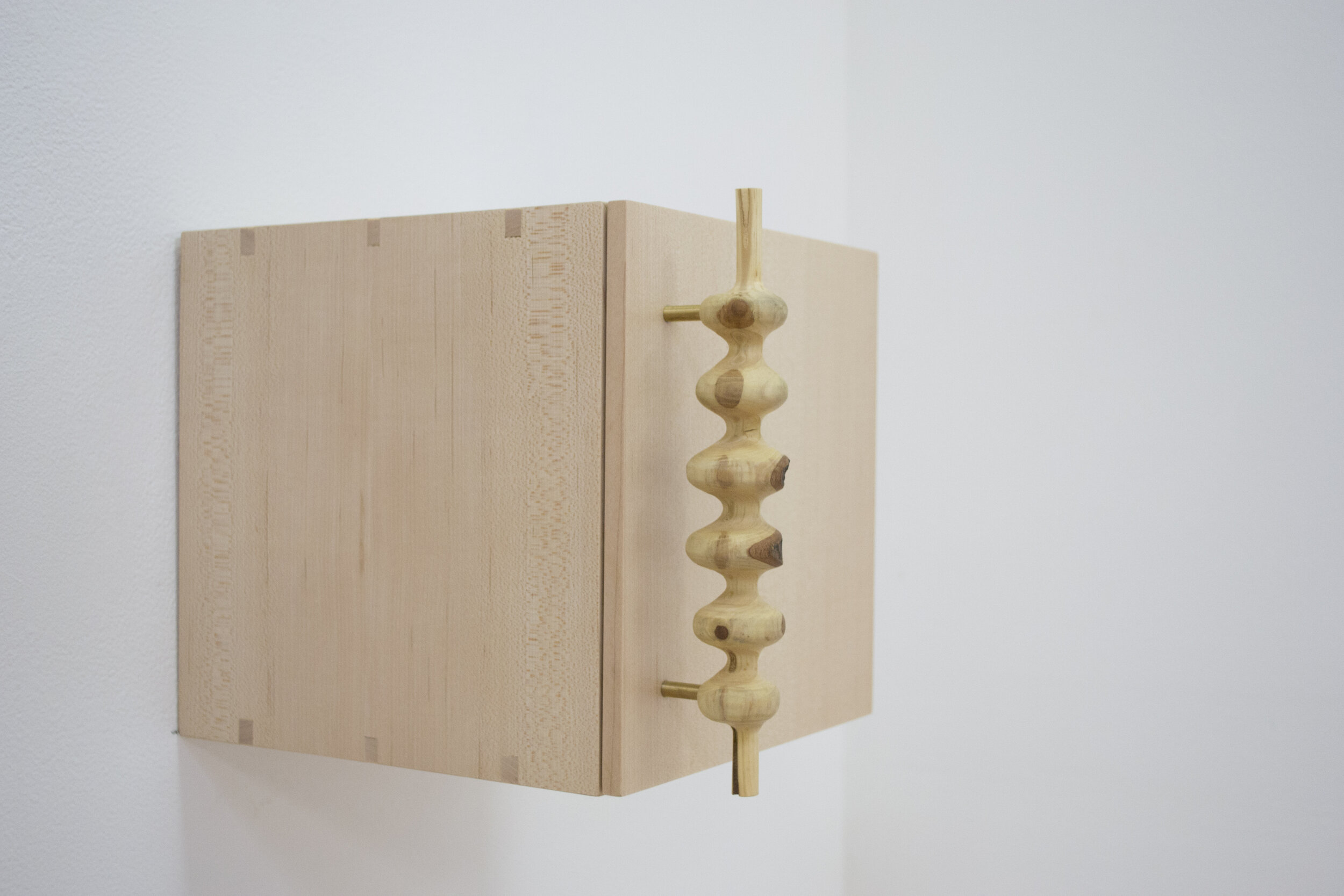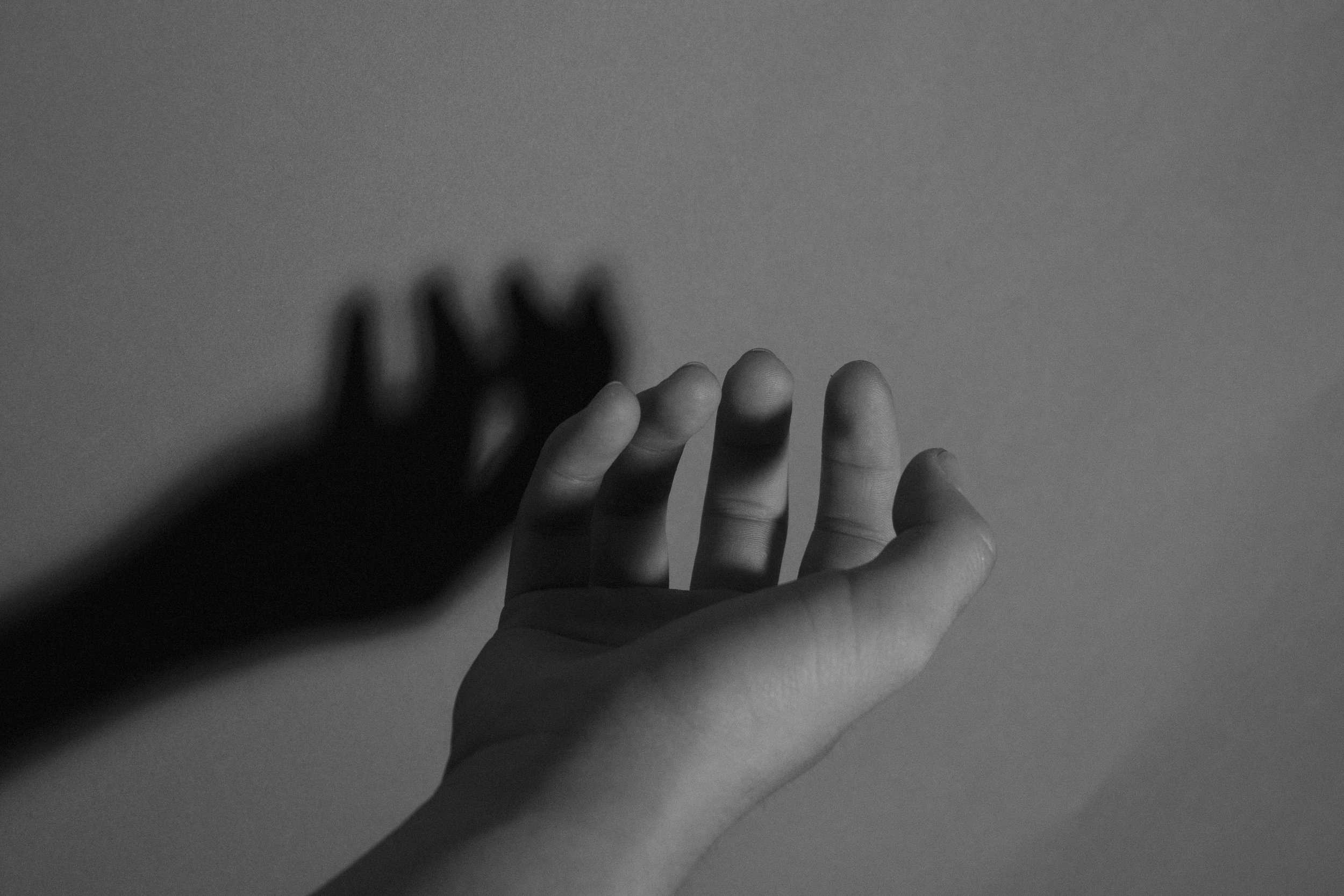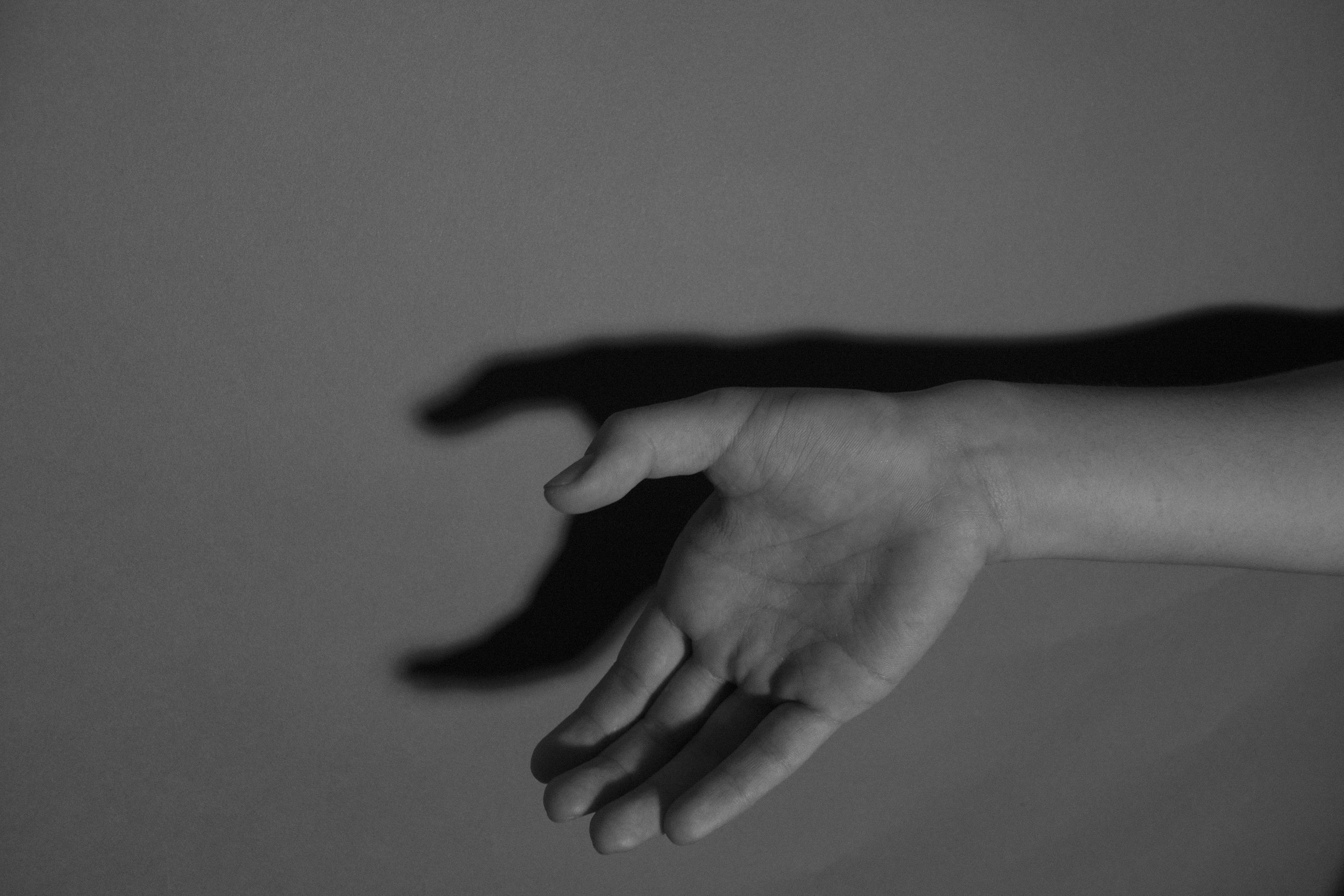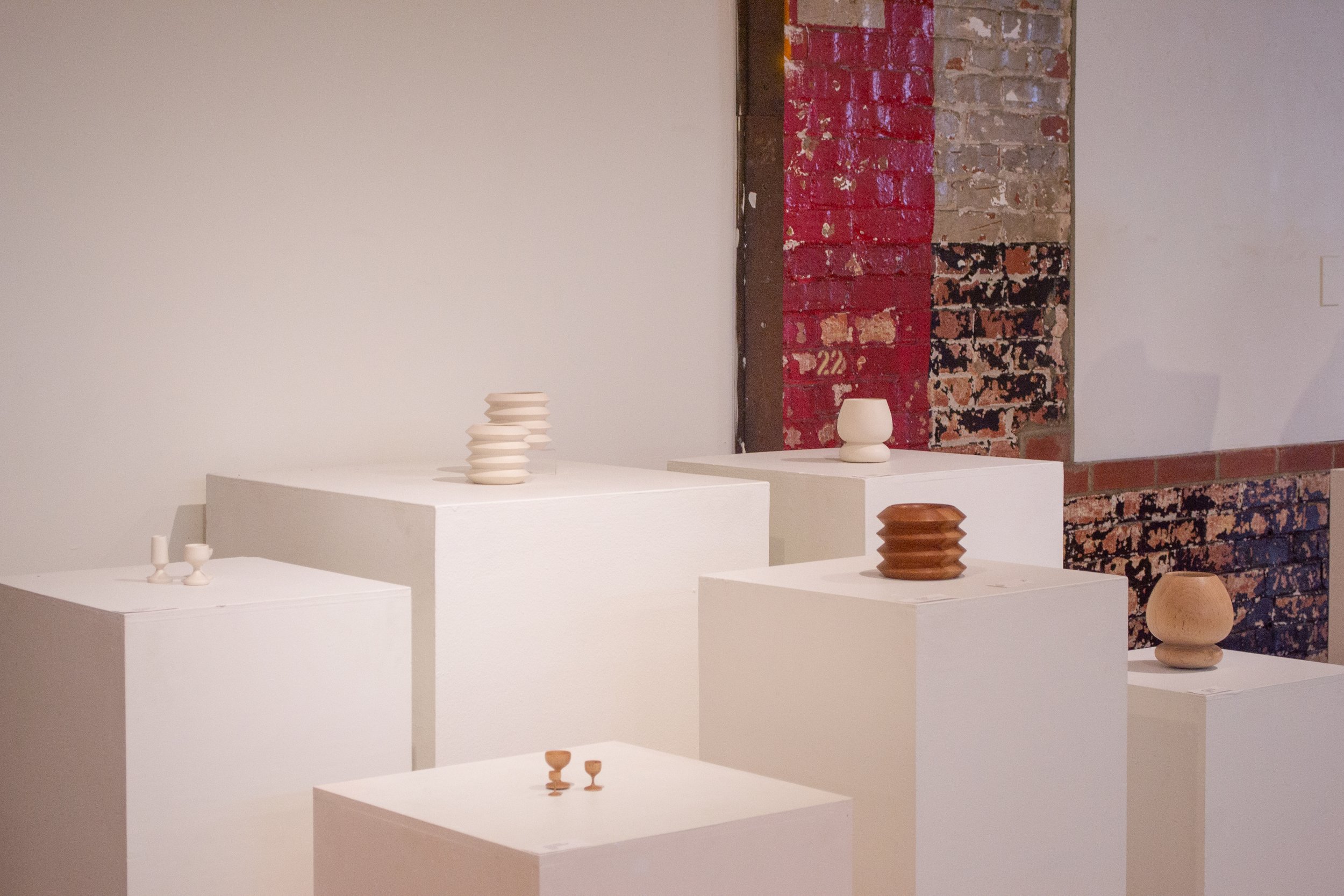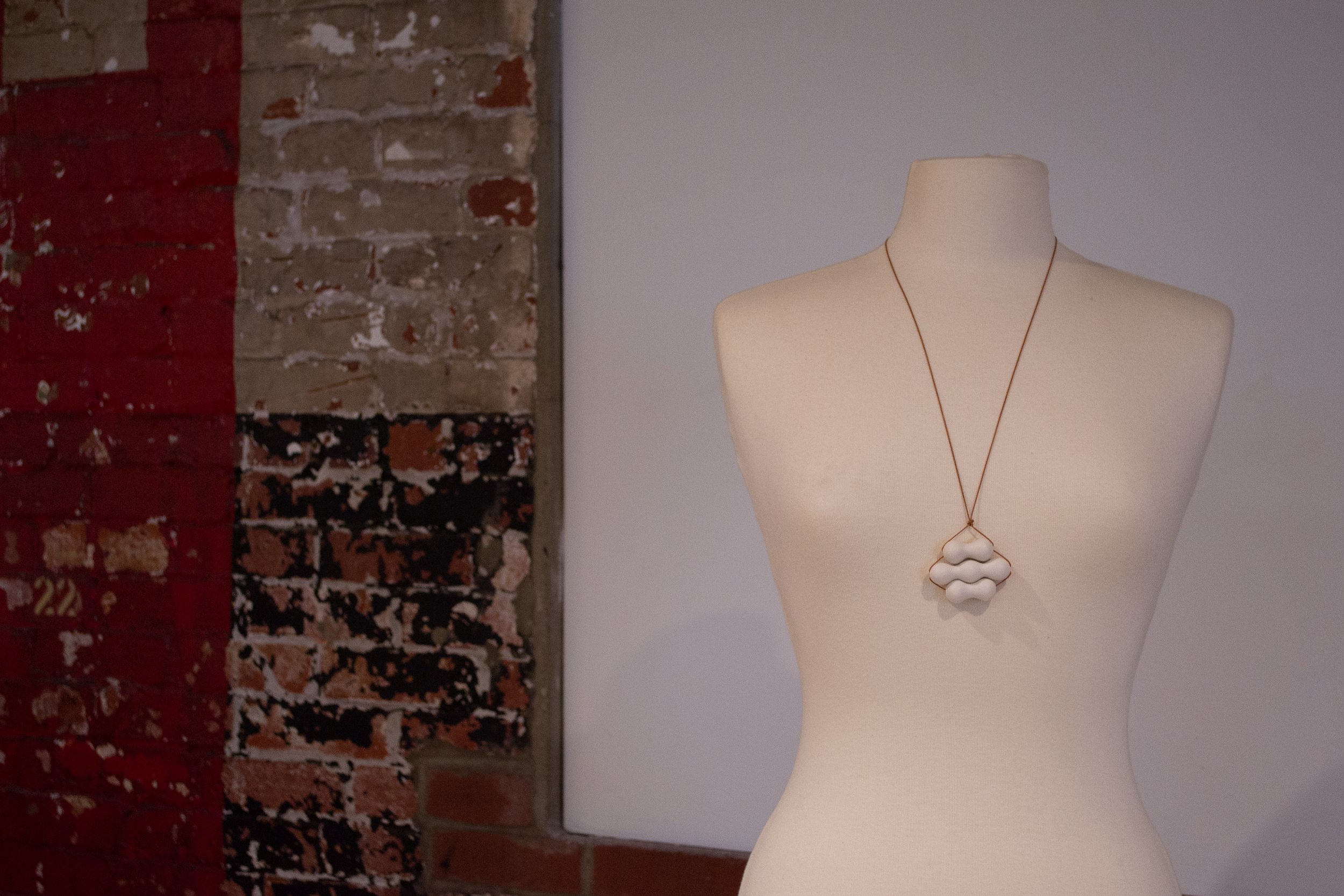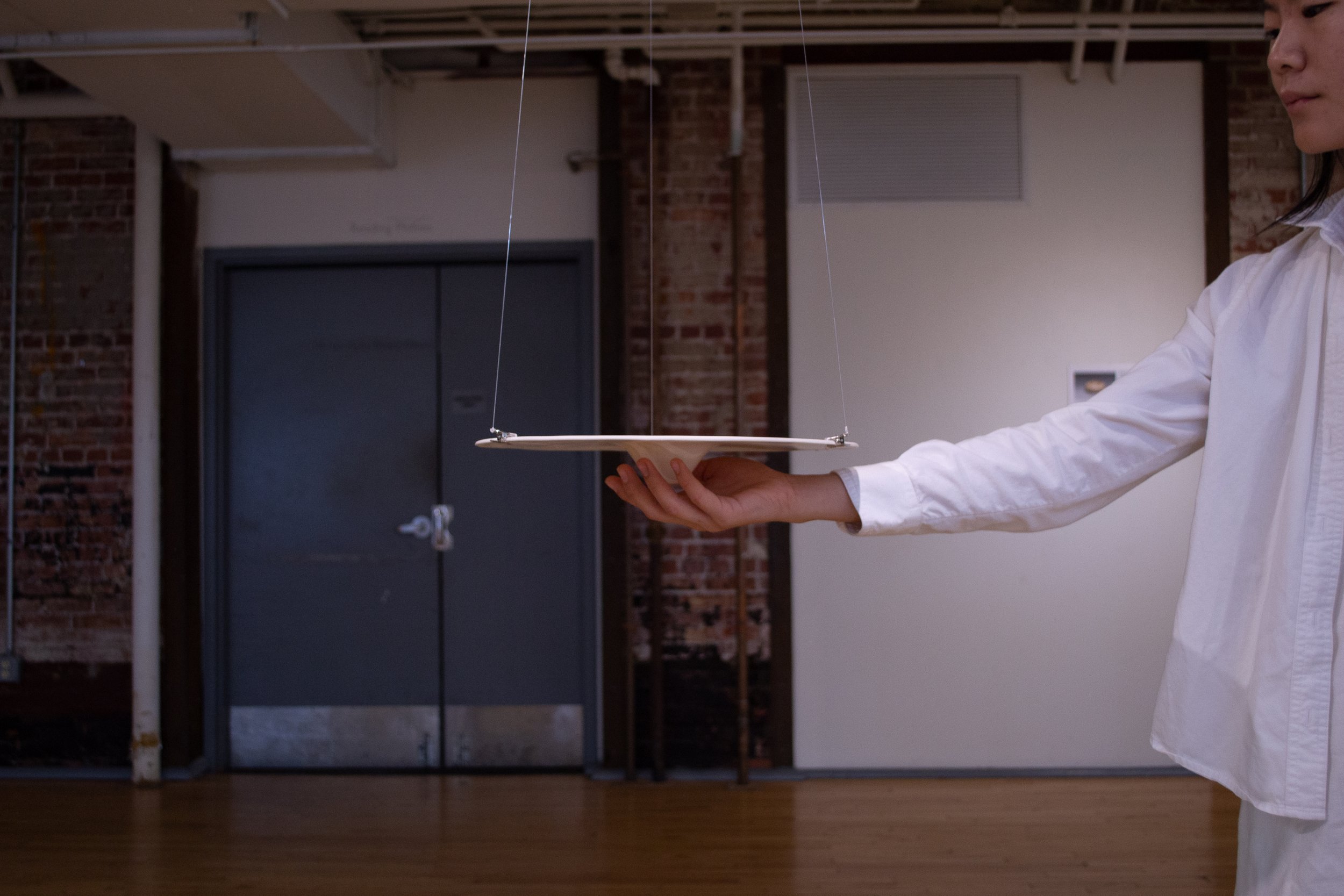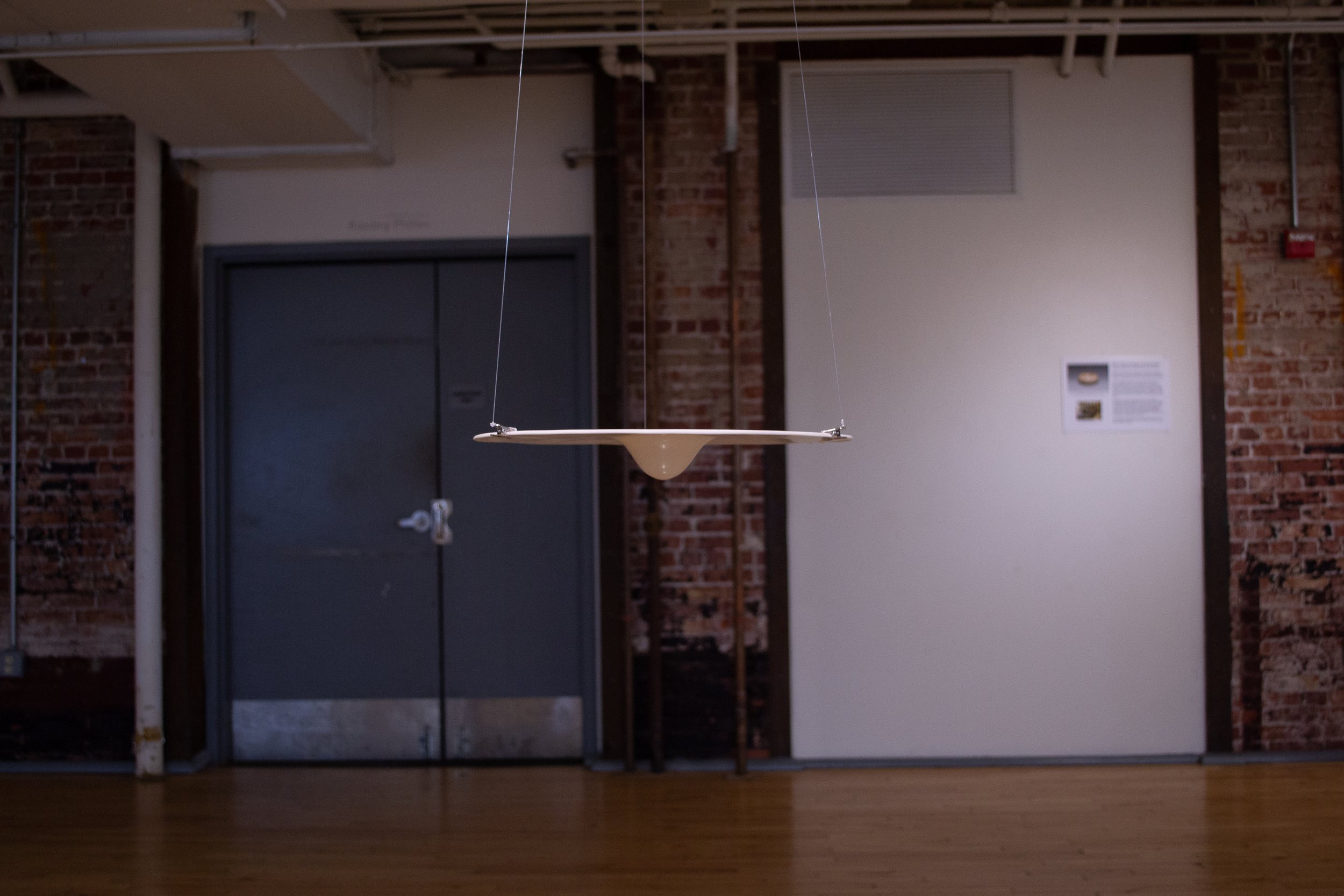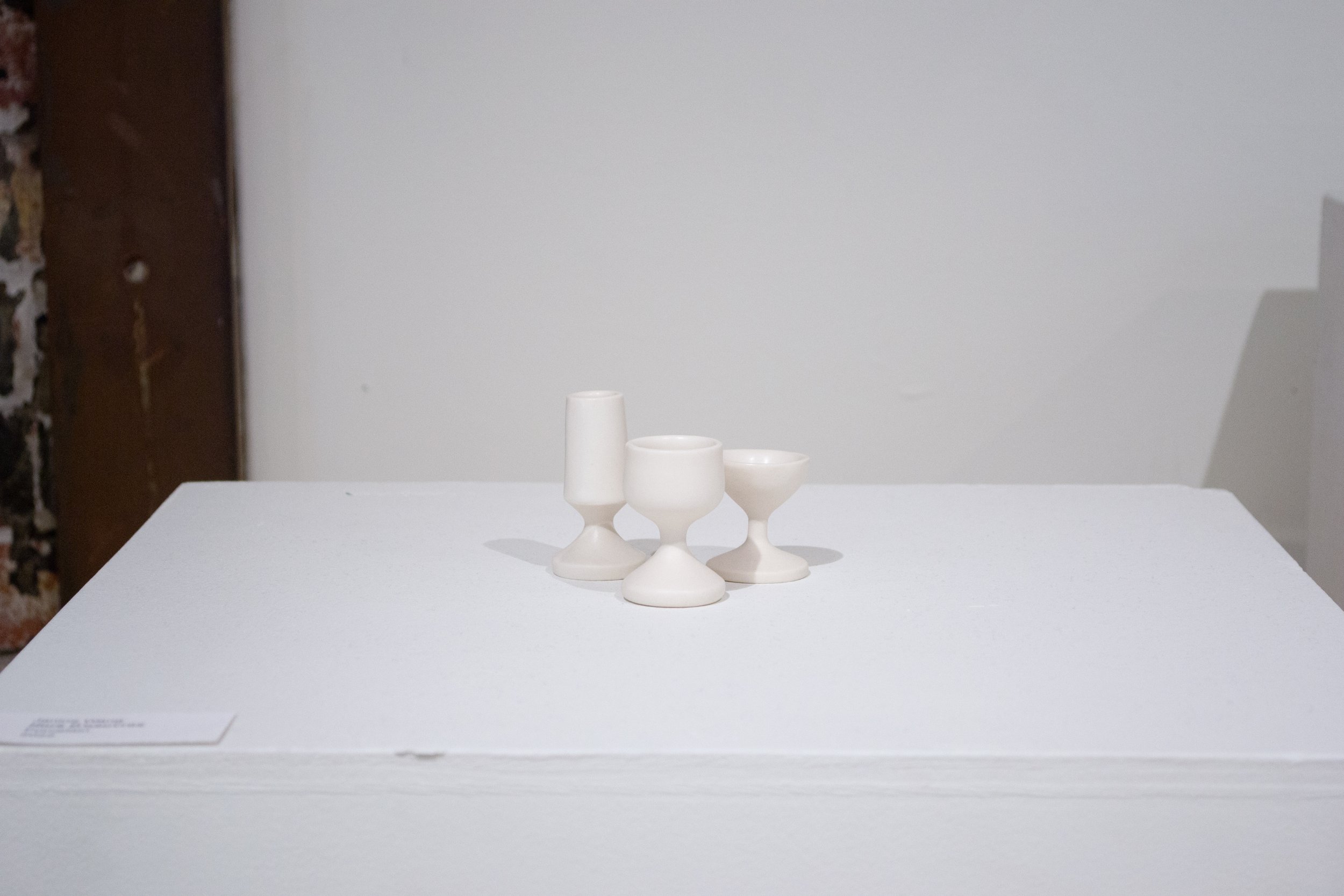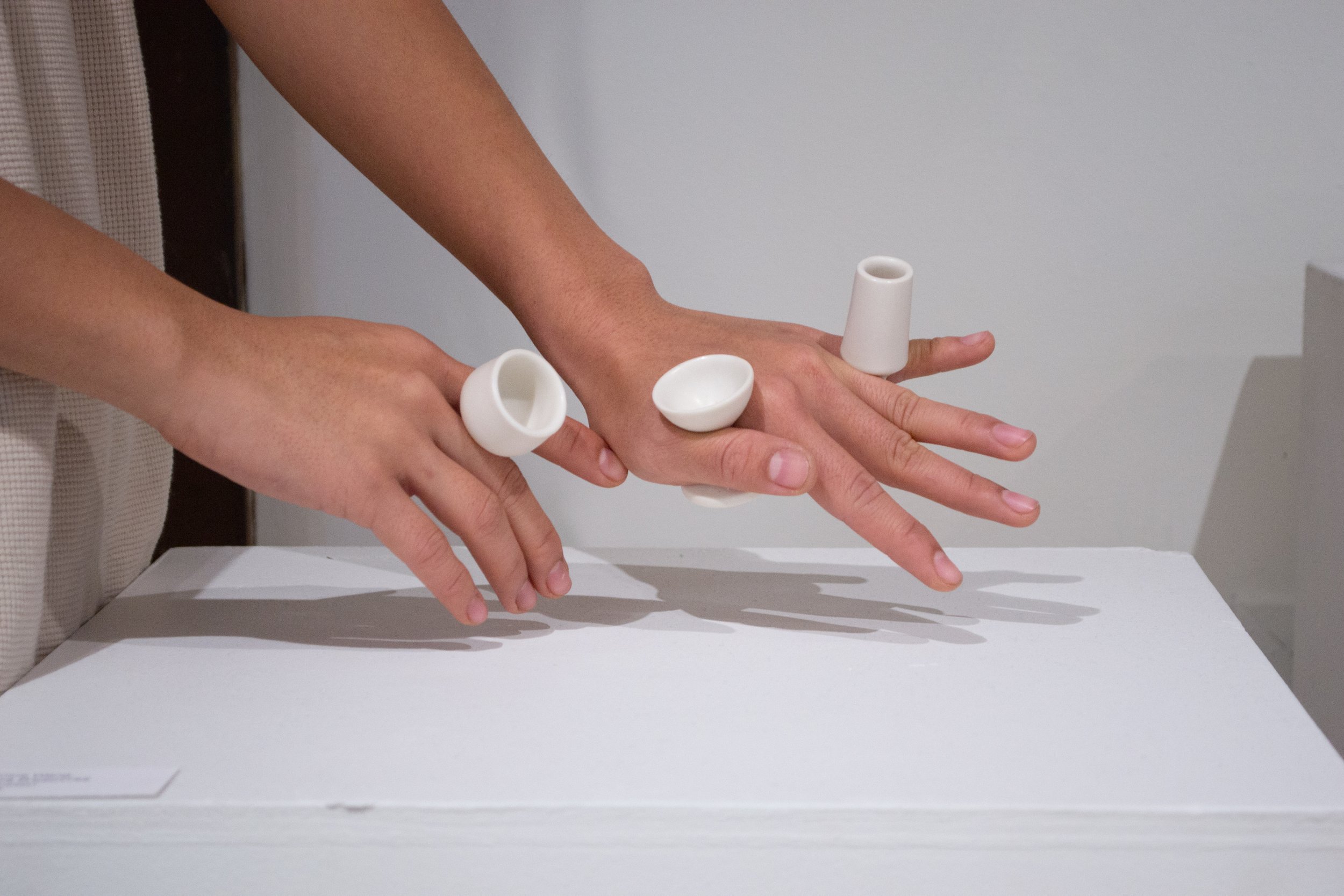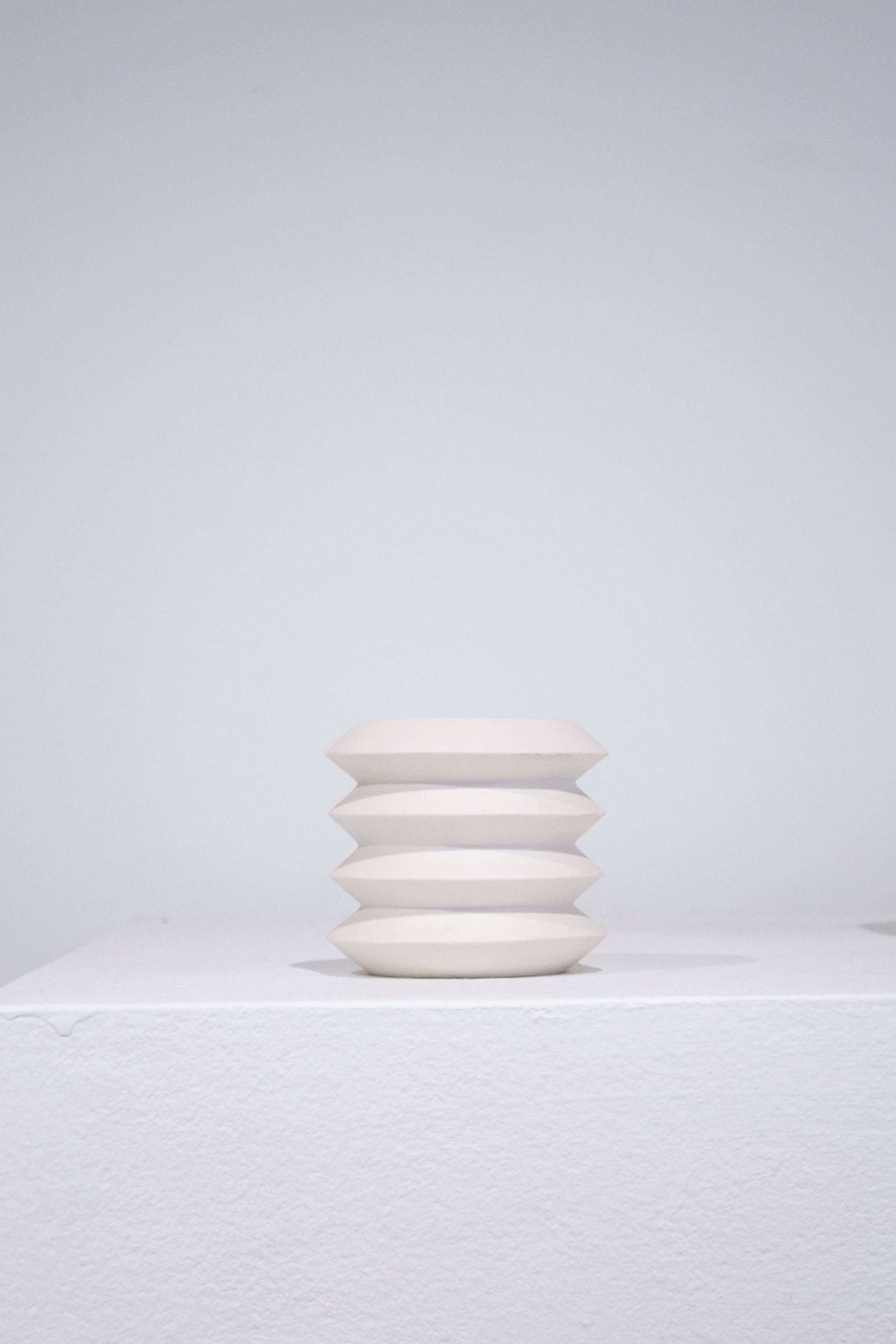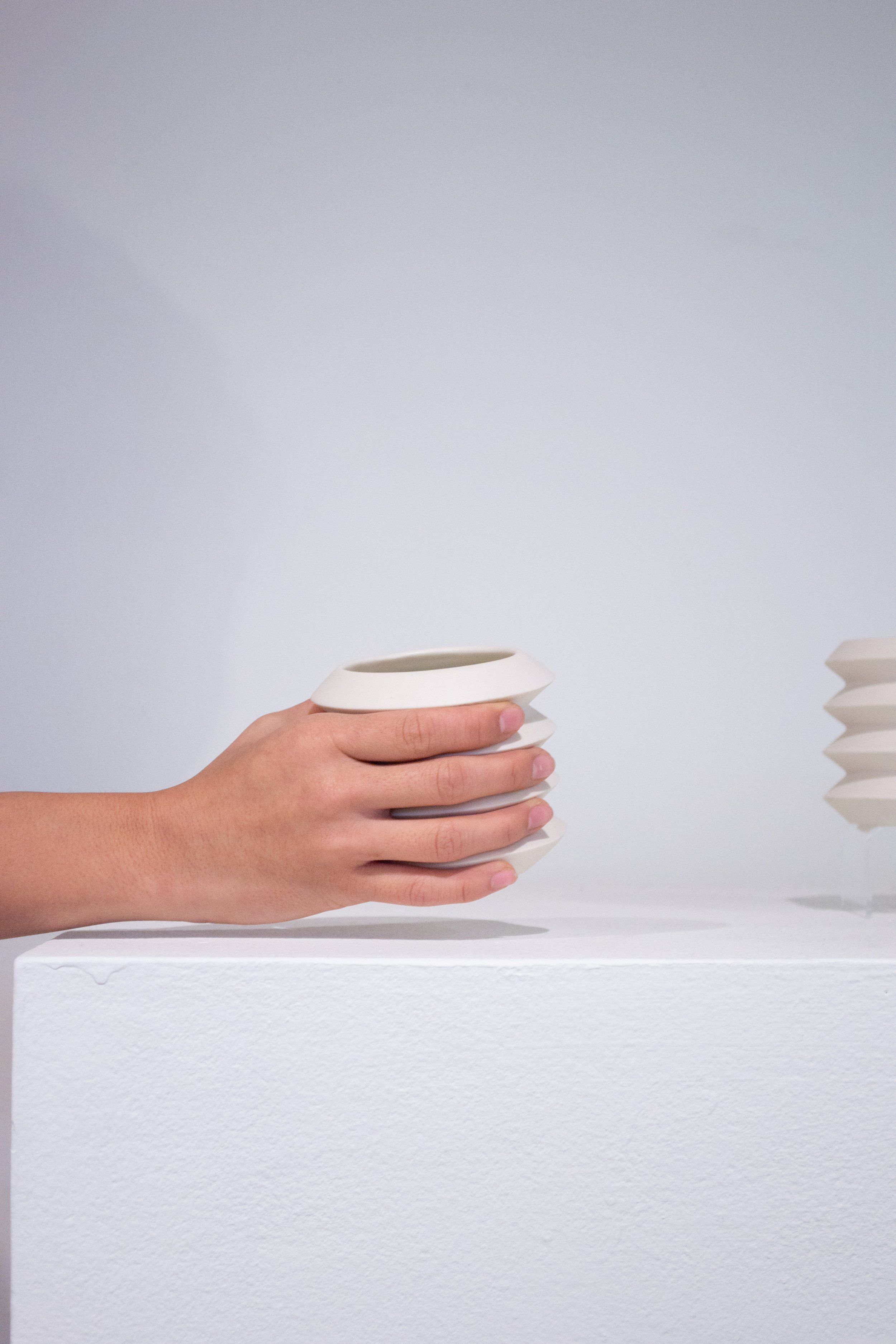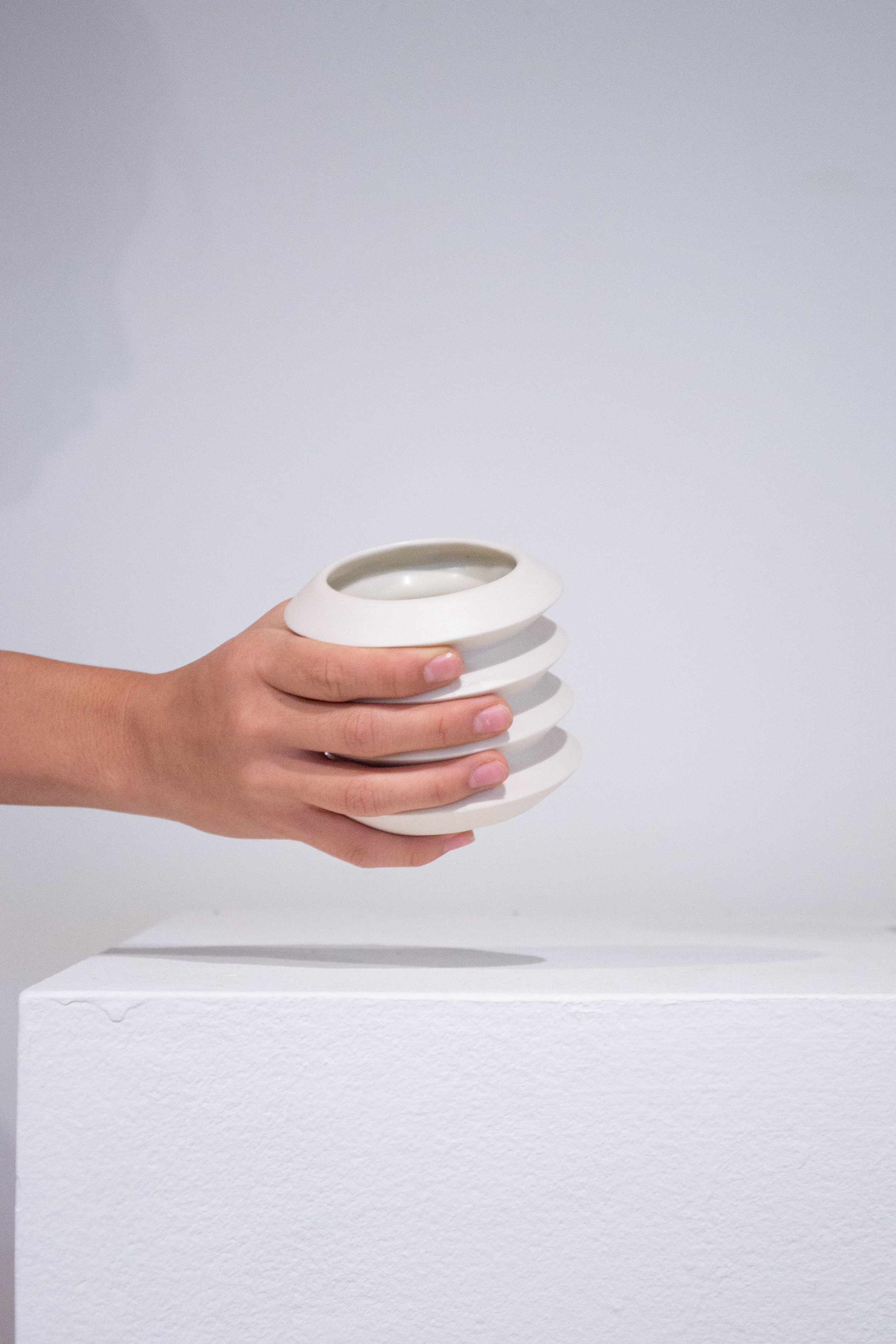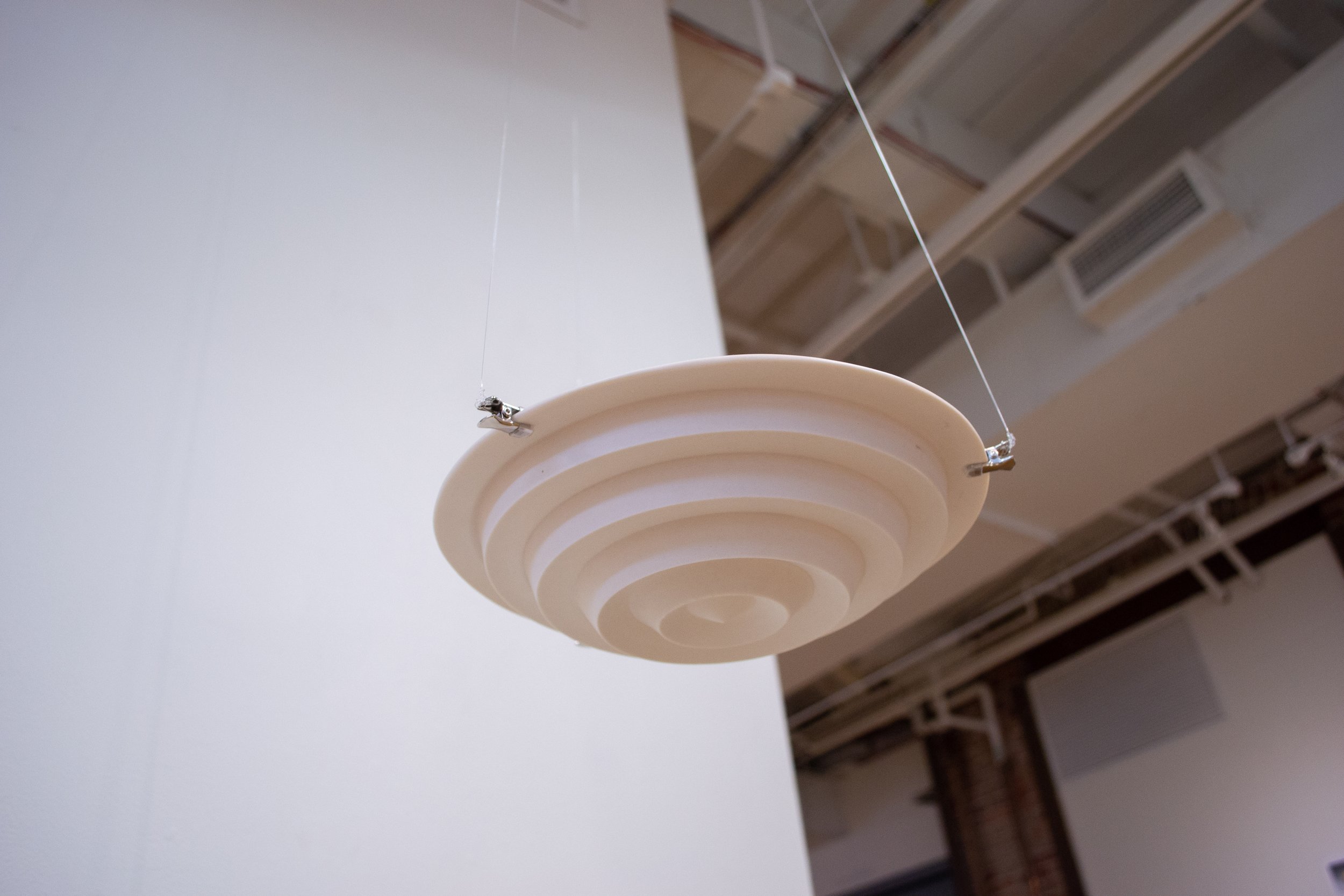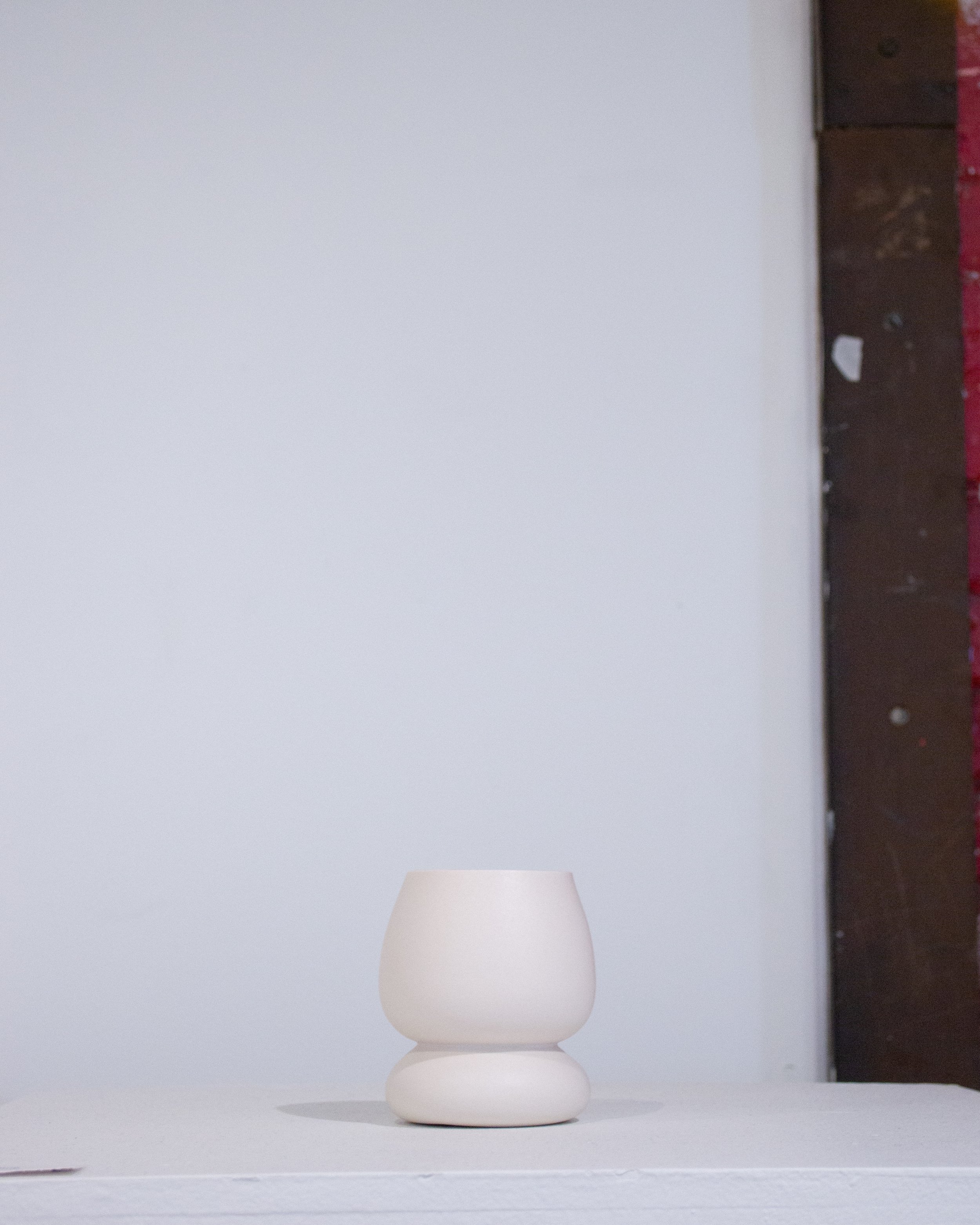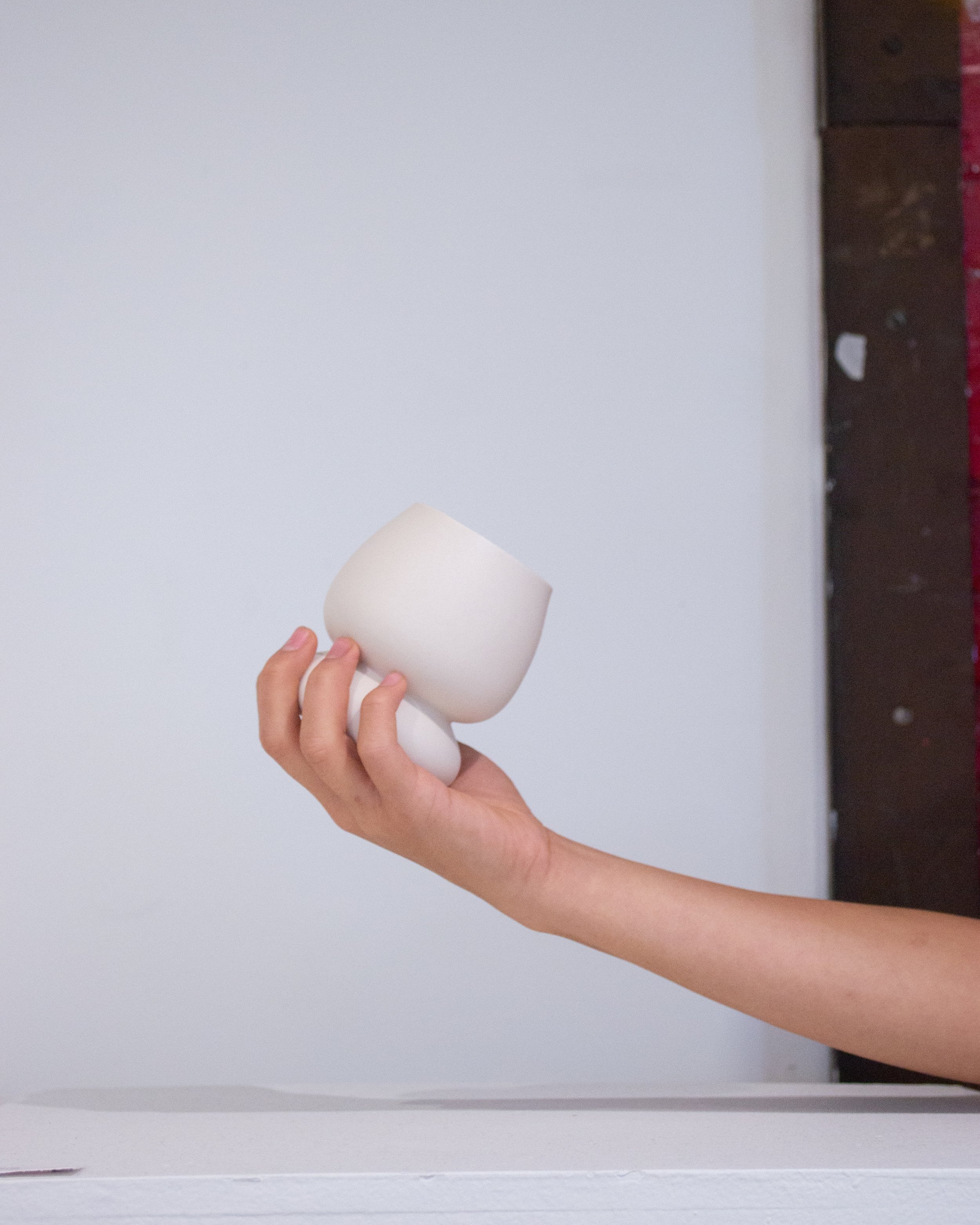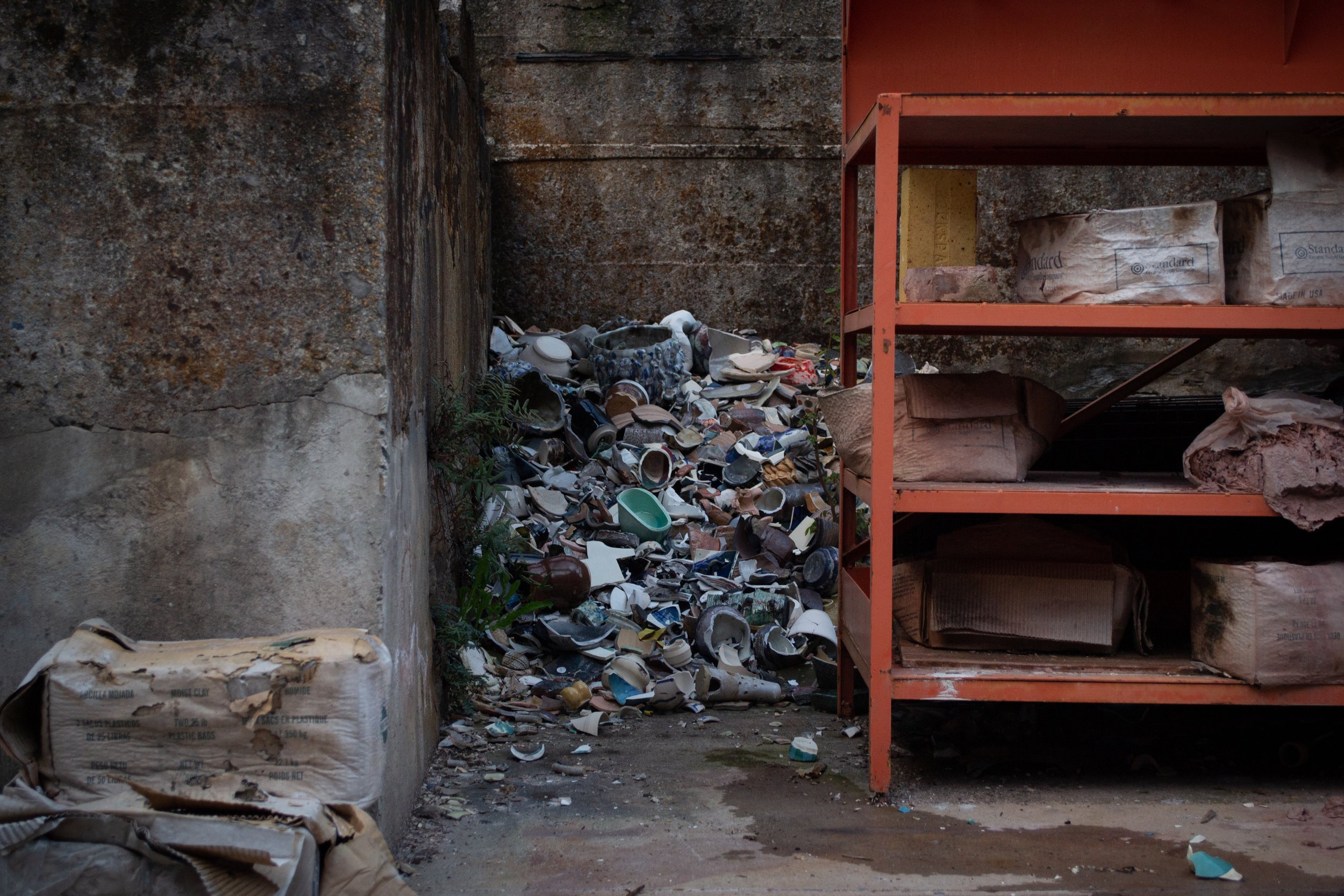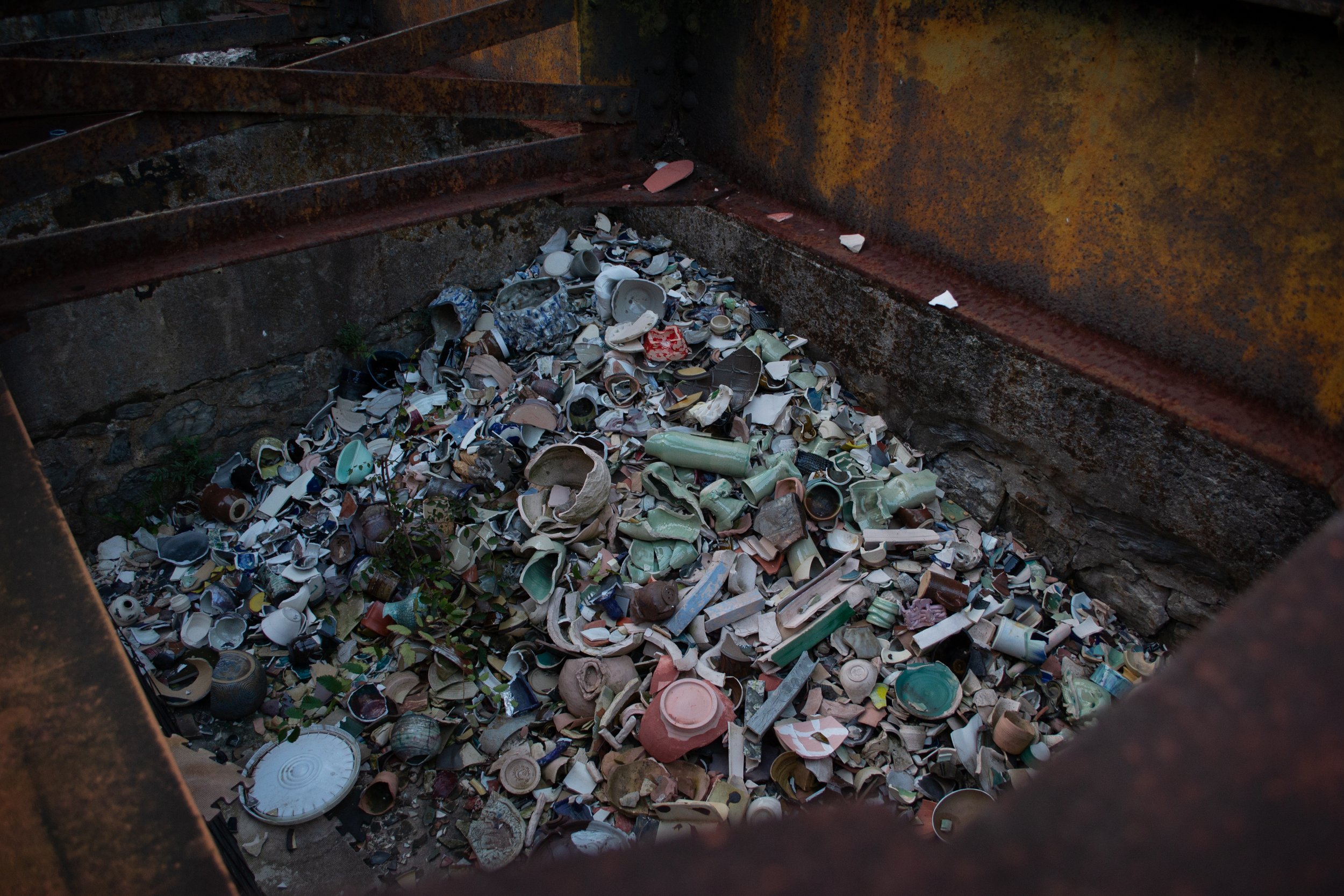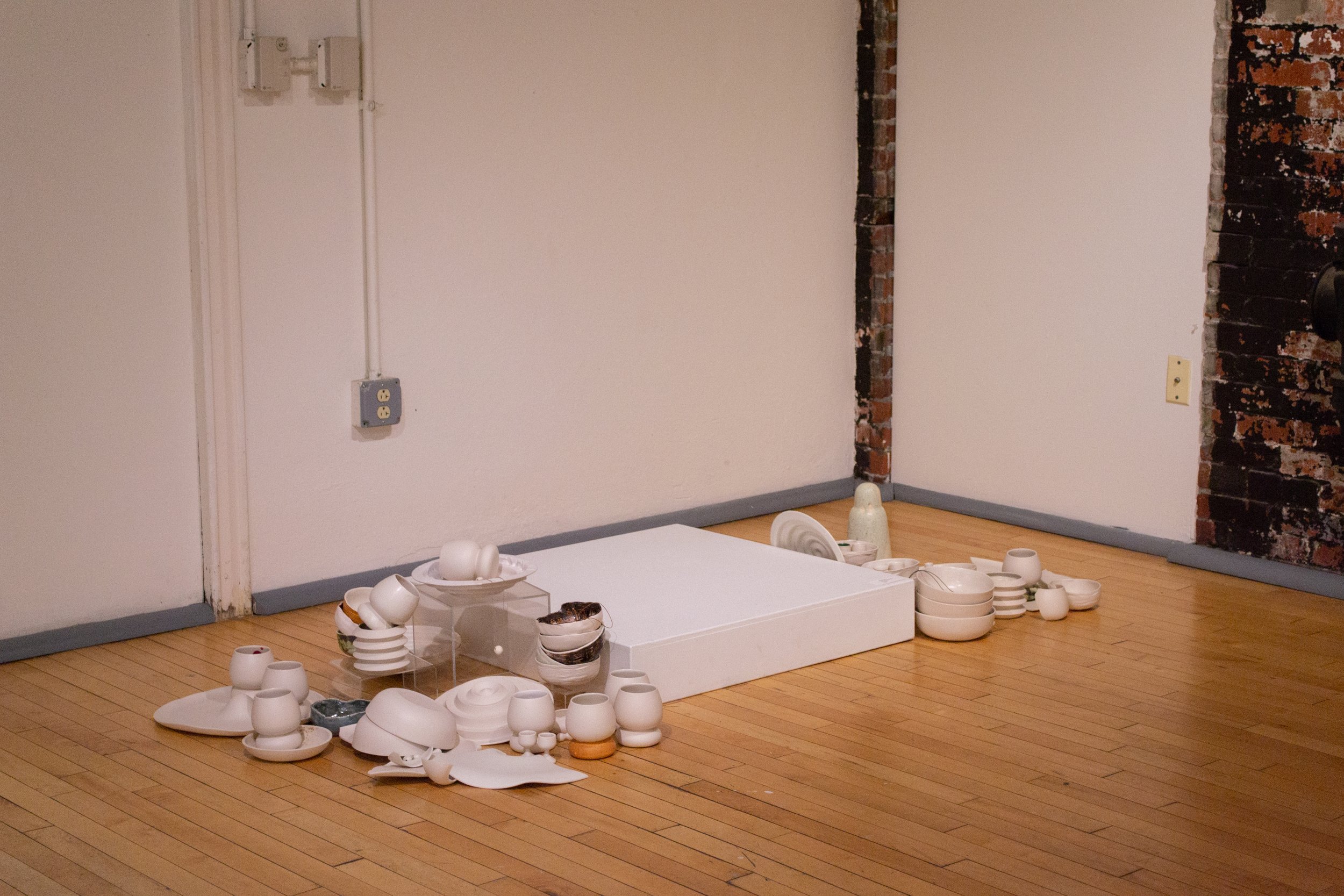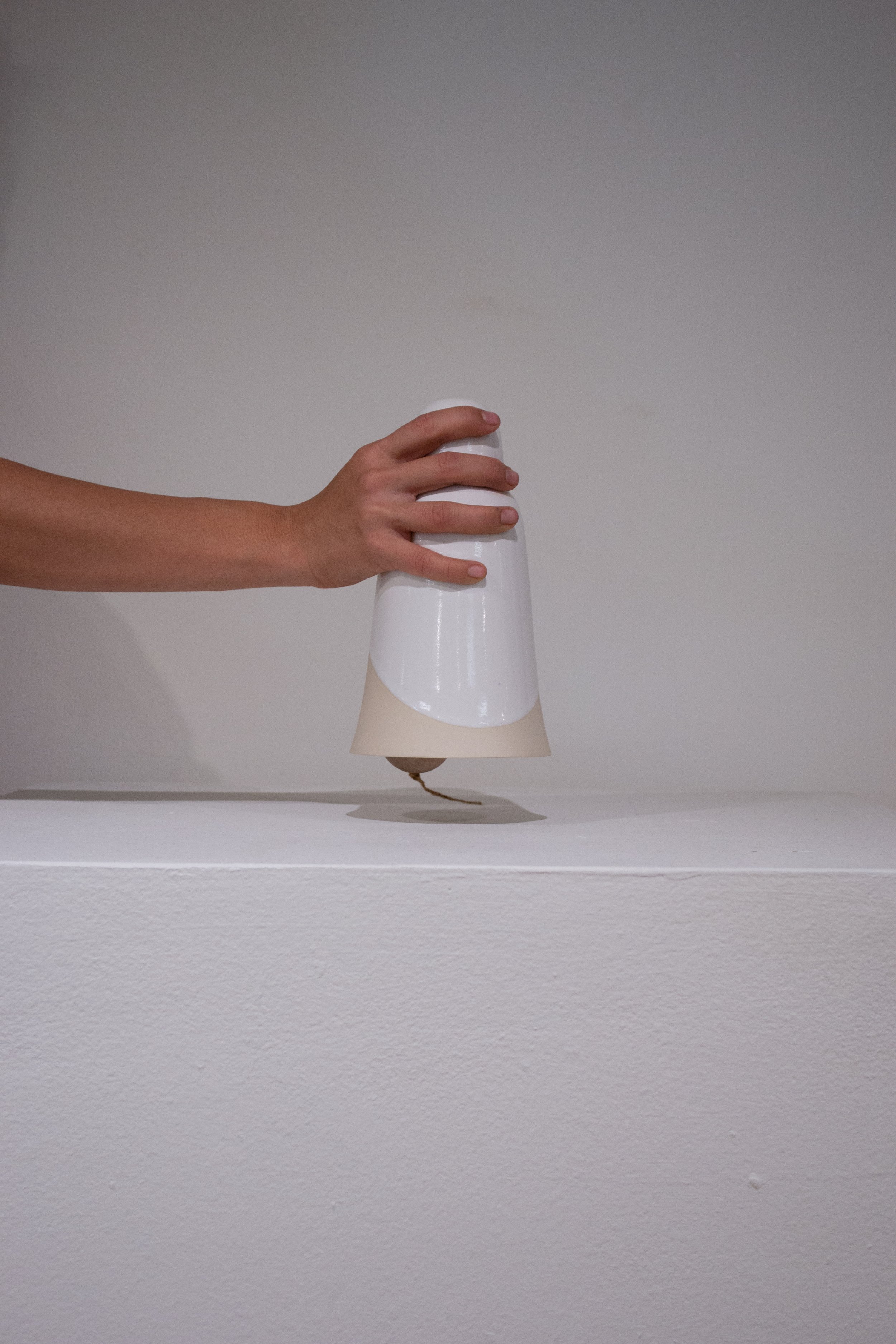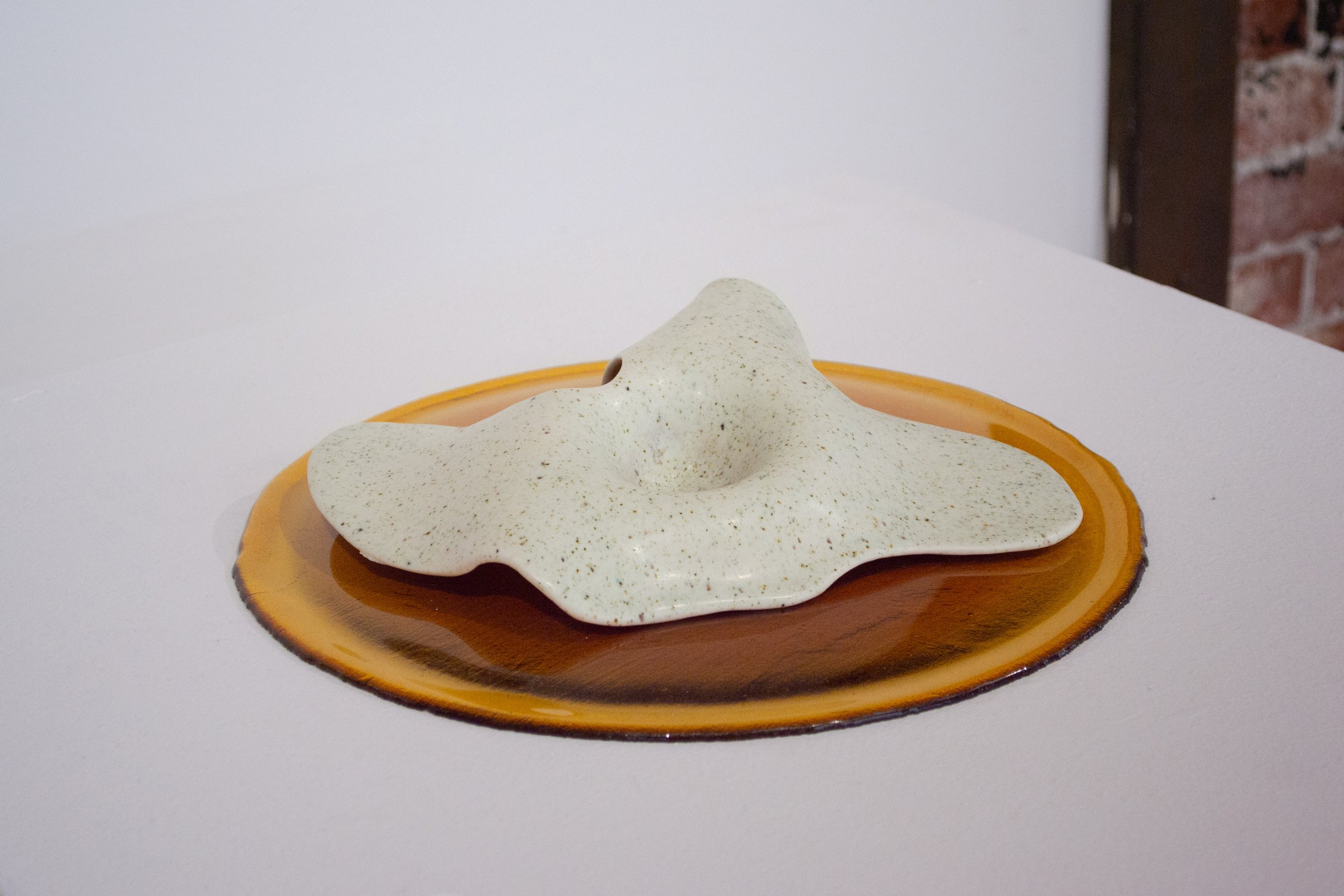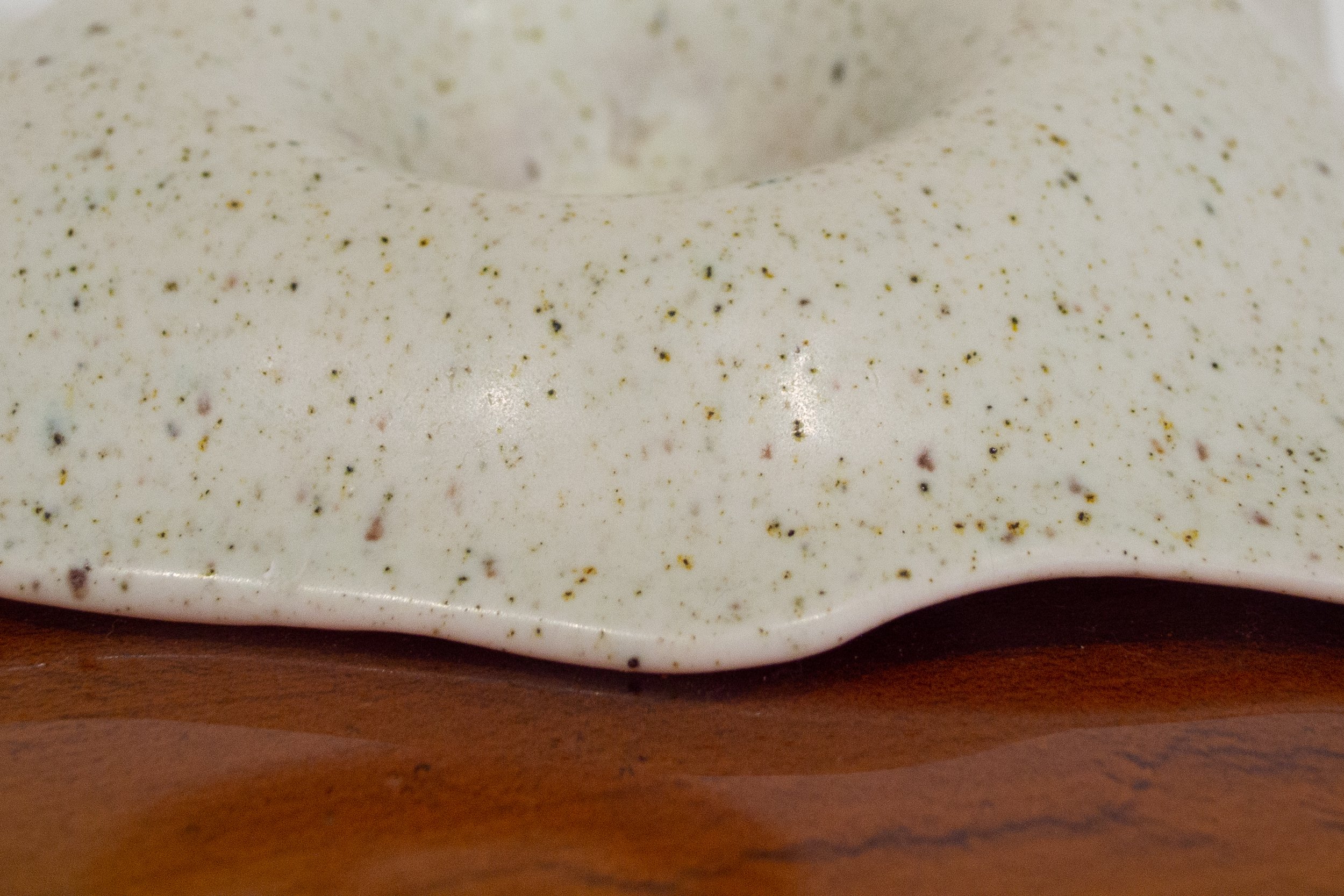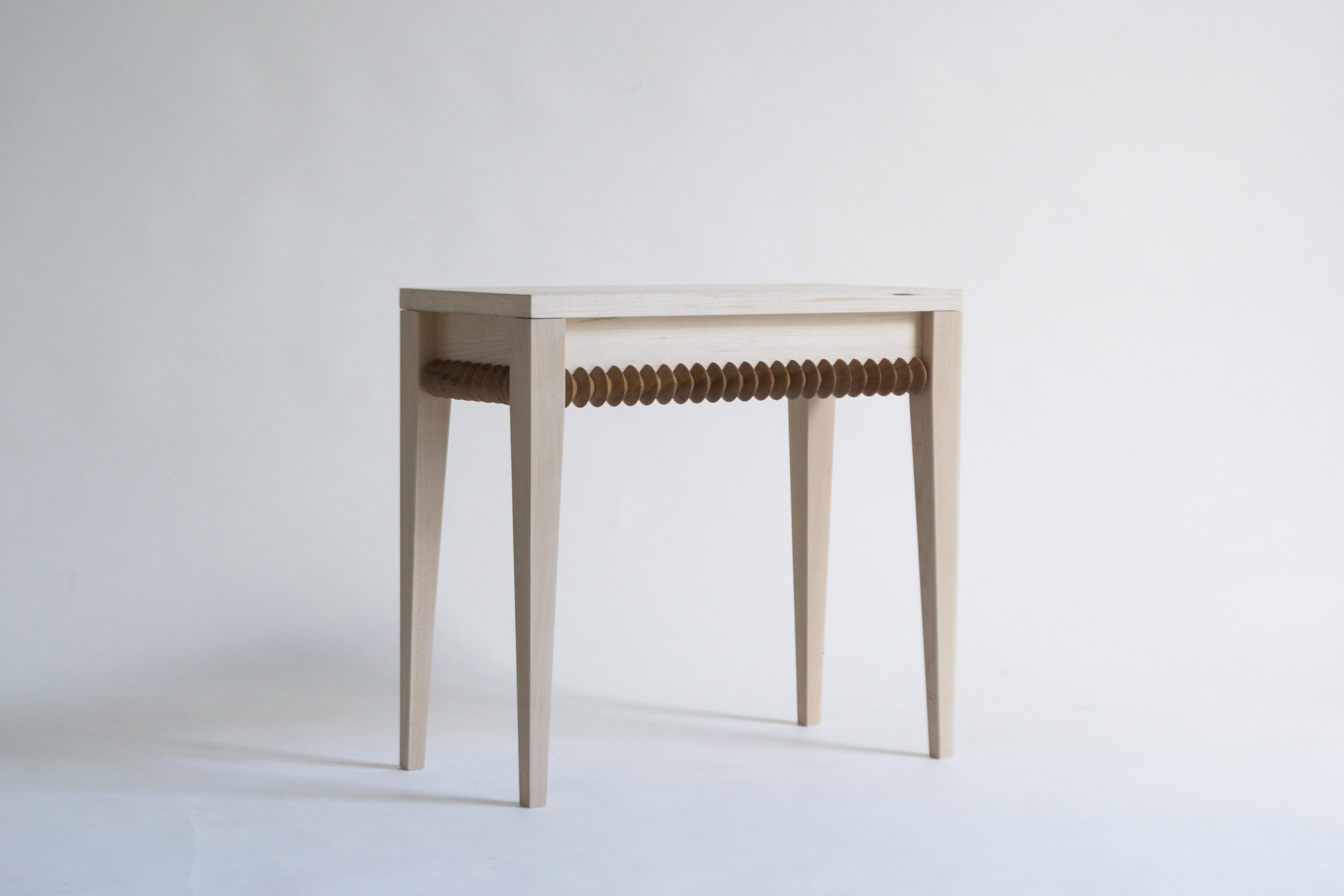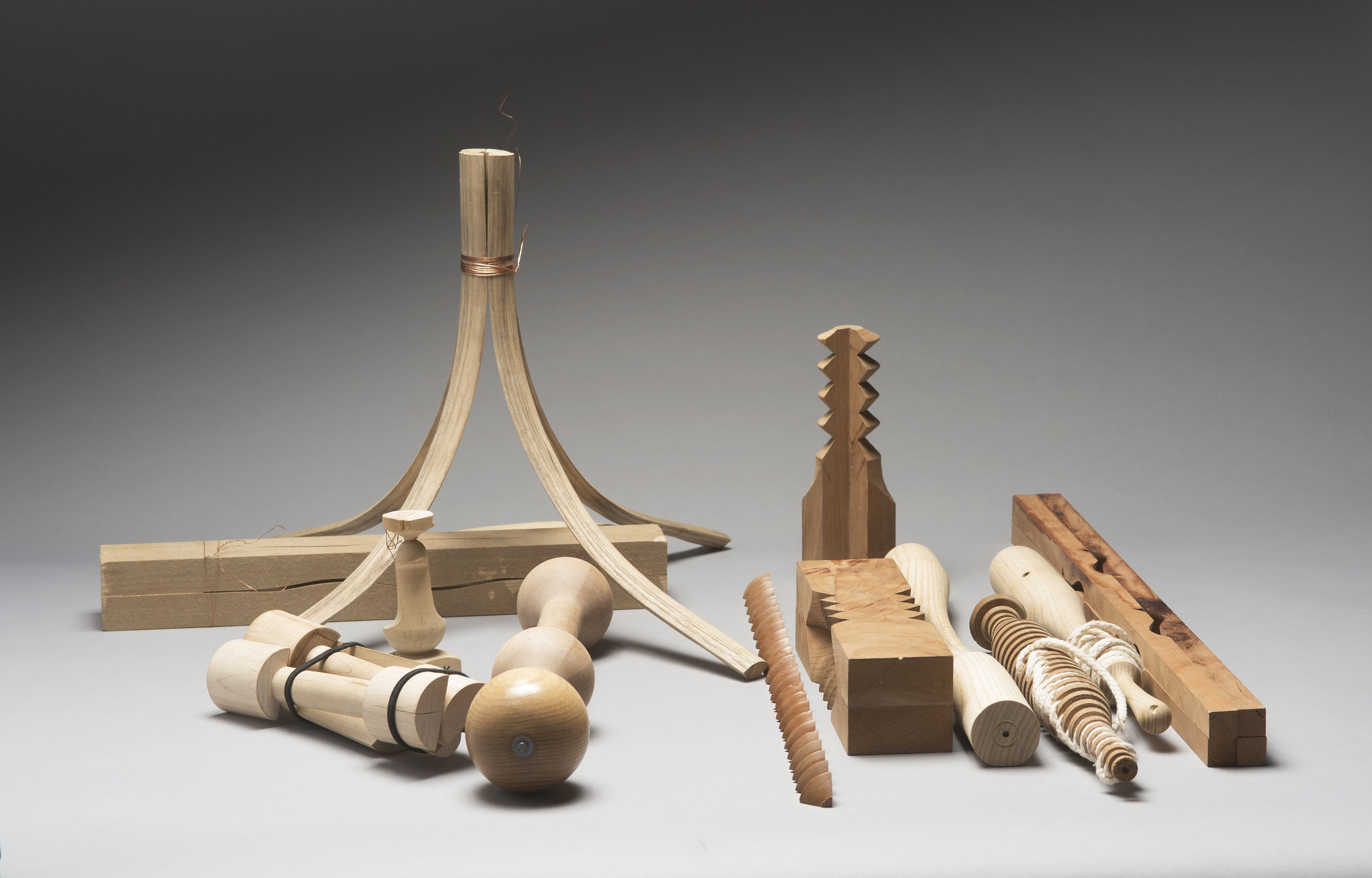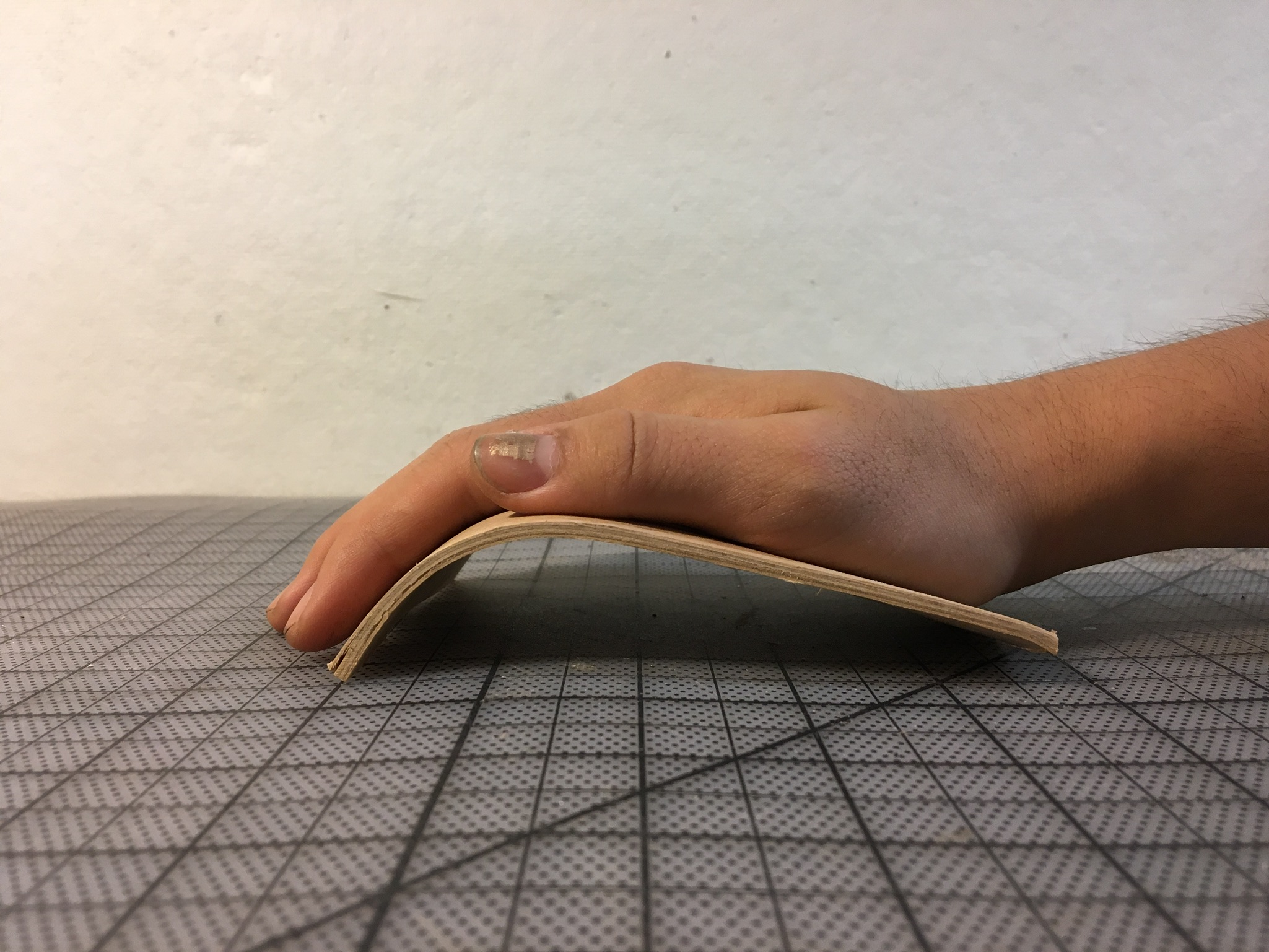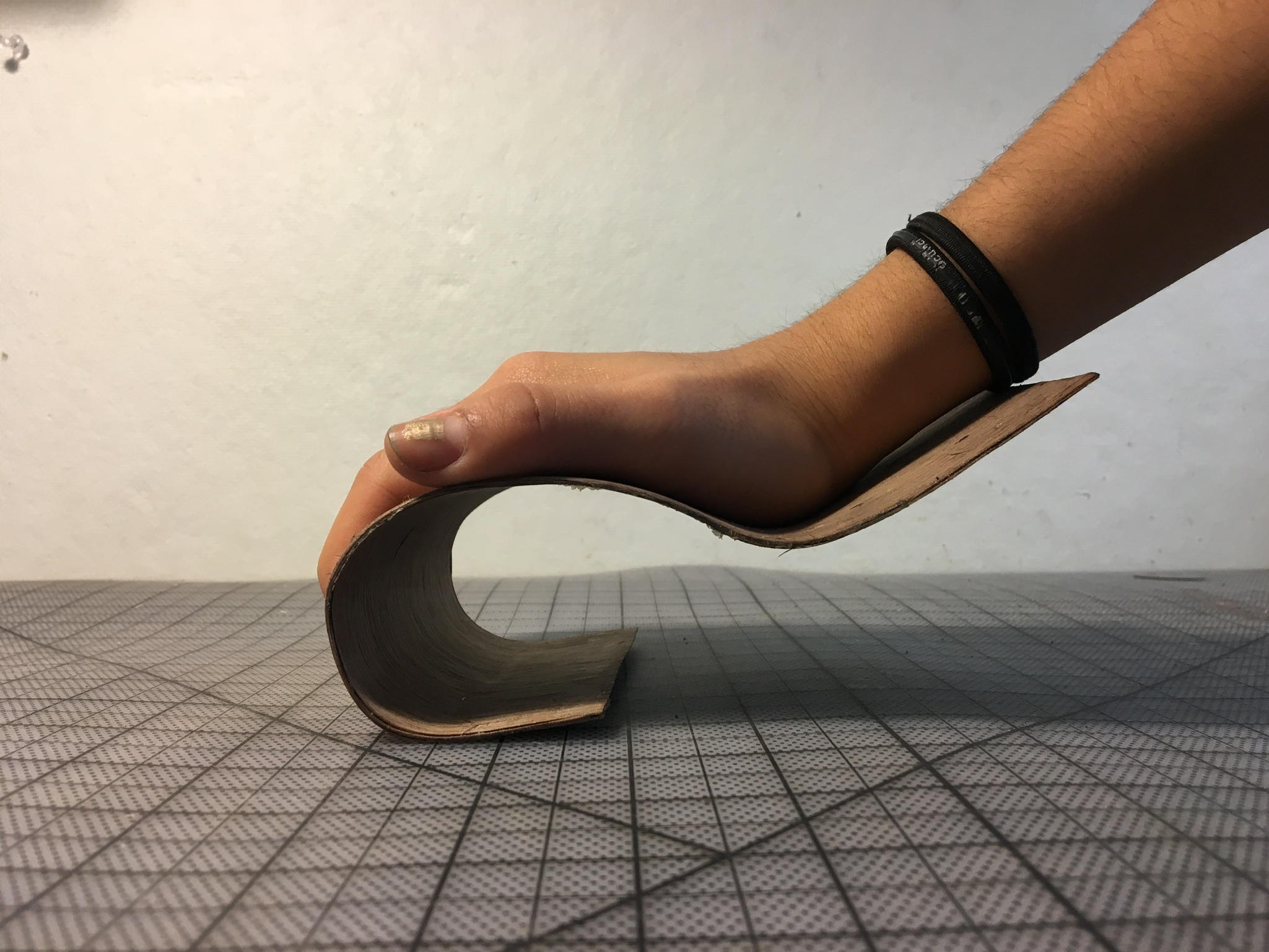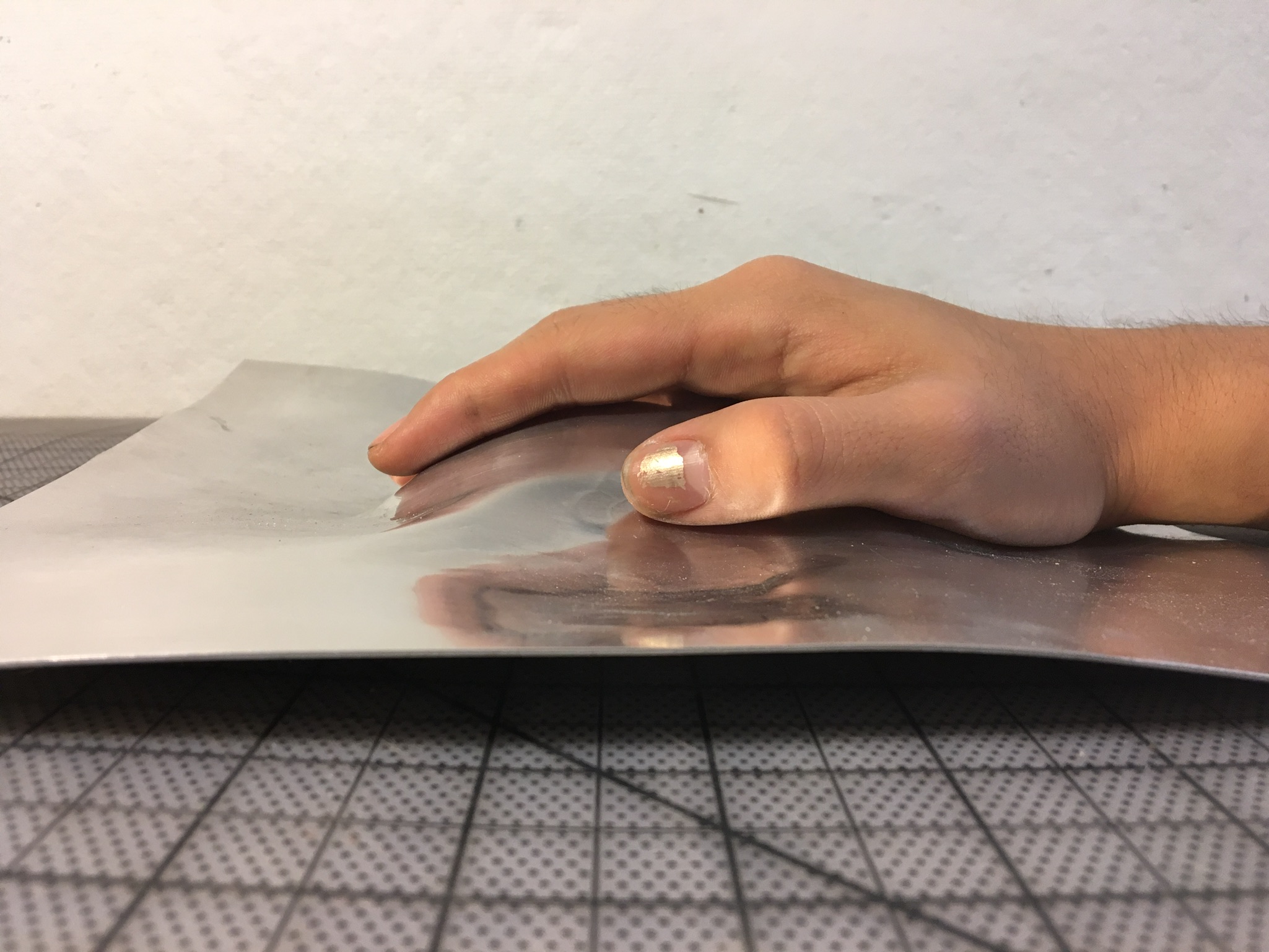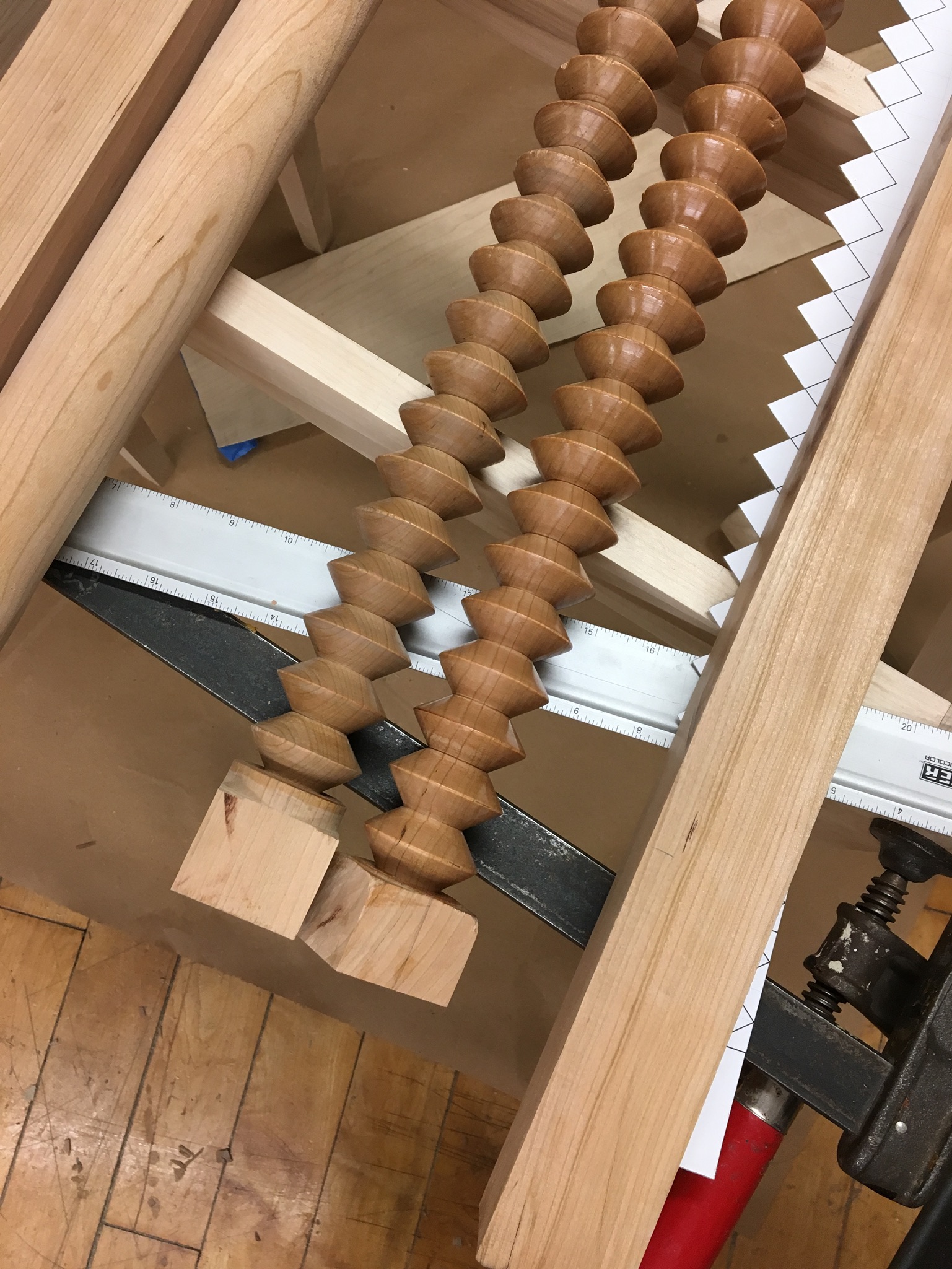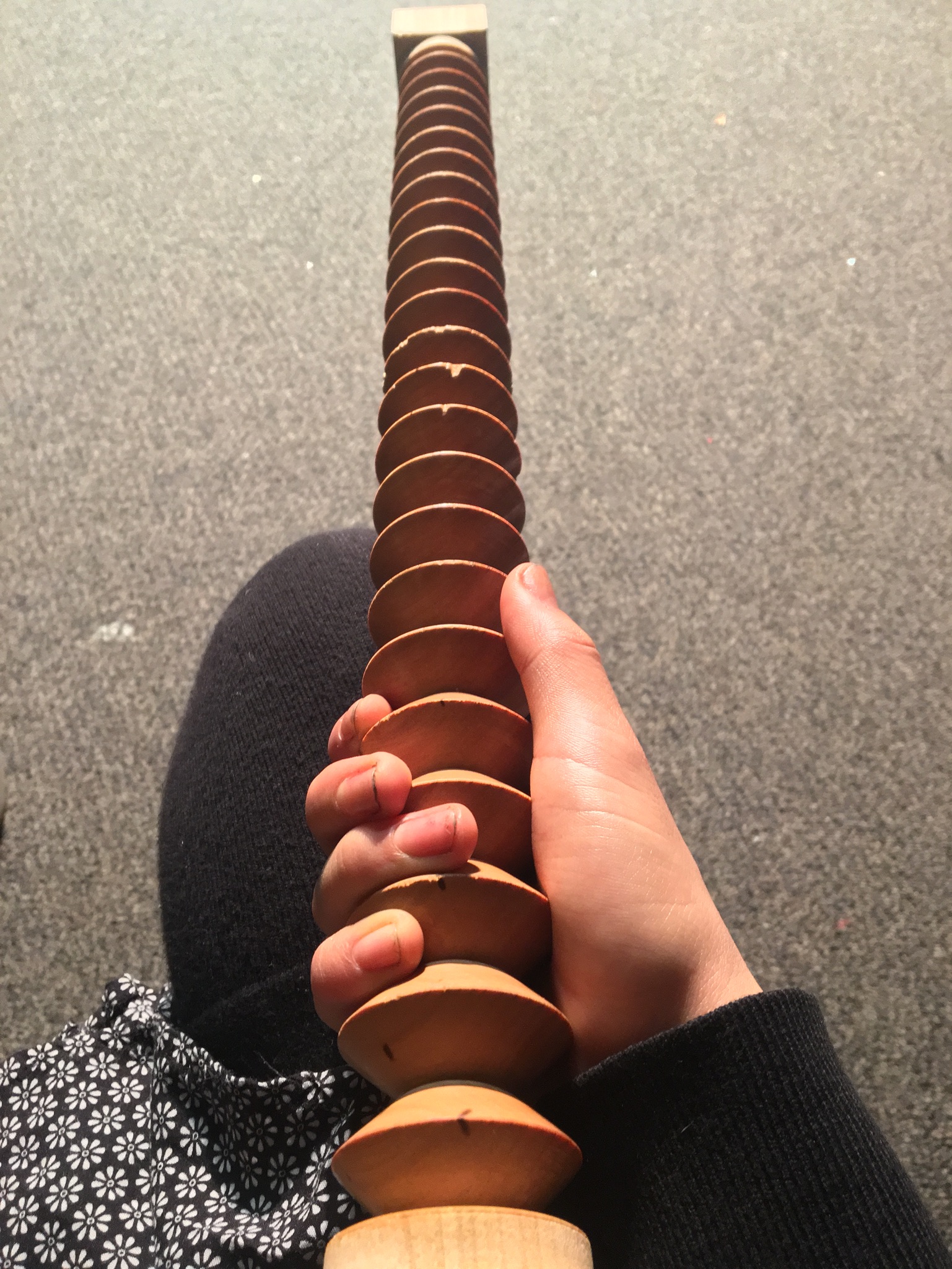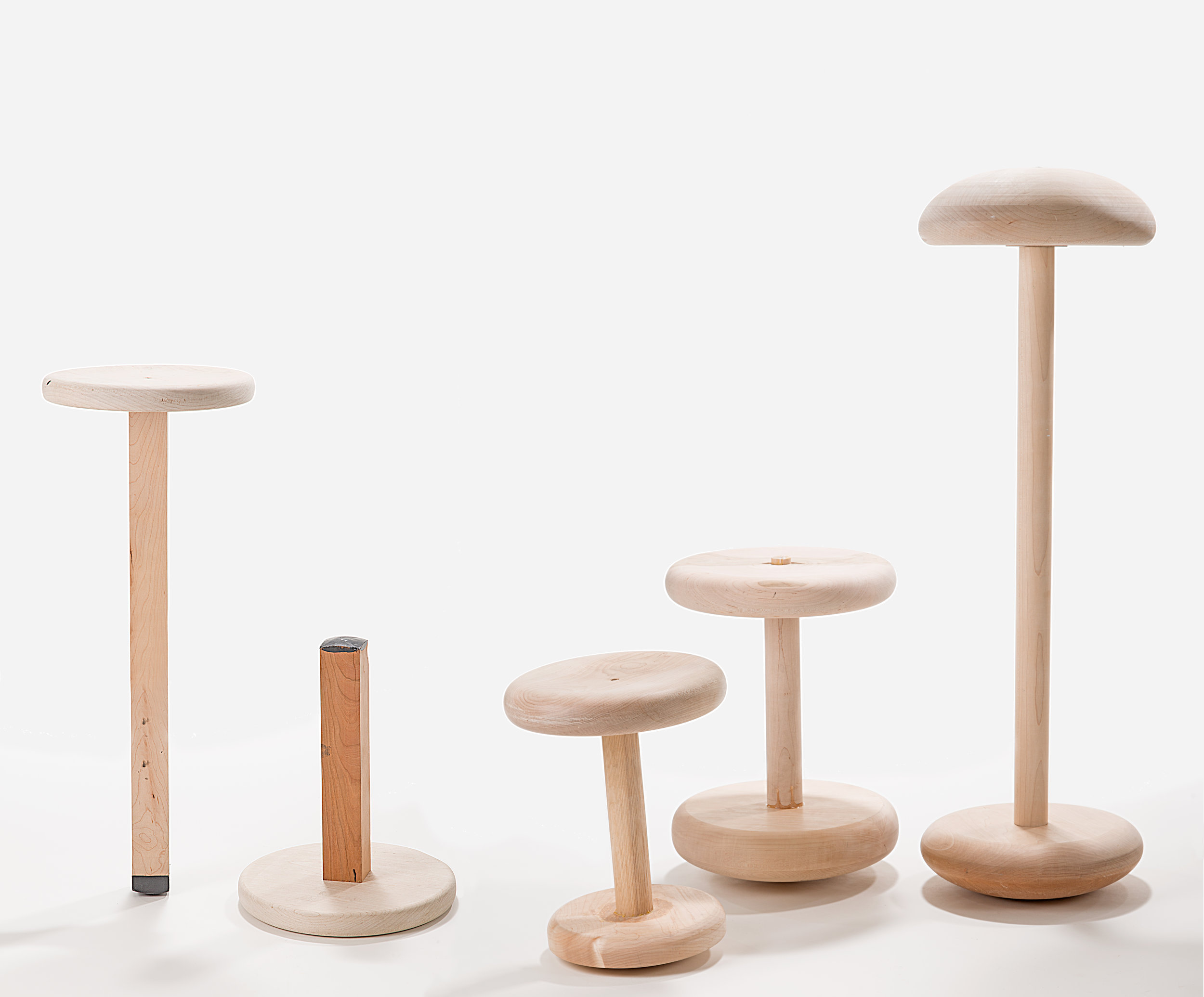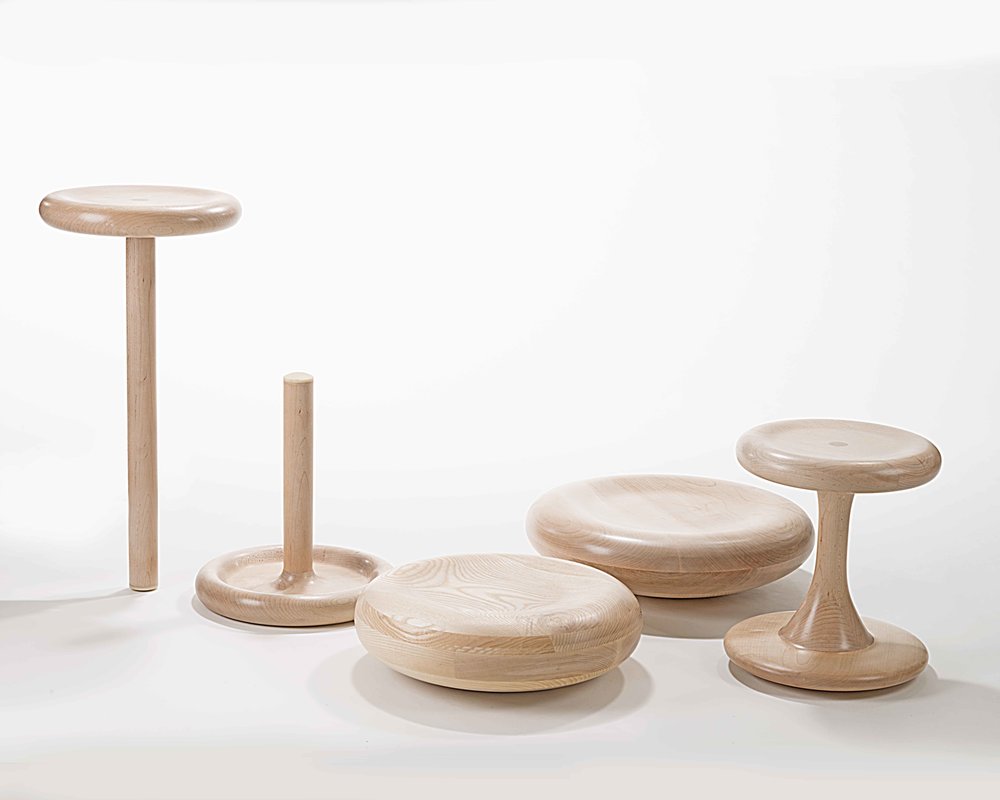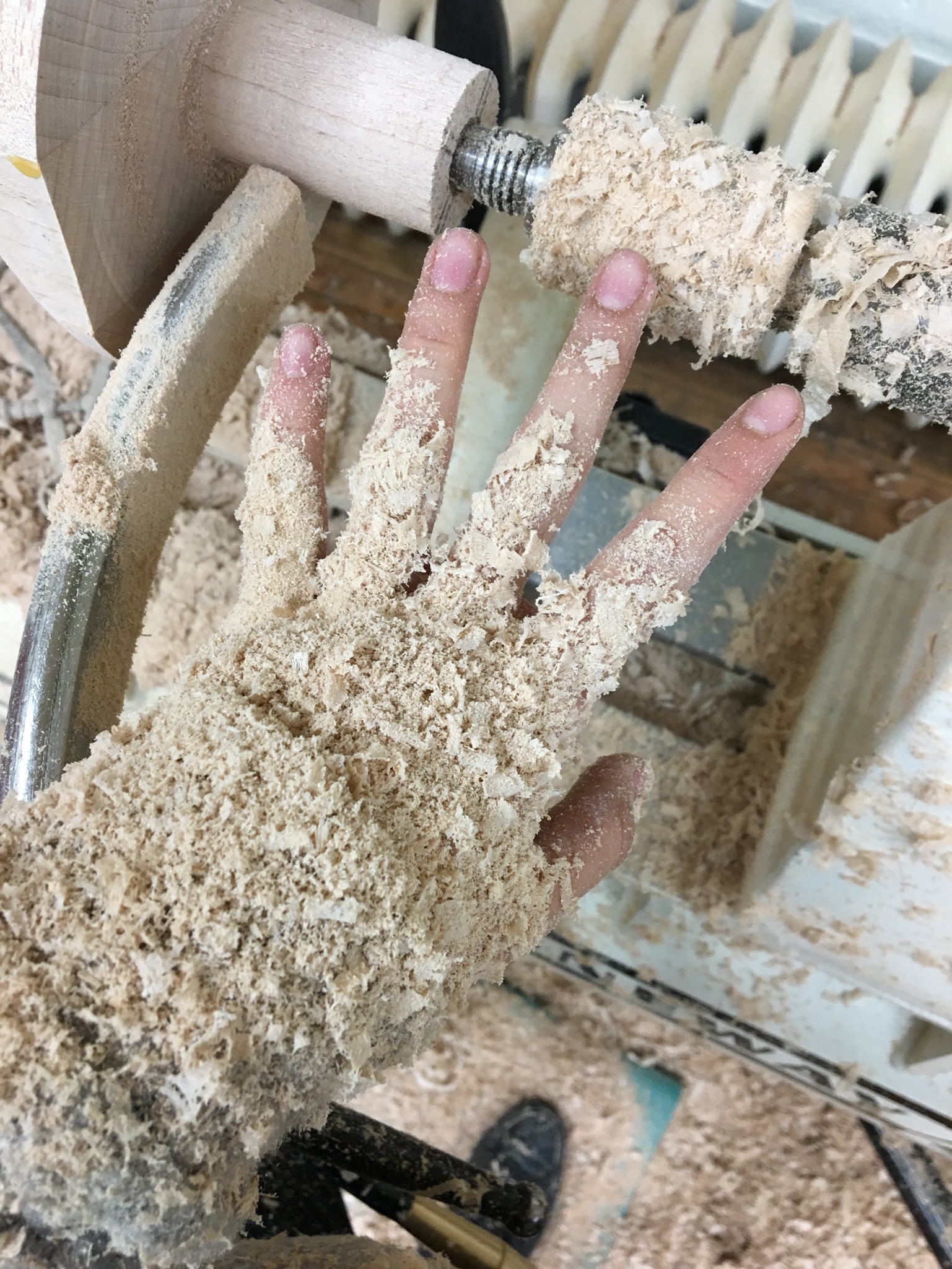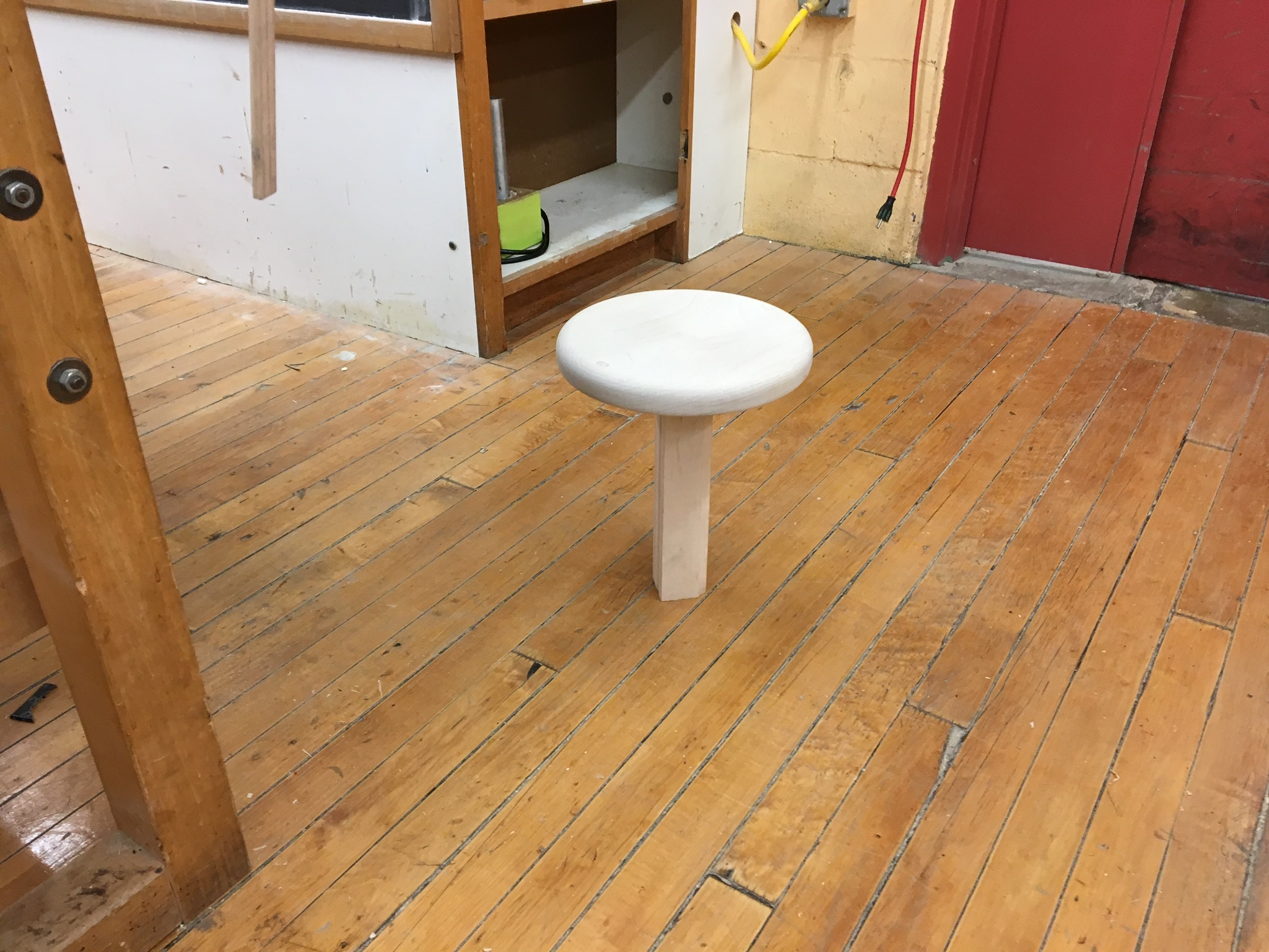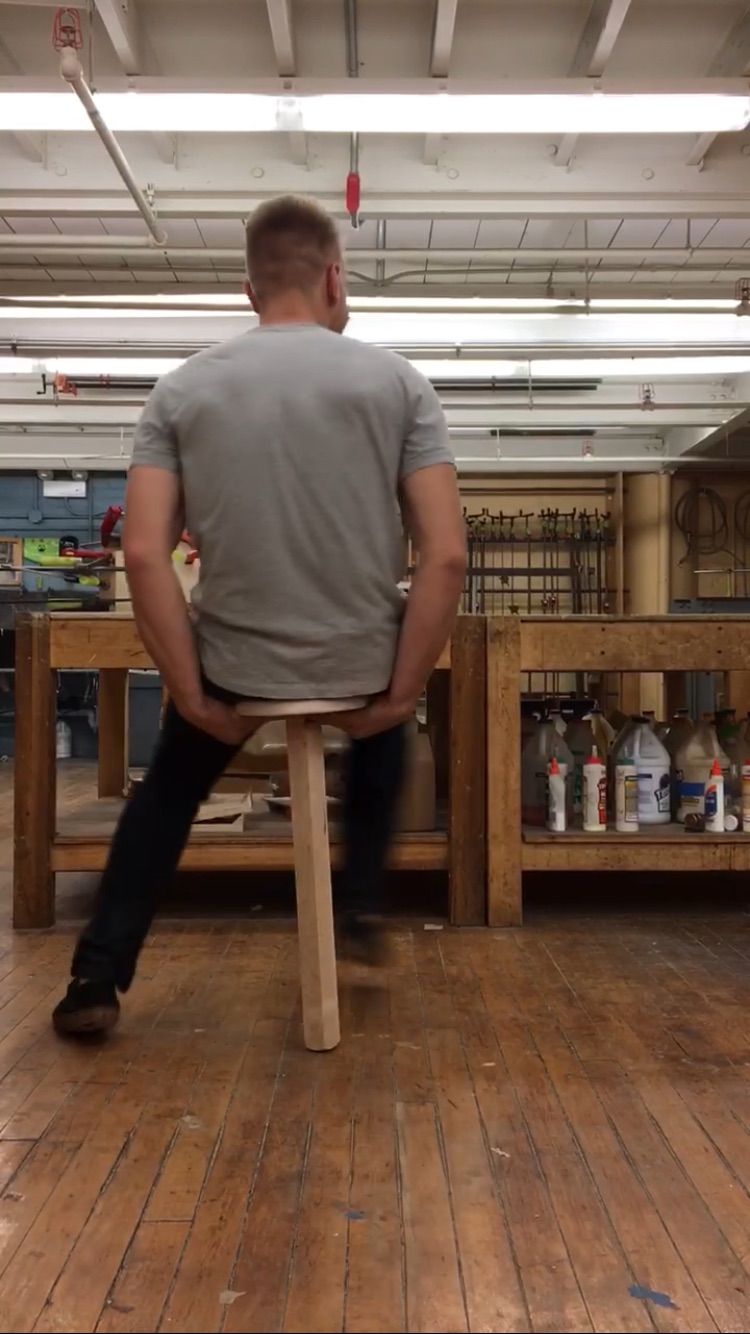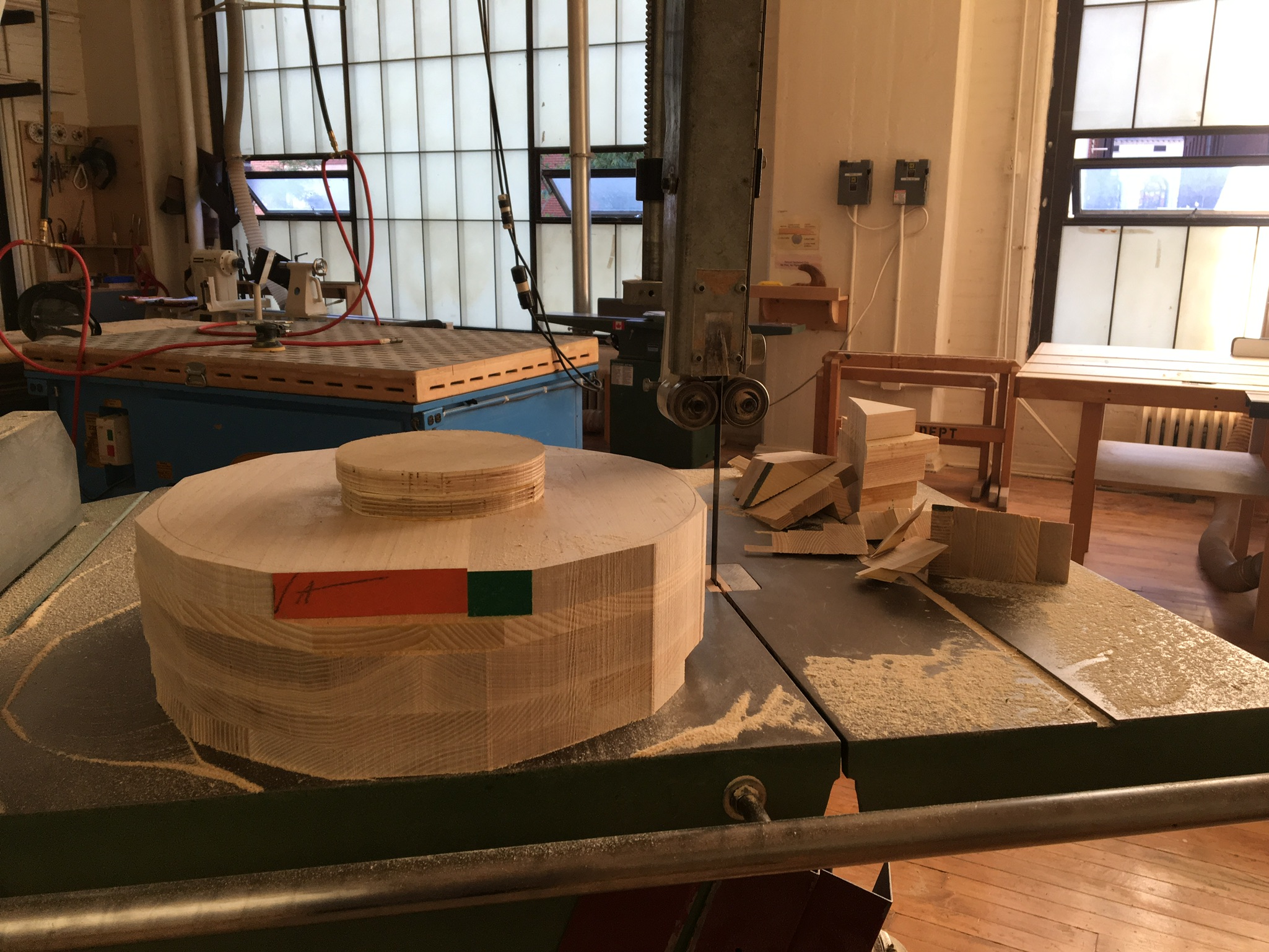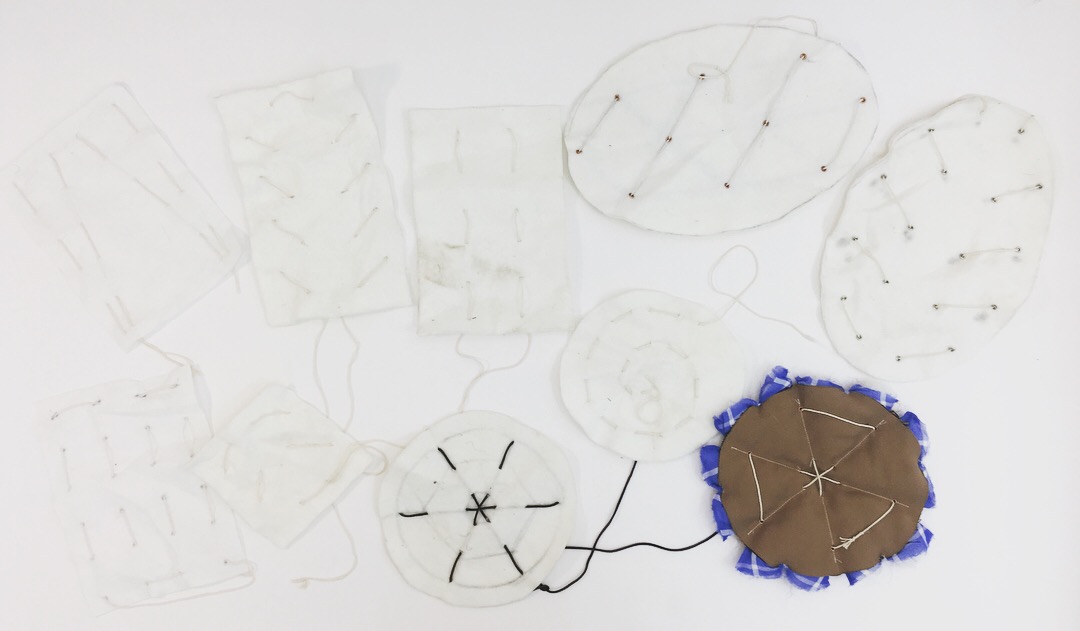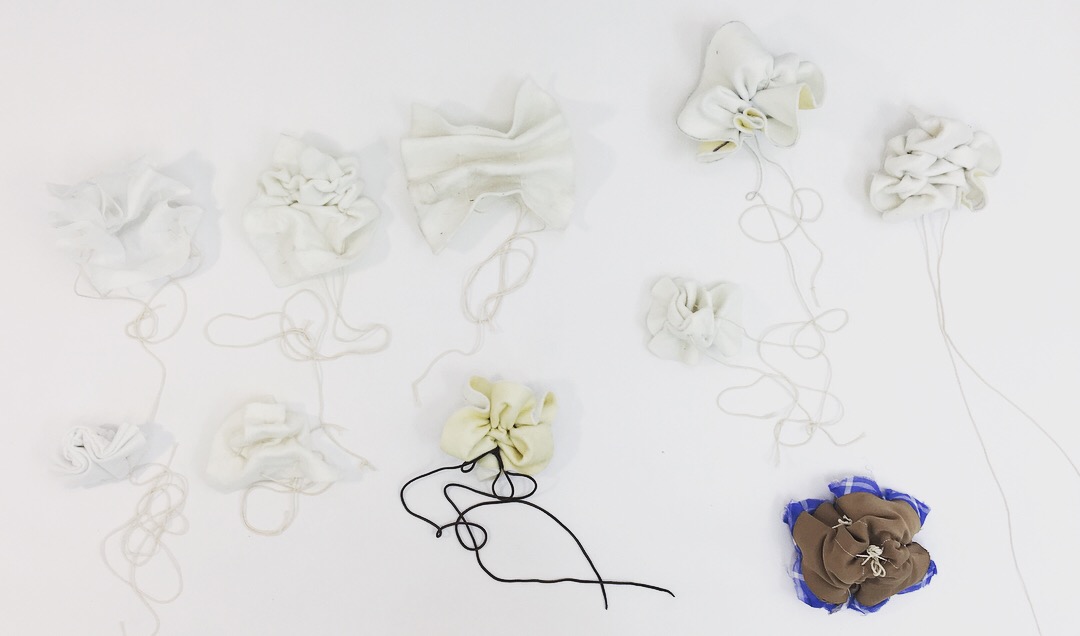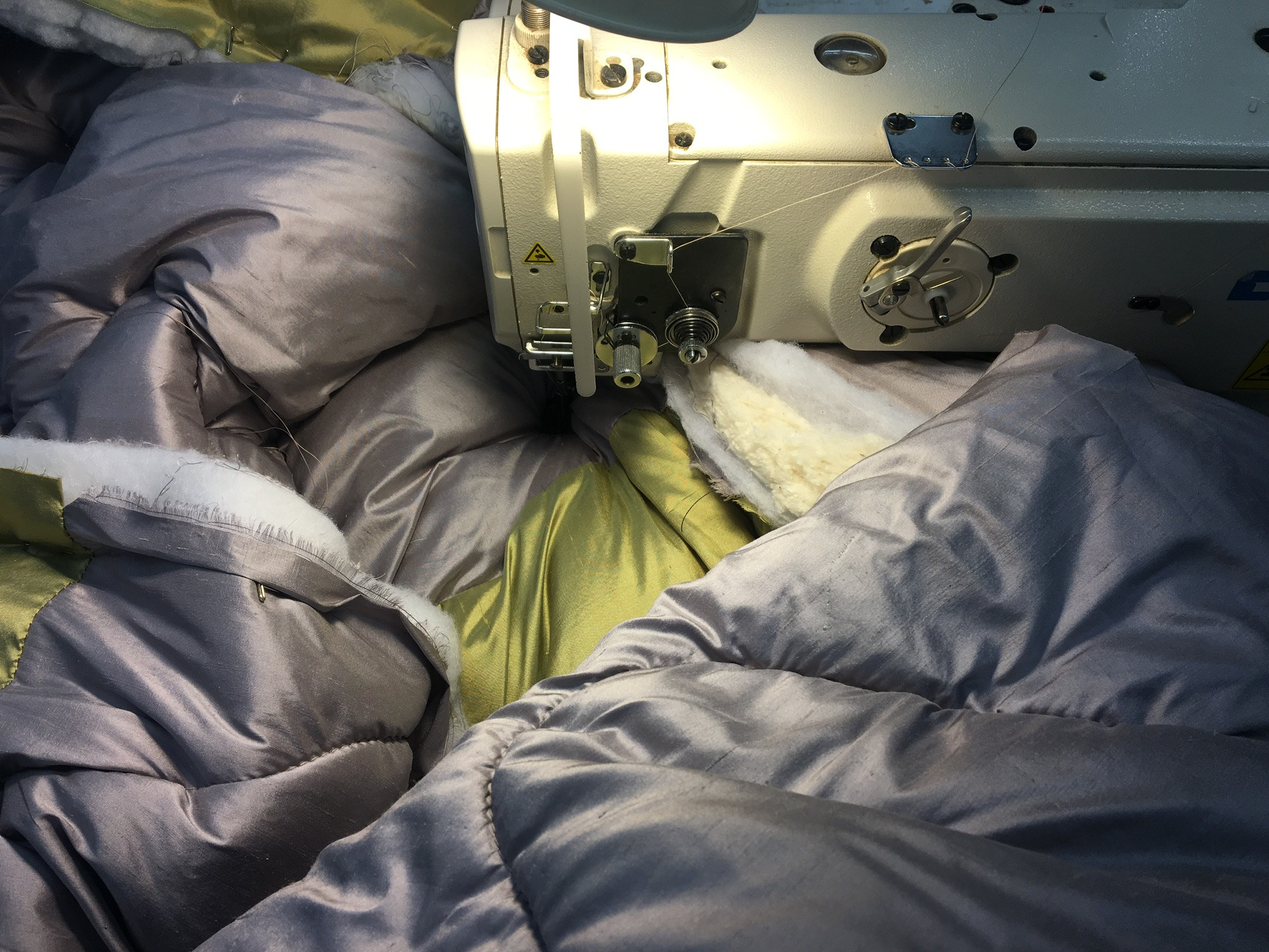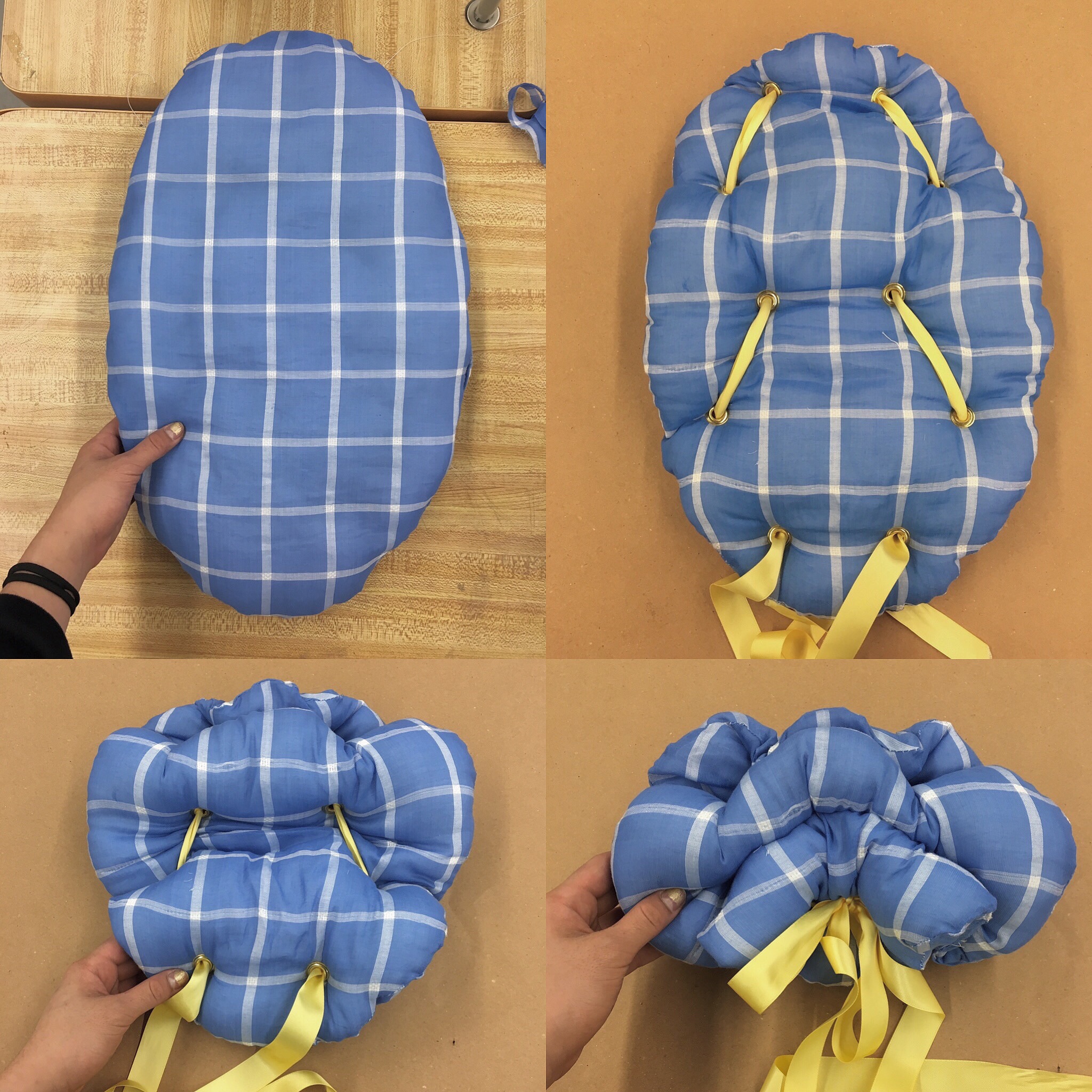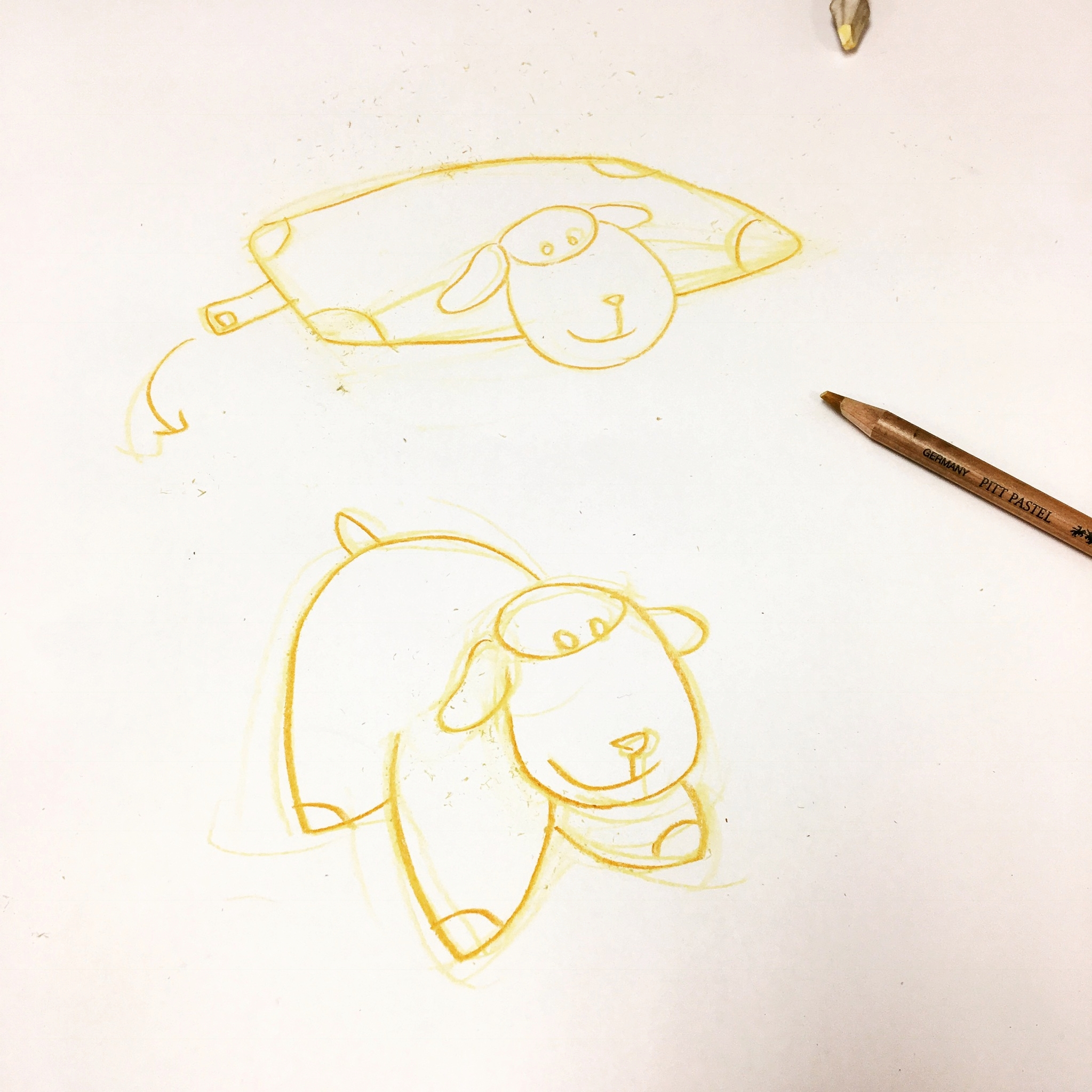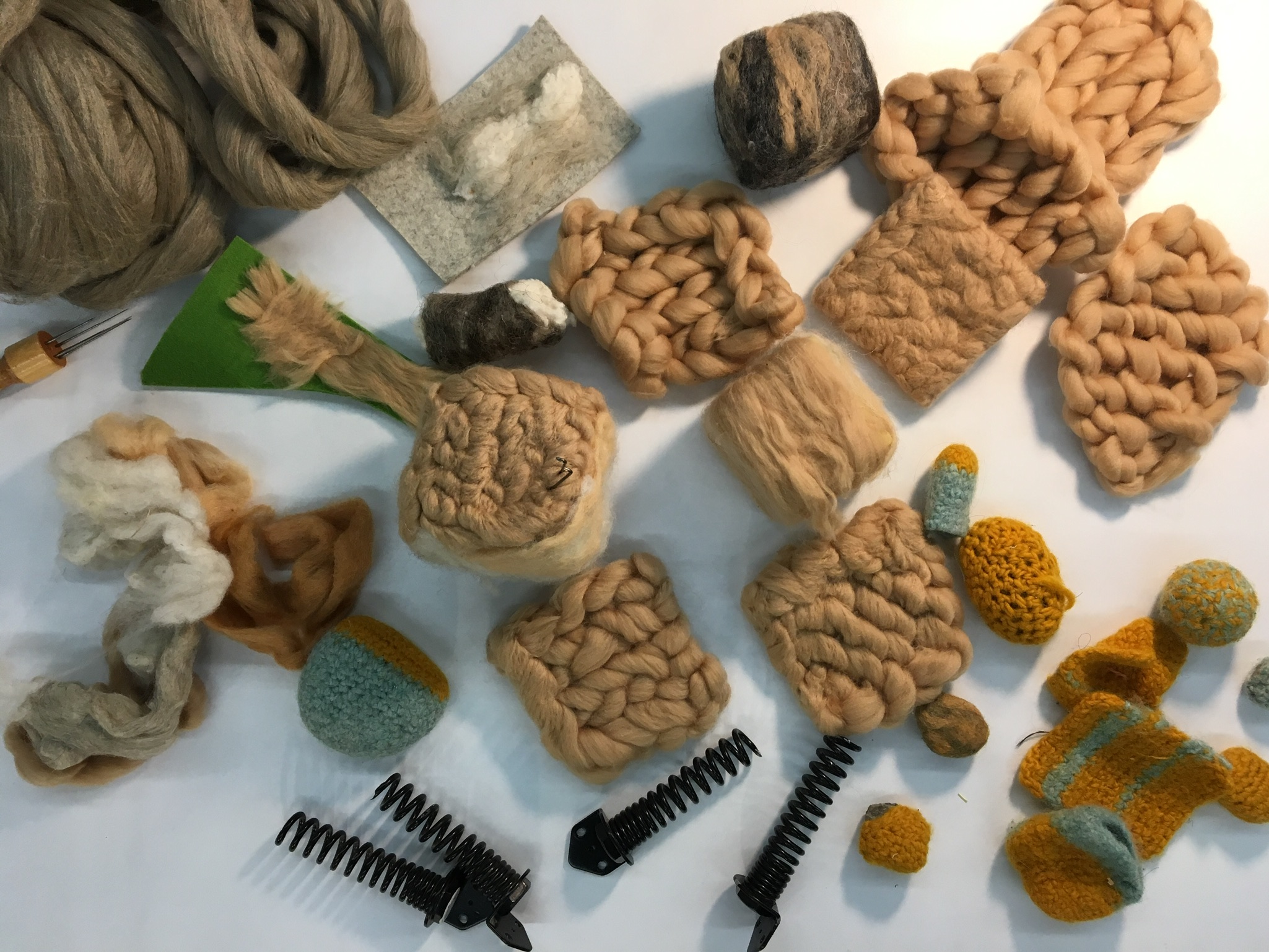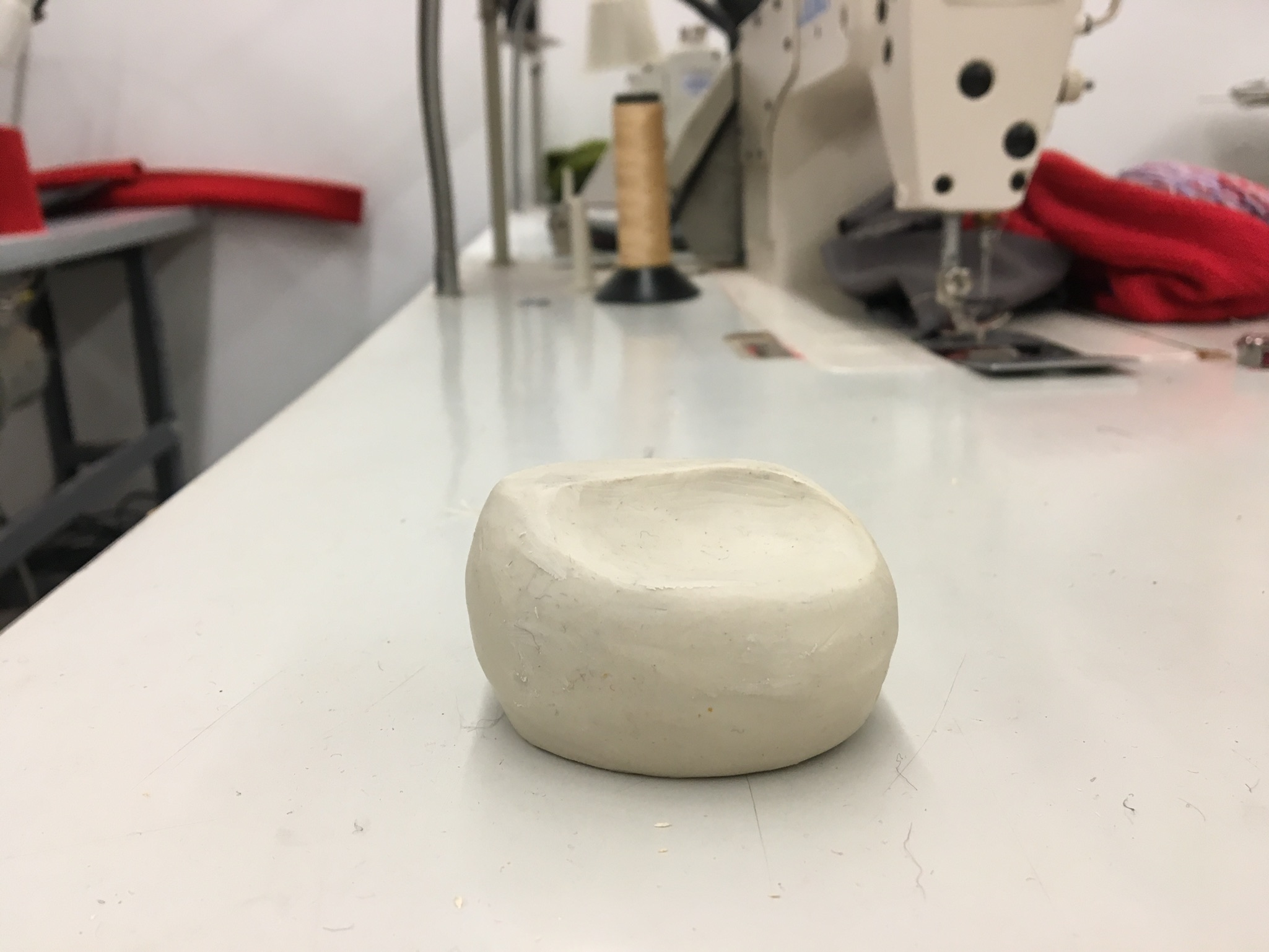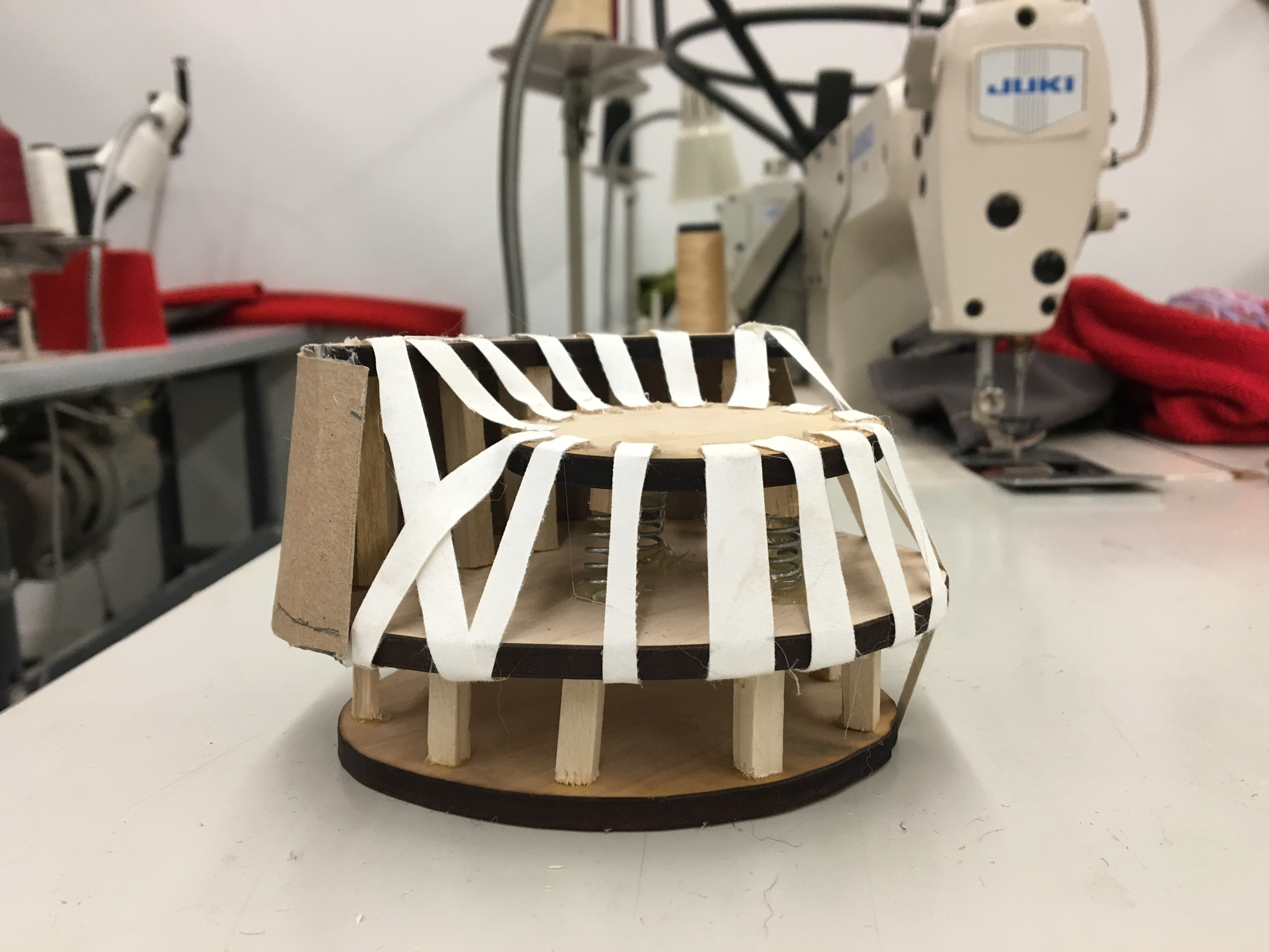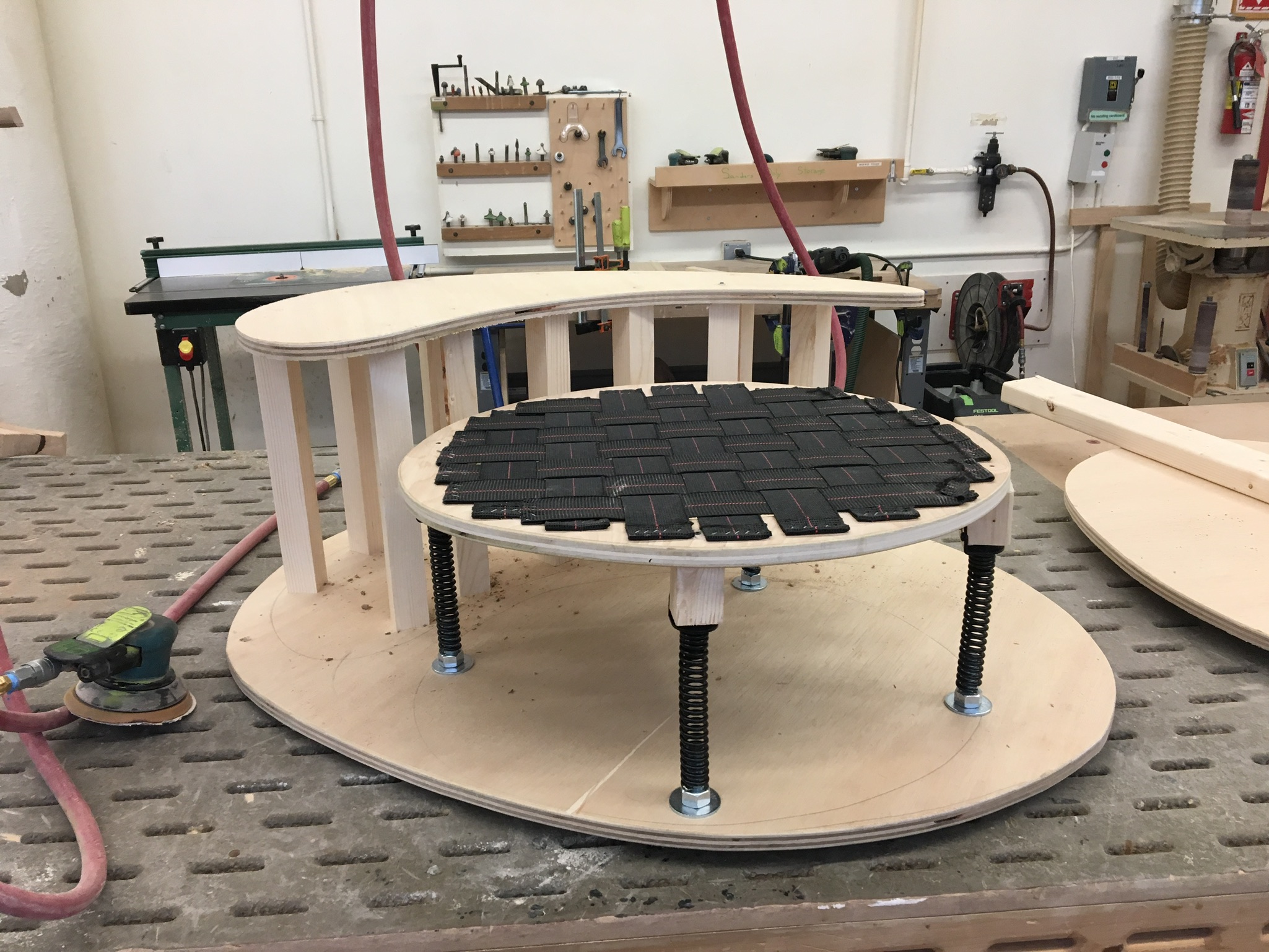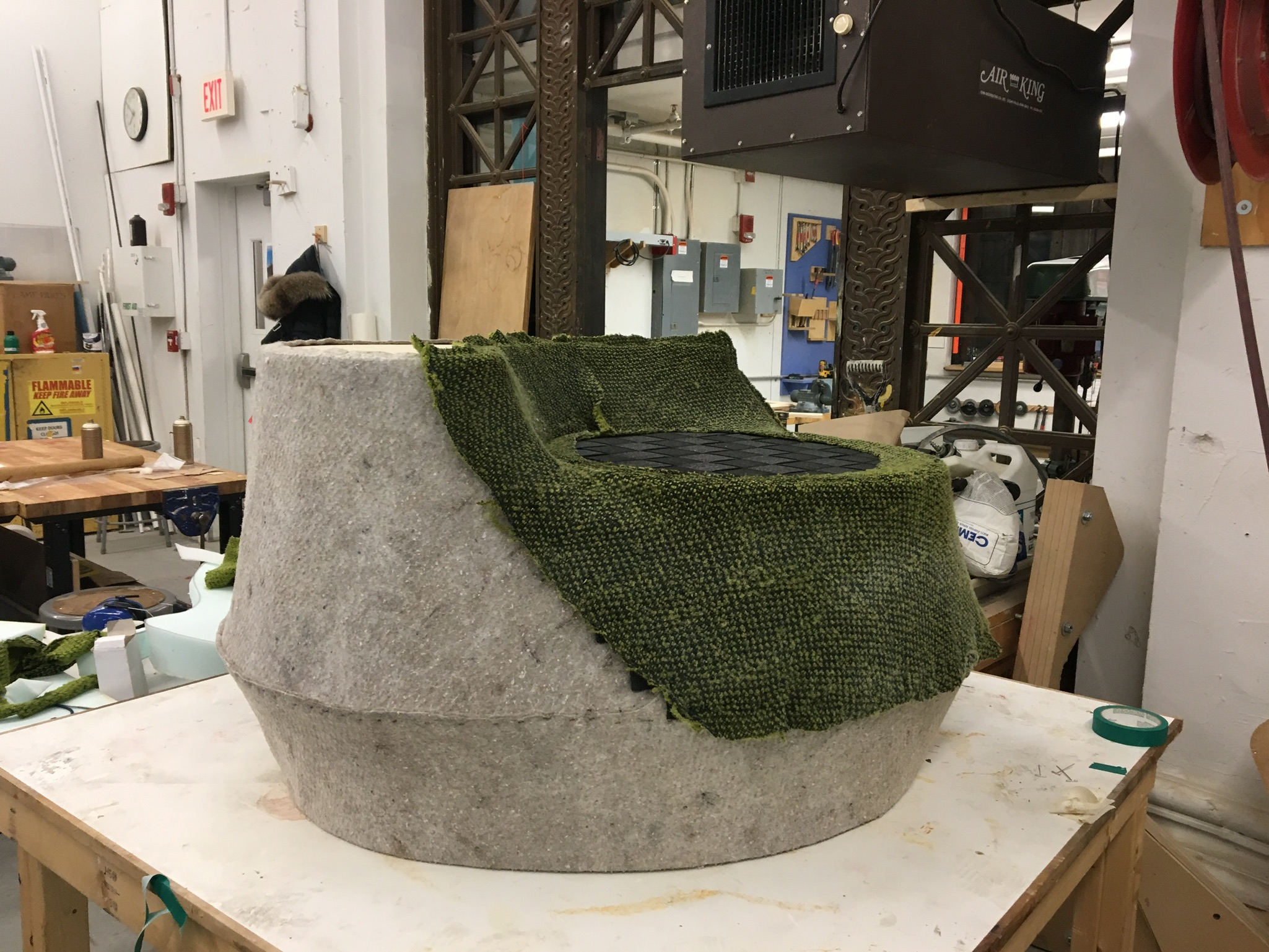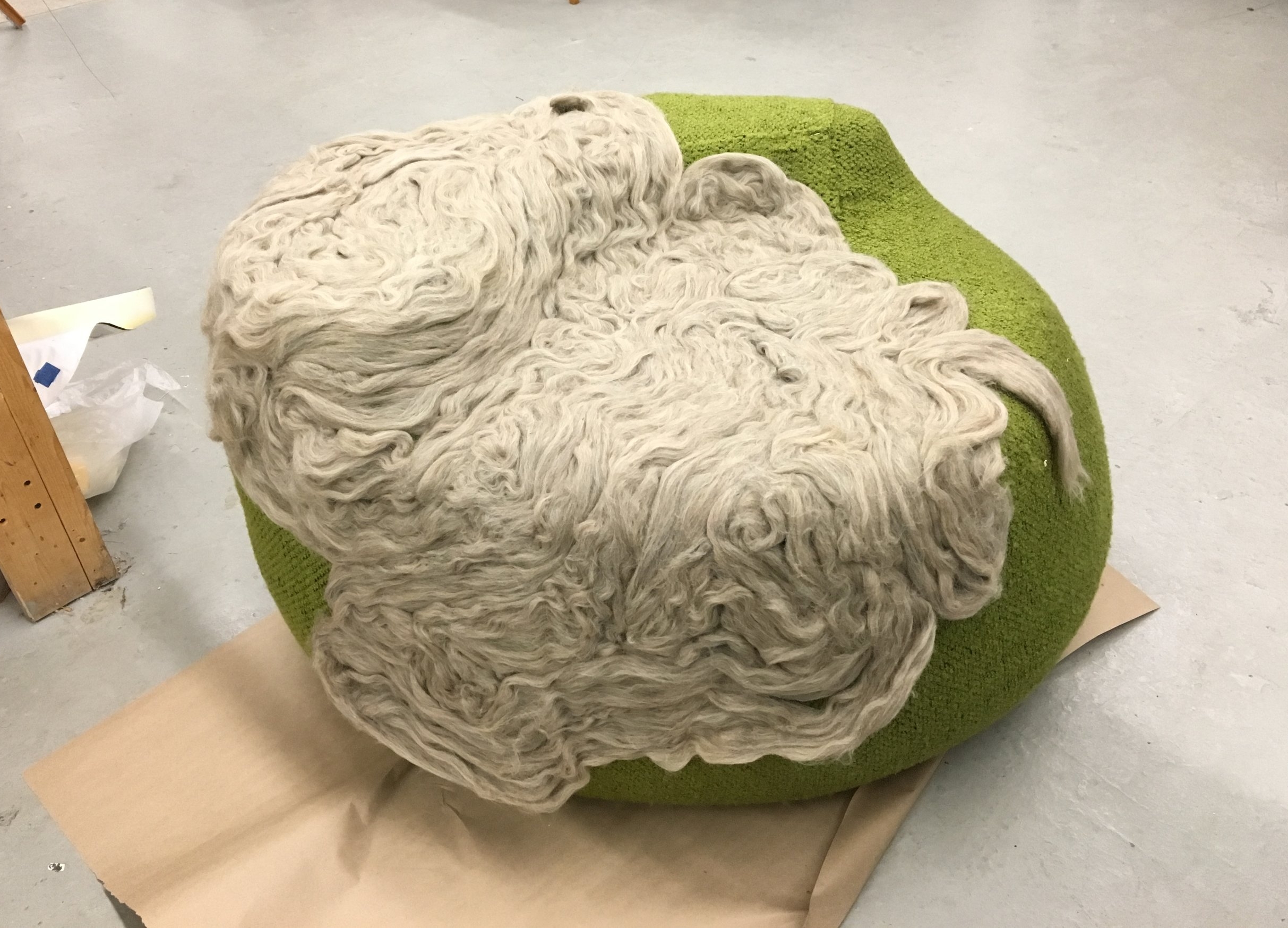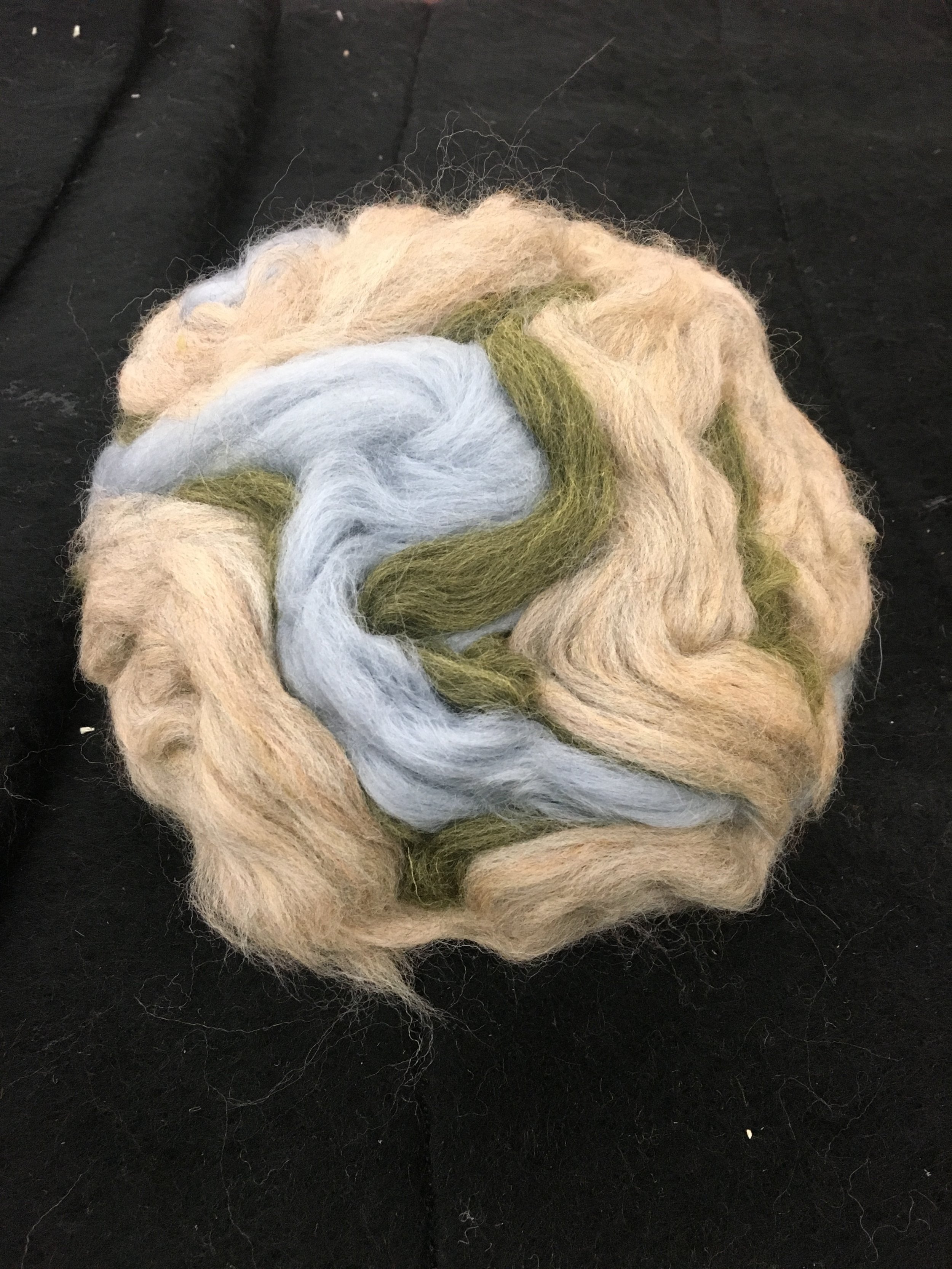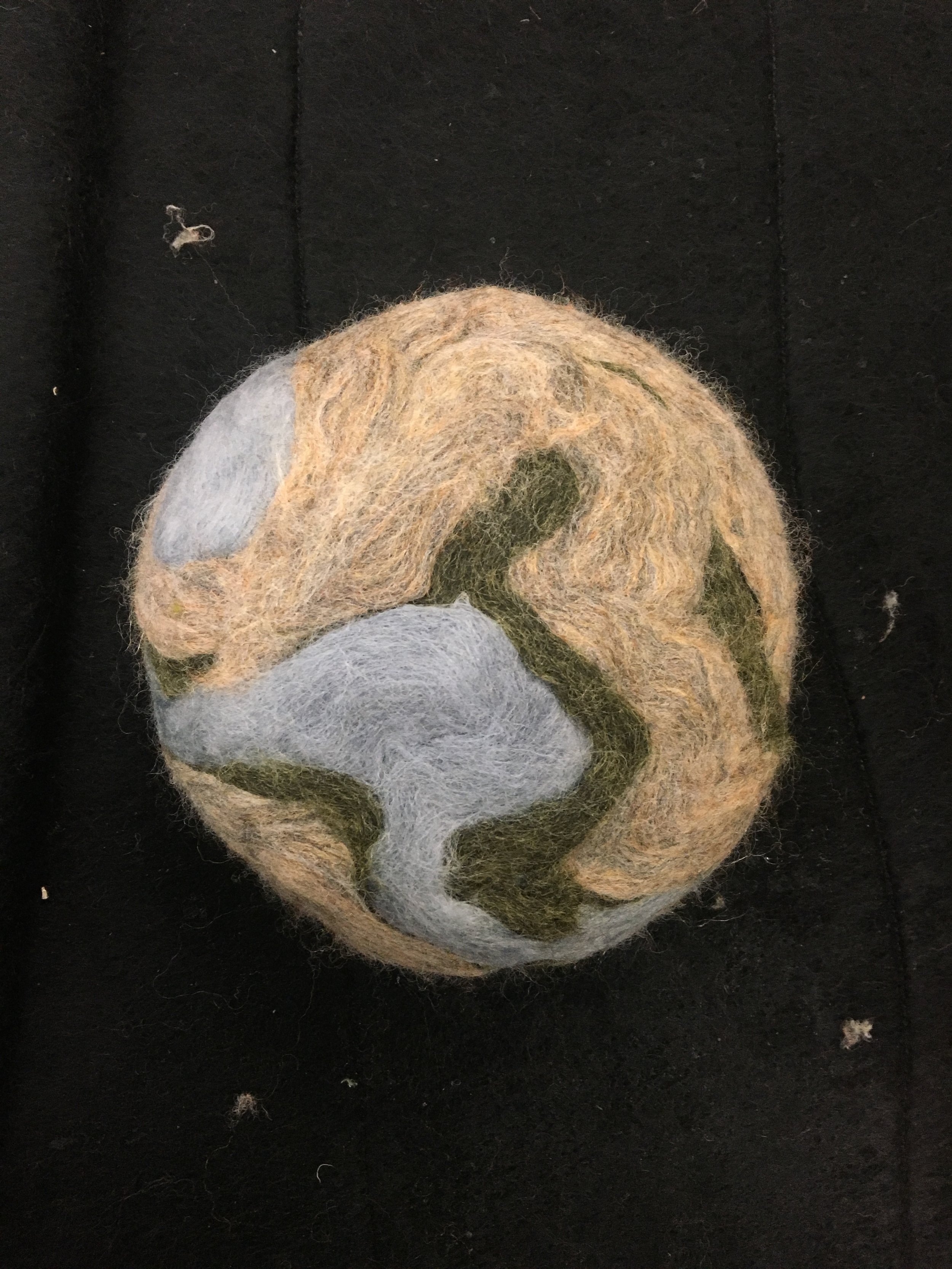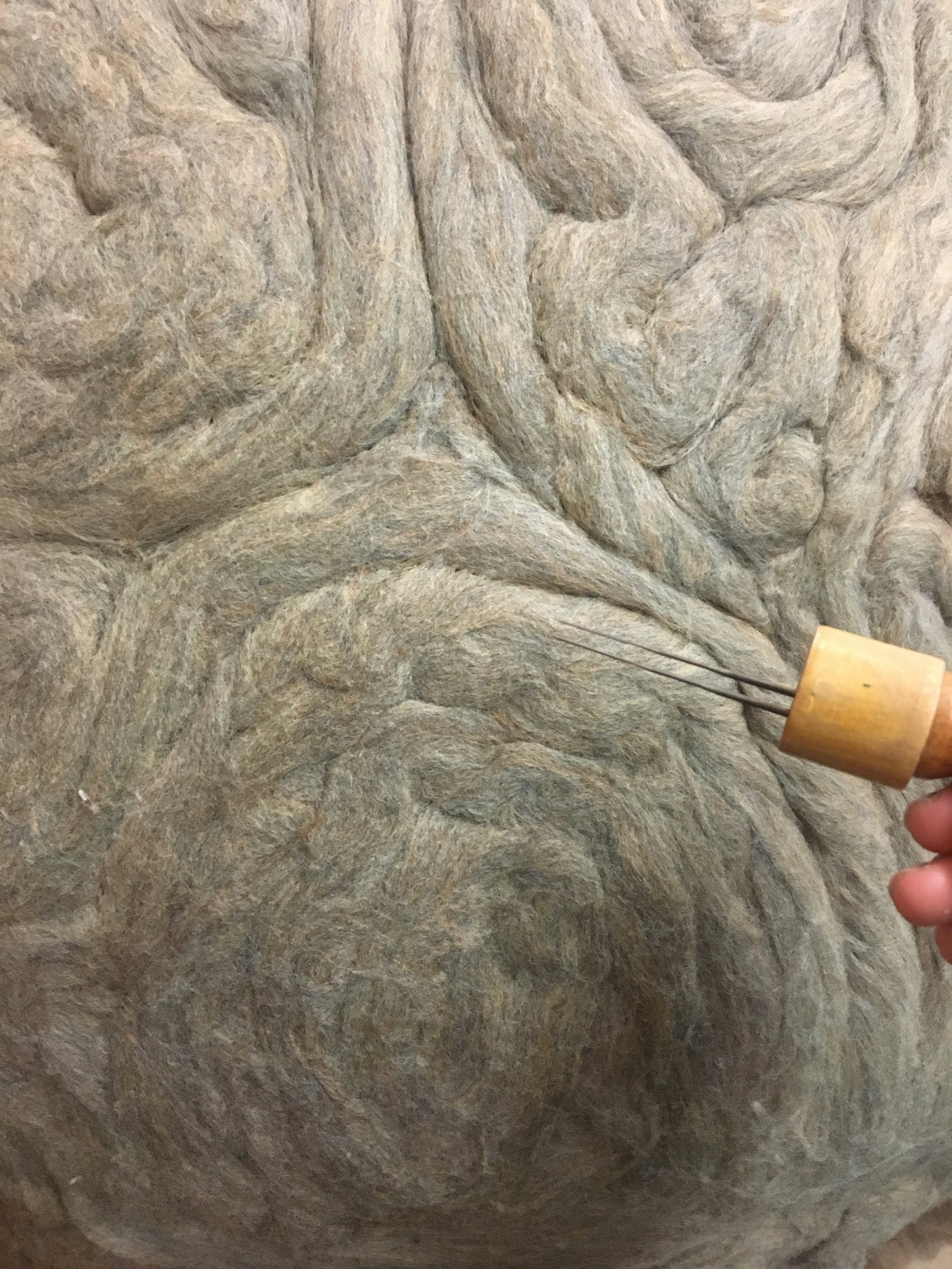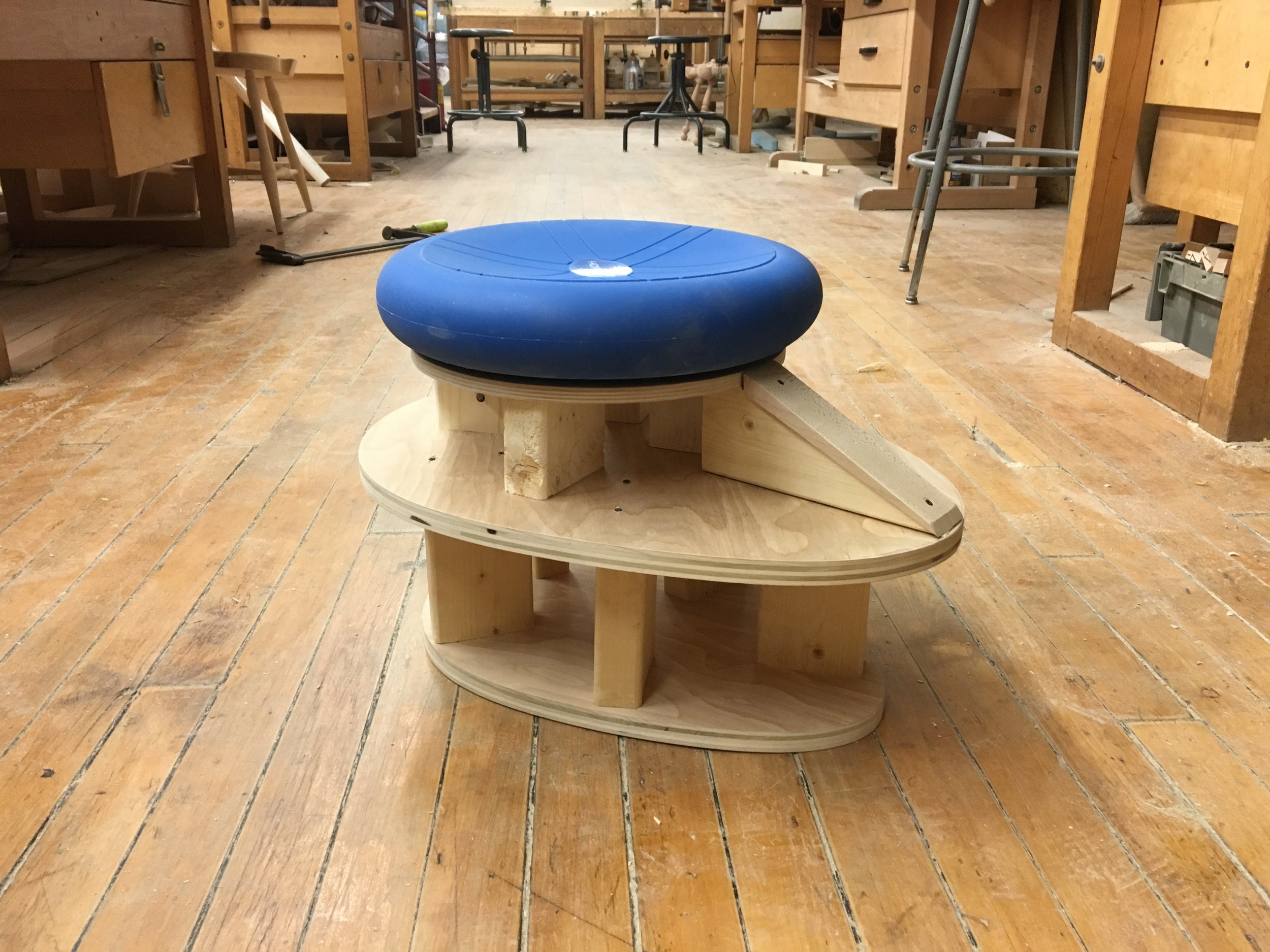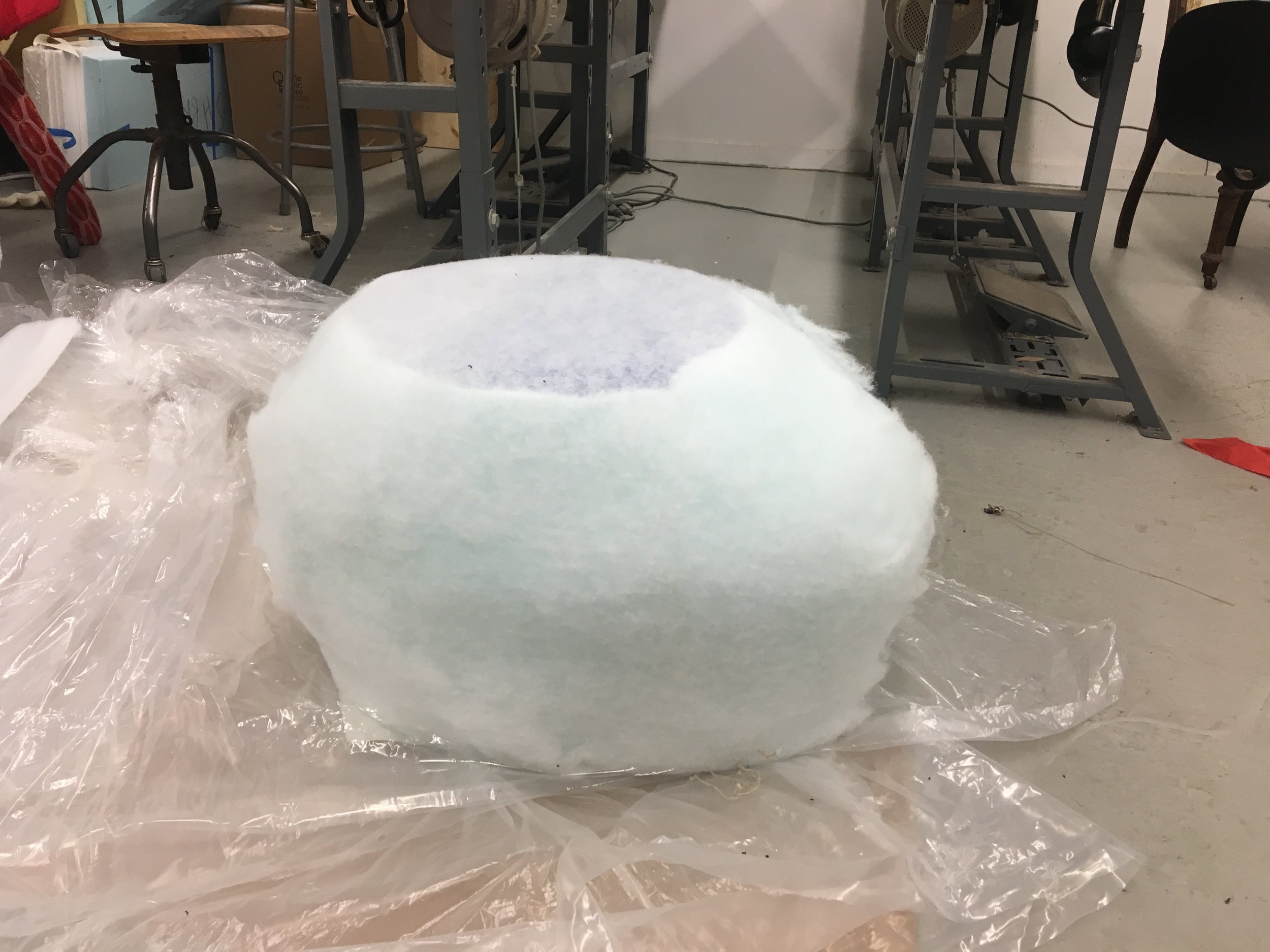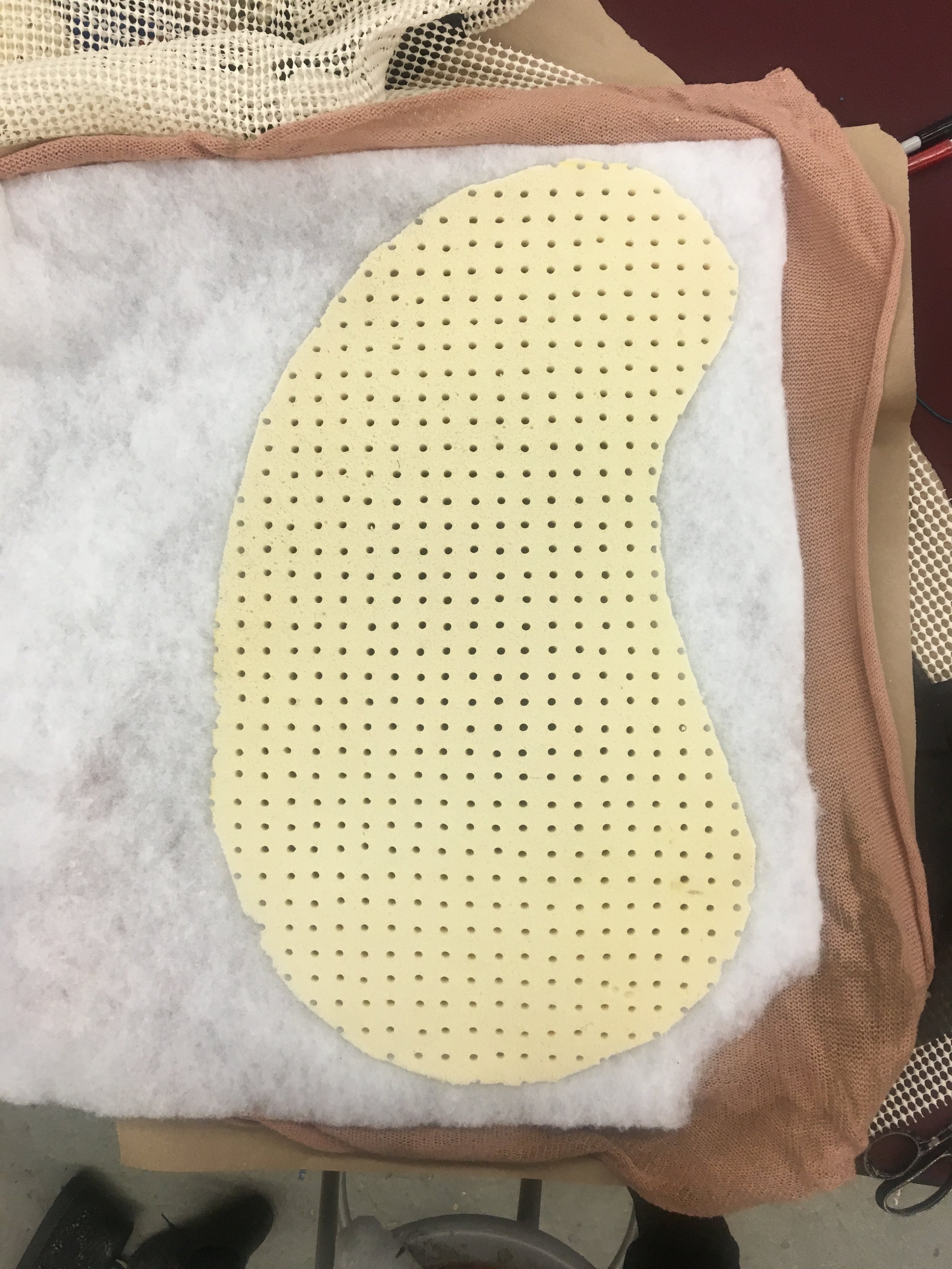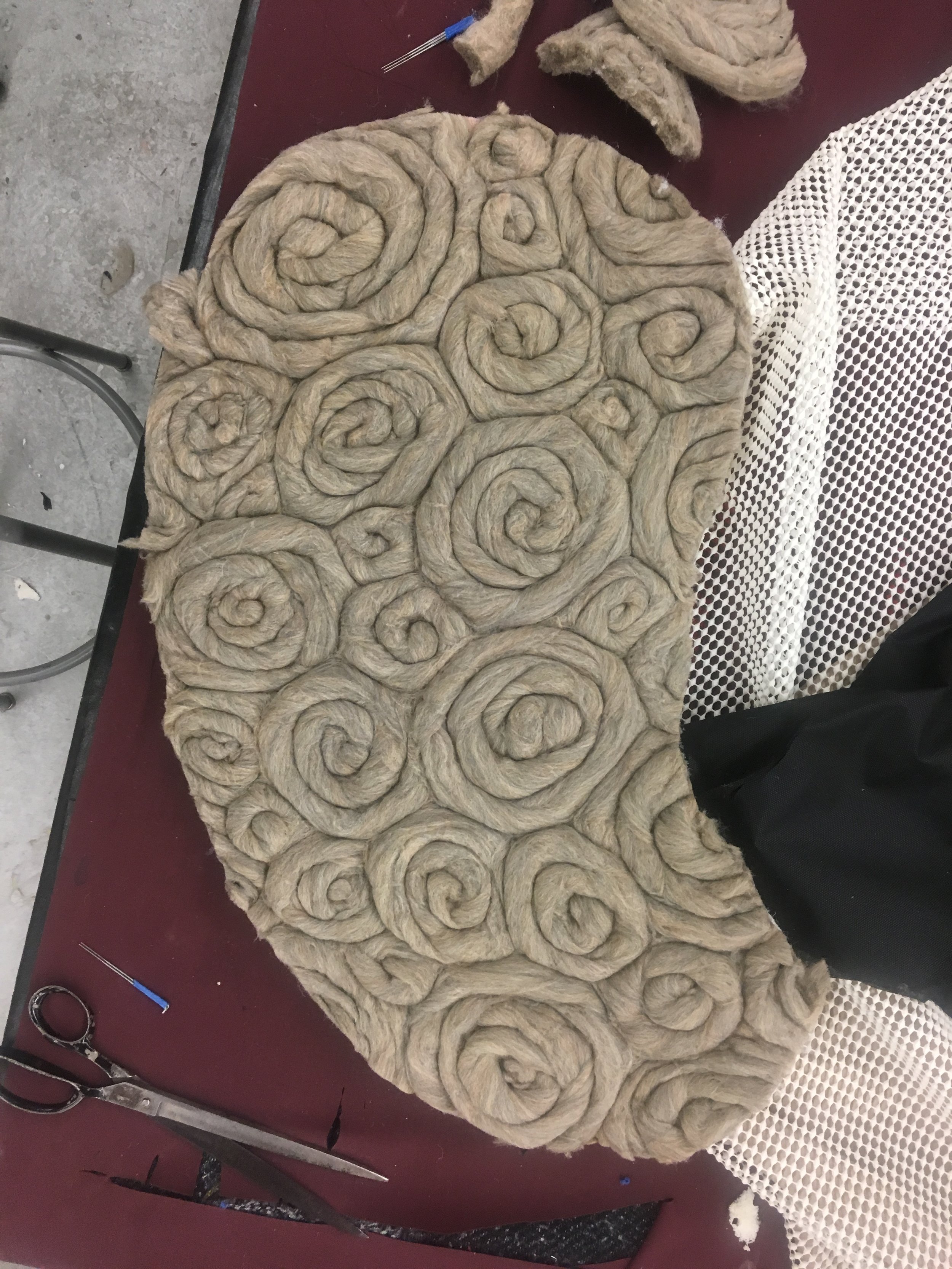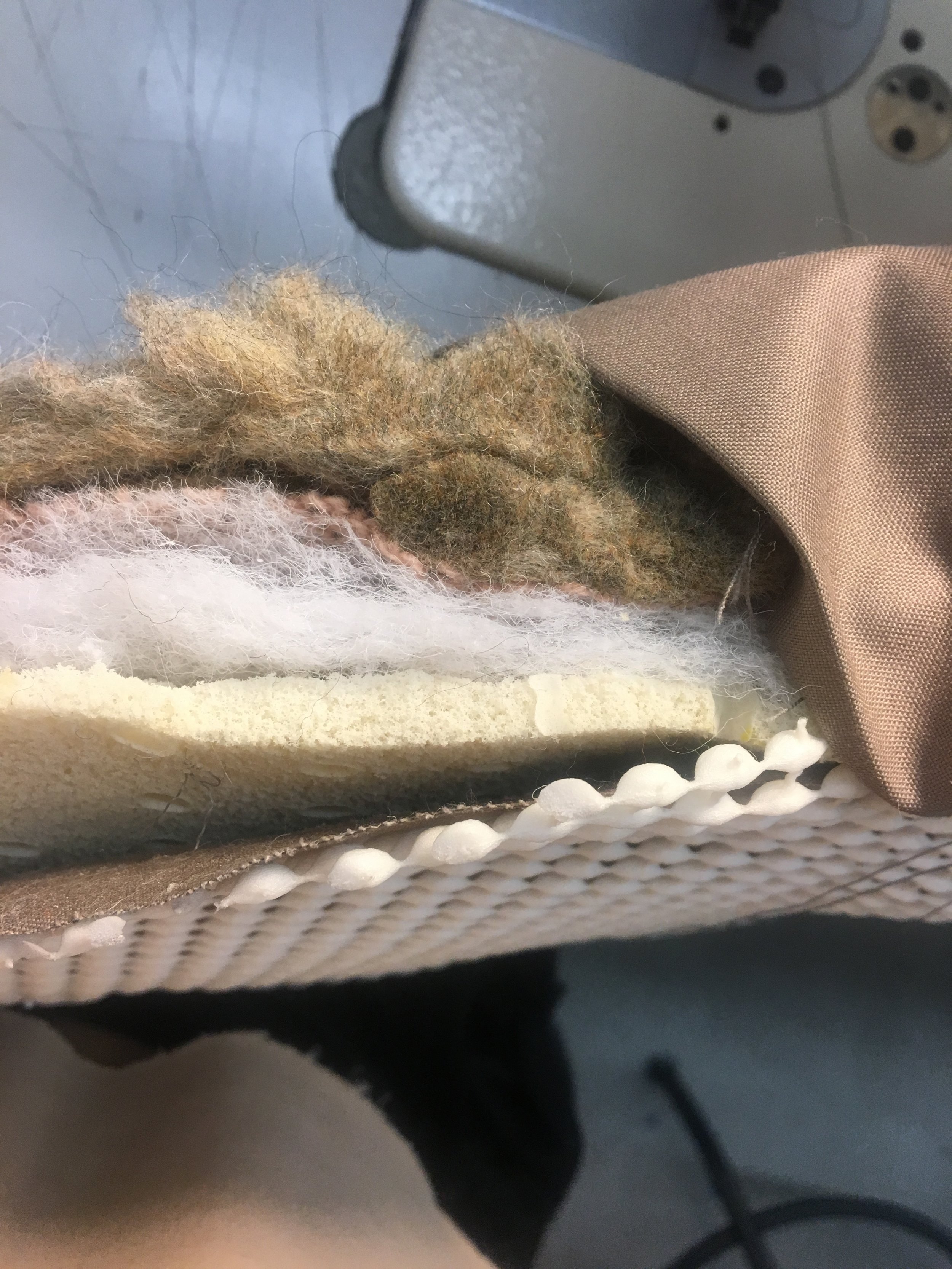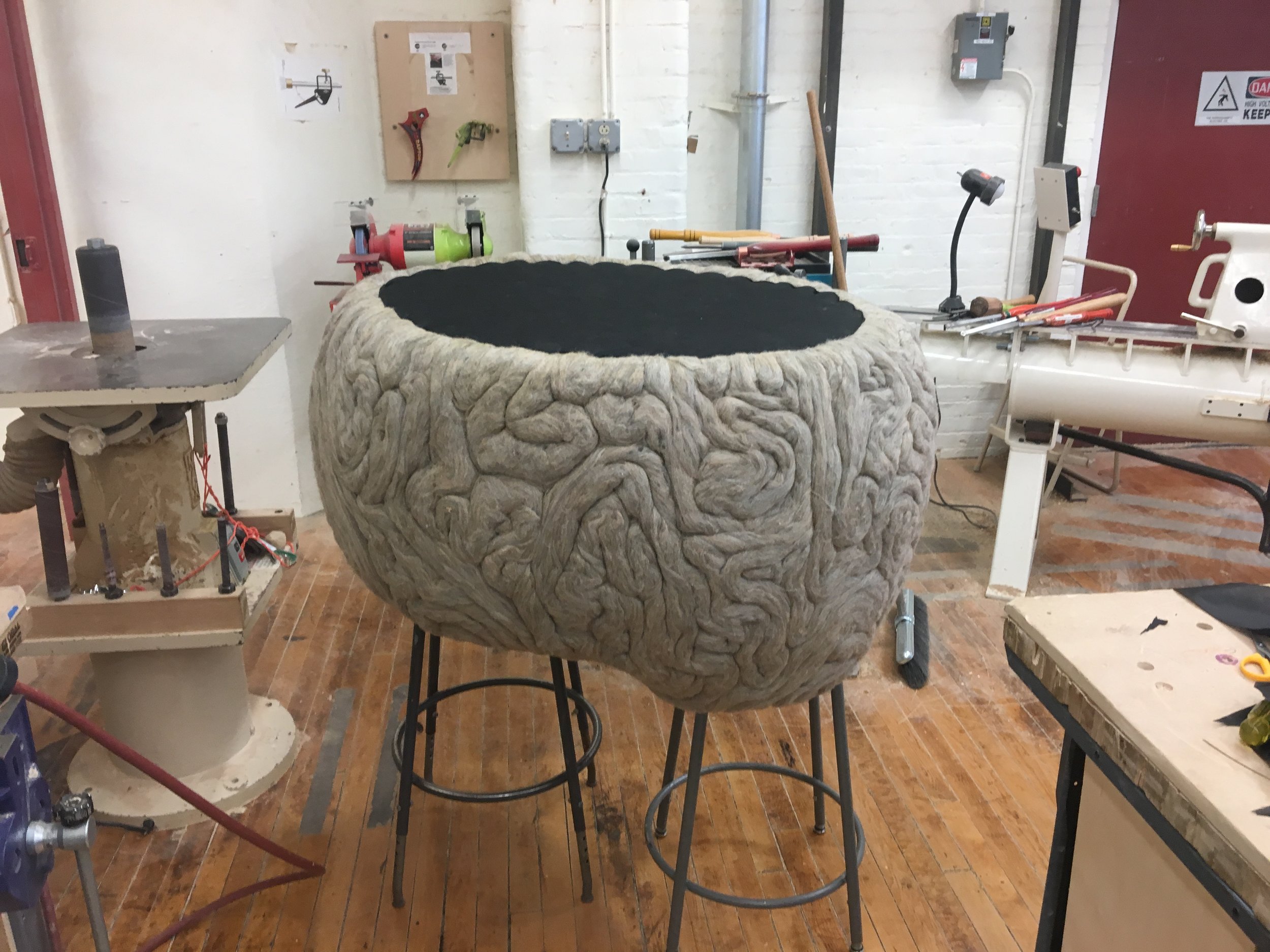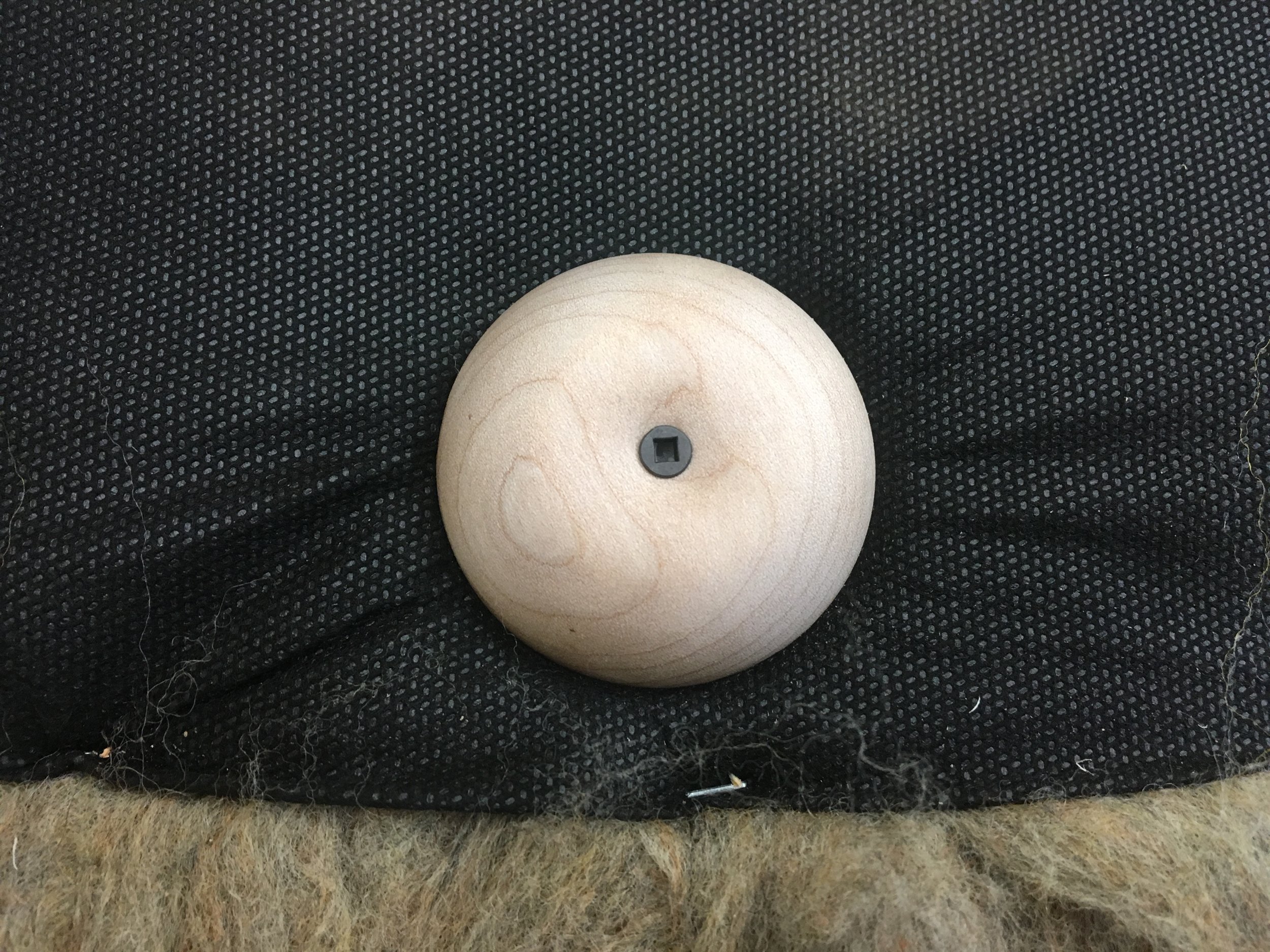Hand and Feet Stools
For “Ingrained: An Exhibition of Pennsylvania Furniture, Sculpture, and Woodturning”, at the Wayne Art Center
Begun as a scribble 4 or 5 years ago as an “easy” set of stools I could make “real quick” “on my own” one day while I was at work babysitting my CNC, watching it bulldoze, over and over again, doing exactly what I told it to…
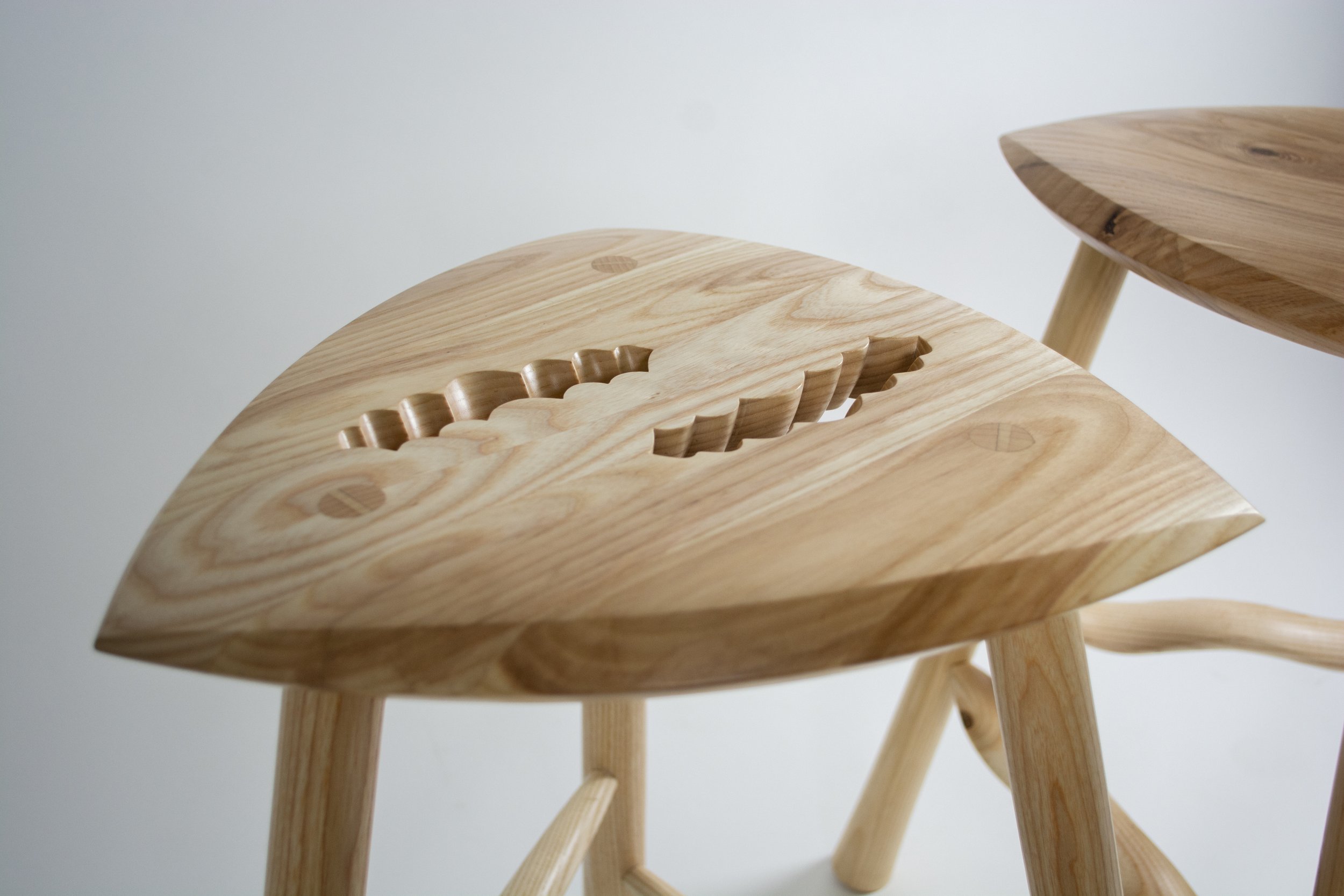
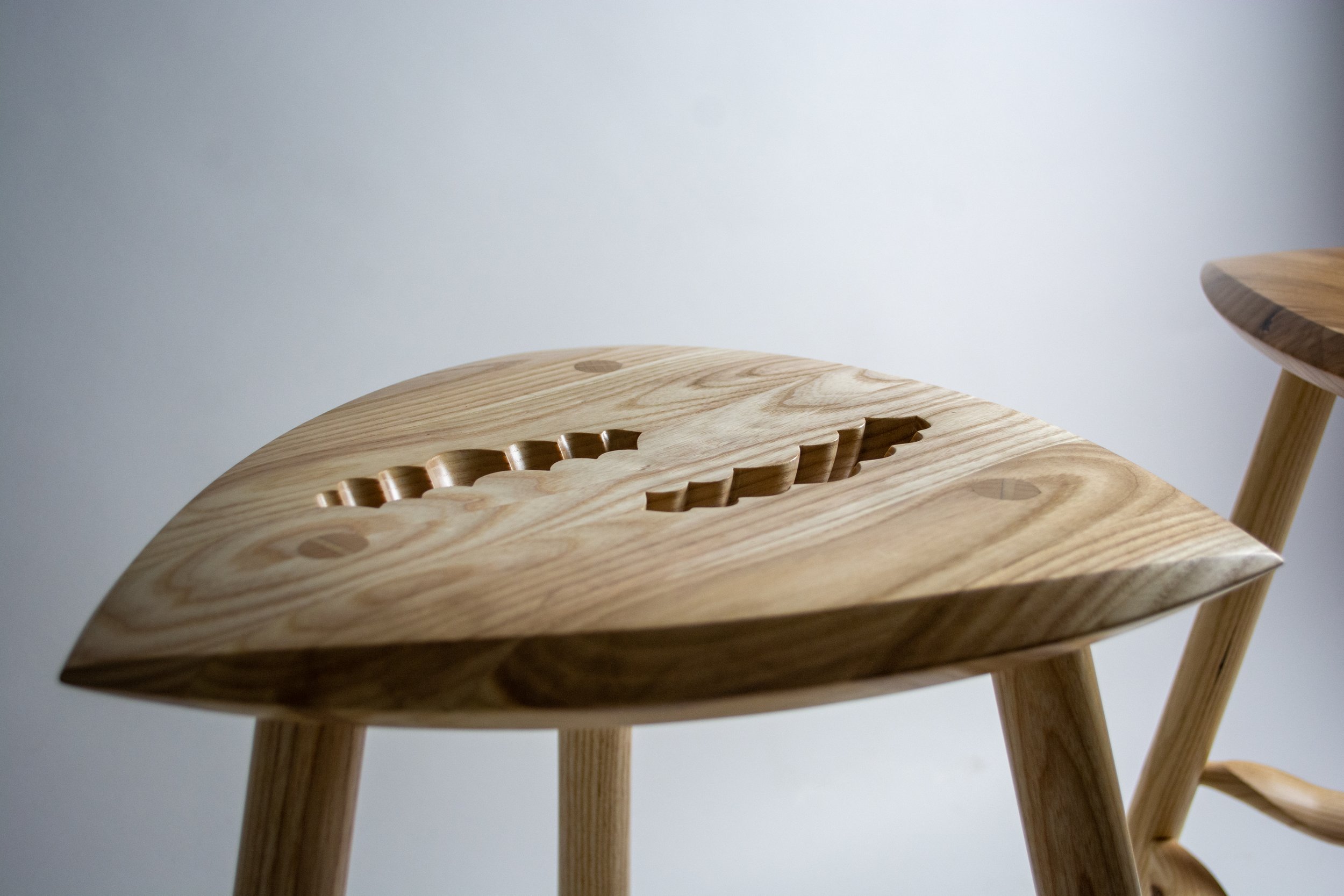
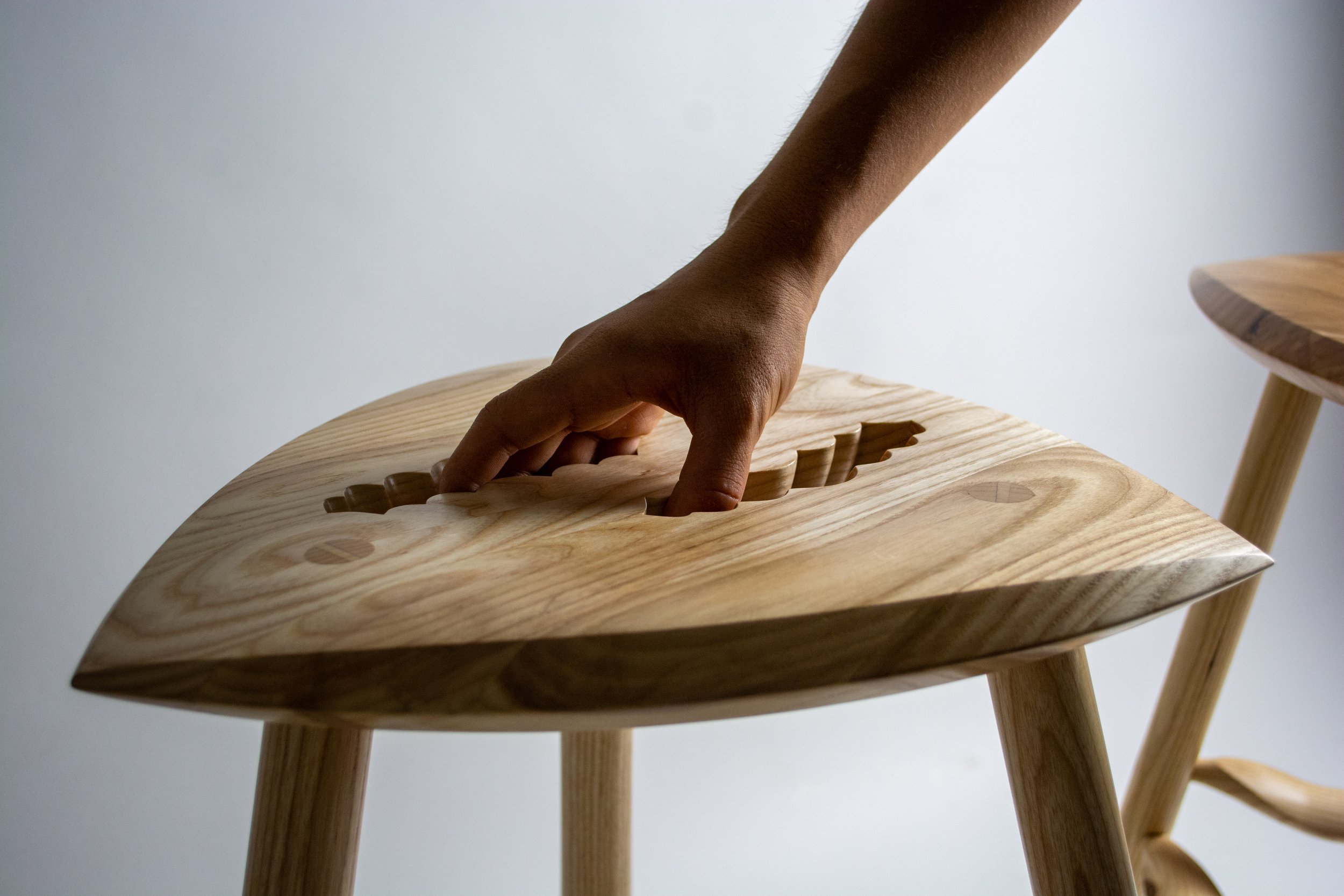
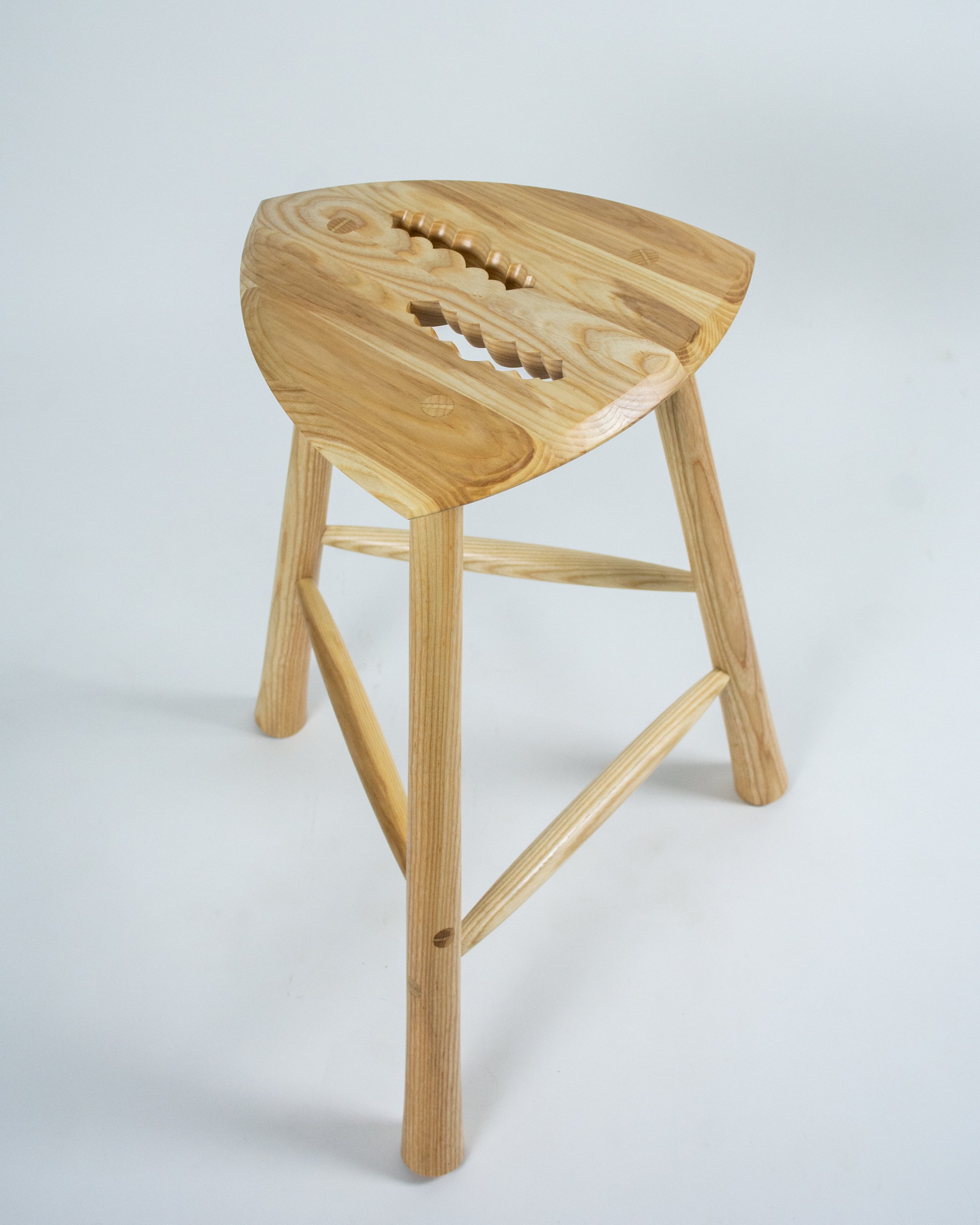
things that are hard to carry
There are things in my life that are incredibly hard to carry and yet I have to move them a few times a year. And so I think about them a lot, more than I want to.
I once threw my back out for two weeks, taking the air conditioner in and out of the window. Twice a year I pick up the grime covered heavy object that is balanced on top of a sharp plastic window edge and flimsy extra plastic wing, all the way outside a cramped window with future victims milling around on the street below, with its one entire side that you can’t touch without either bleeding or damaging the air conditioner, and its every other side with sharp parts and the solid road air particles of Aramingo Ave. Thankfully since the back incident, Brian deals with the horrible thing.
There’s the sofa with it’s beautiful curves on every surface and walls all the way down to the floor that has absolutely nothing to grab onto except the edge at the very bottom but is weighted so that it will fall backward, even with the effort of two people it asks you if you’re sure you’d rather not drag and push it and scratch the floor every bit of the way instead. Every time we mop the house we move this and have this conversation all over again.
And then there are the things that are intentionally hard to move. Brian’s Bridgeport that had to be taken apart into three hundreds-of-pounds pieces and hoisted up ramps and steps by means of pulleys and rollers and mechanical advantage, the dishwashers, the stoves, the sewing machine table (though thankfully that one had a single handle!) All in common— the weight, the handholds, the relation/location to the body, the almost-intentional lack of care. I swear. As I sit here in my car (with my broken back/dislocated shoulder from falling face first into Pennypack creek) I am going to cancel out as much of this ridiculous experience as I can by building as many things in this lifetime that are easy to carry. Against air conditioners.
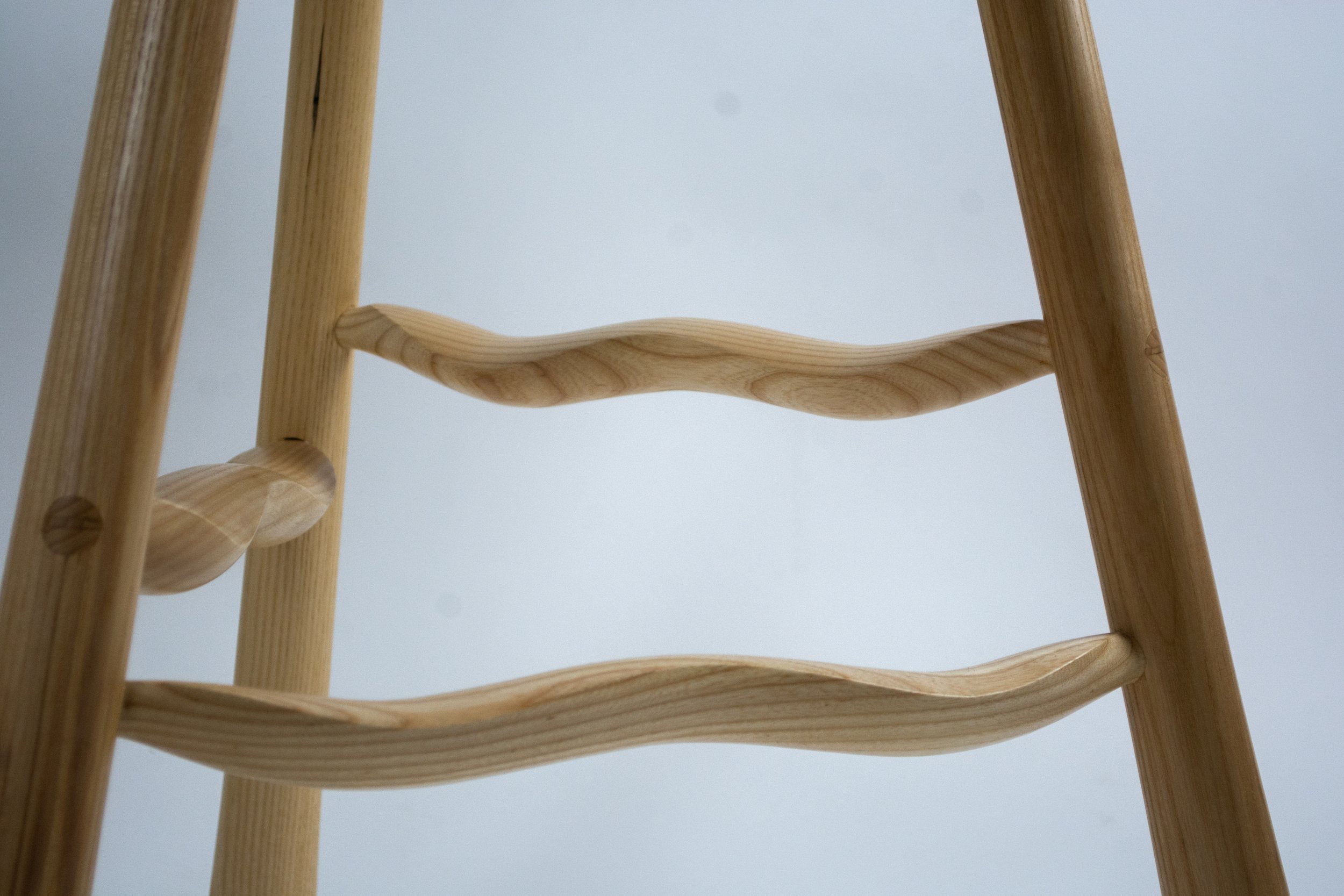
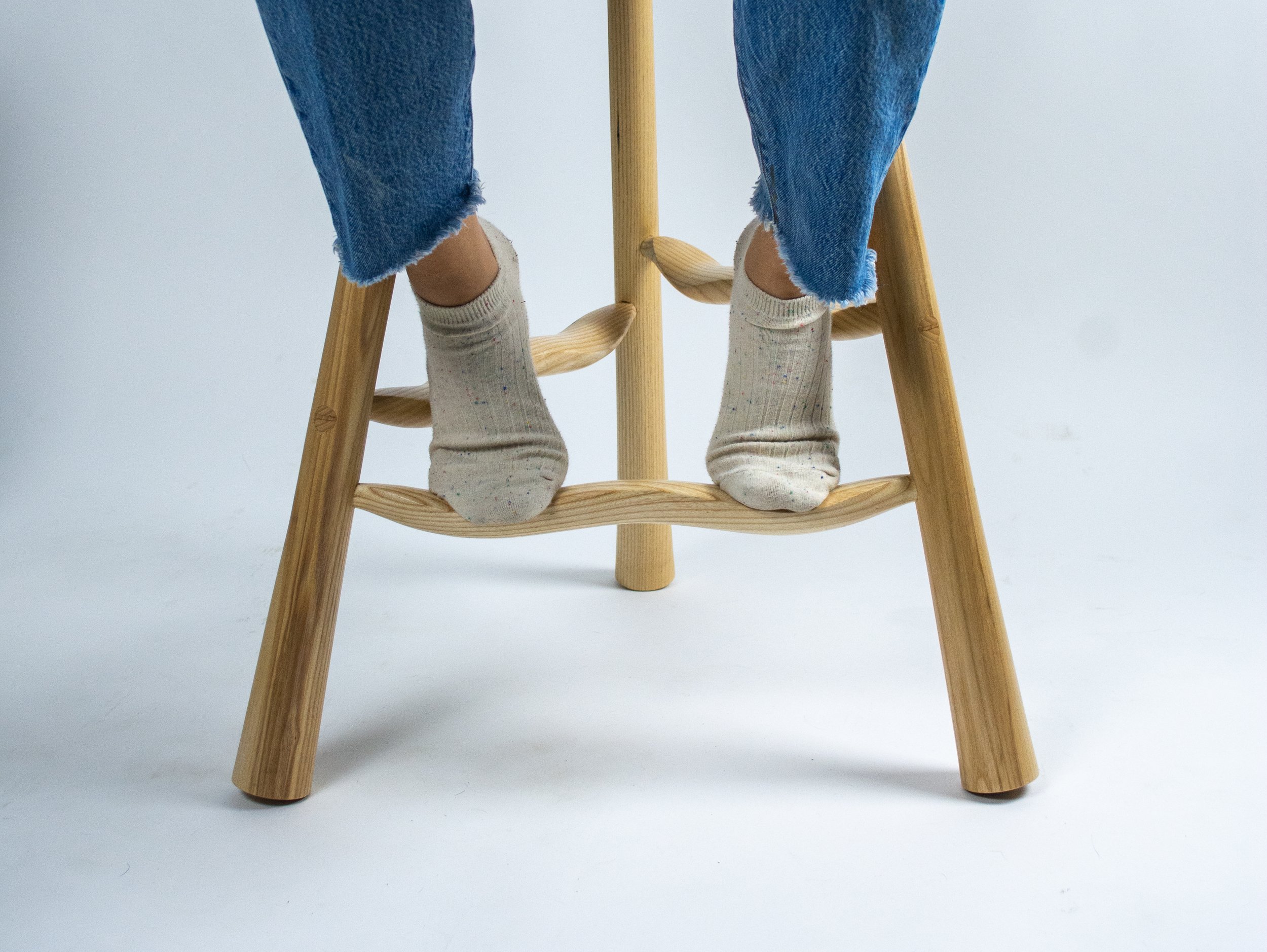
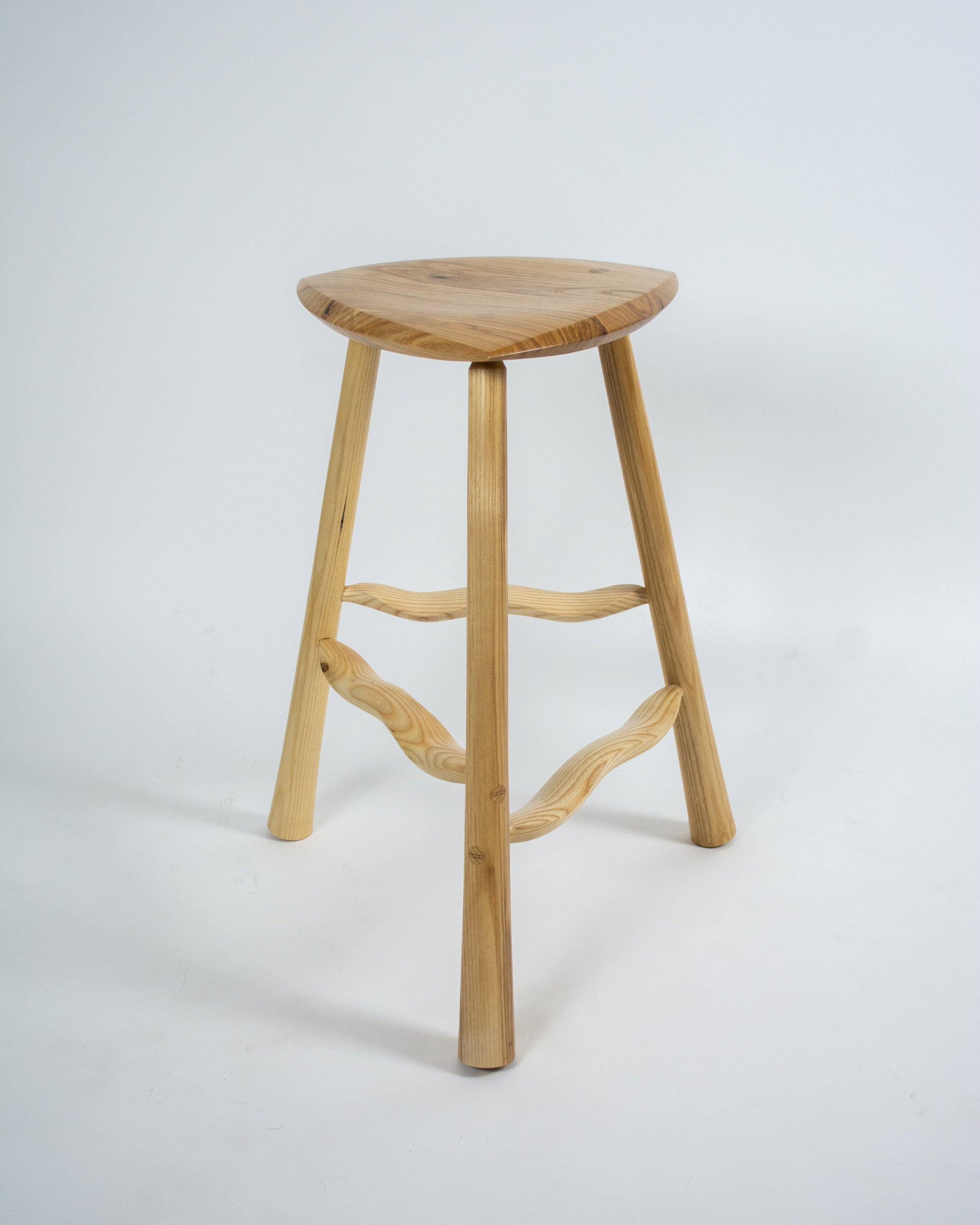
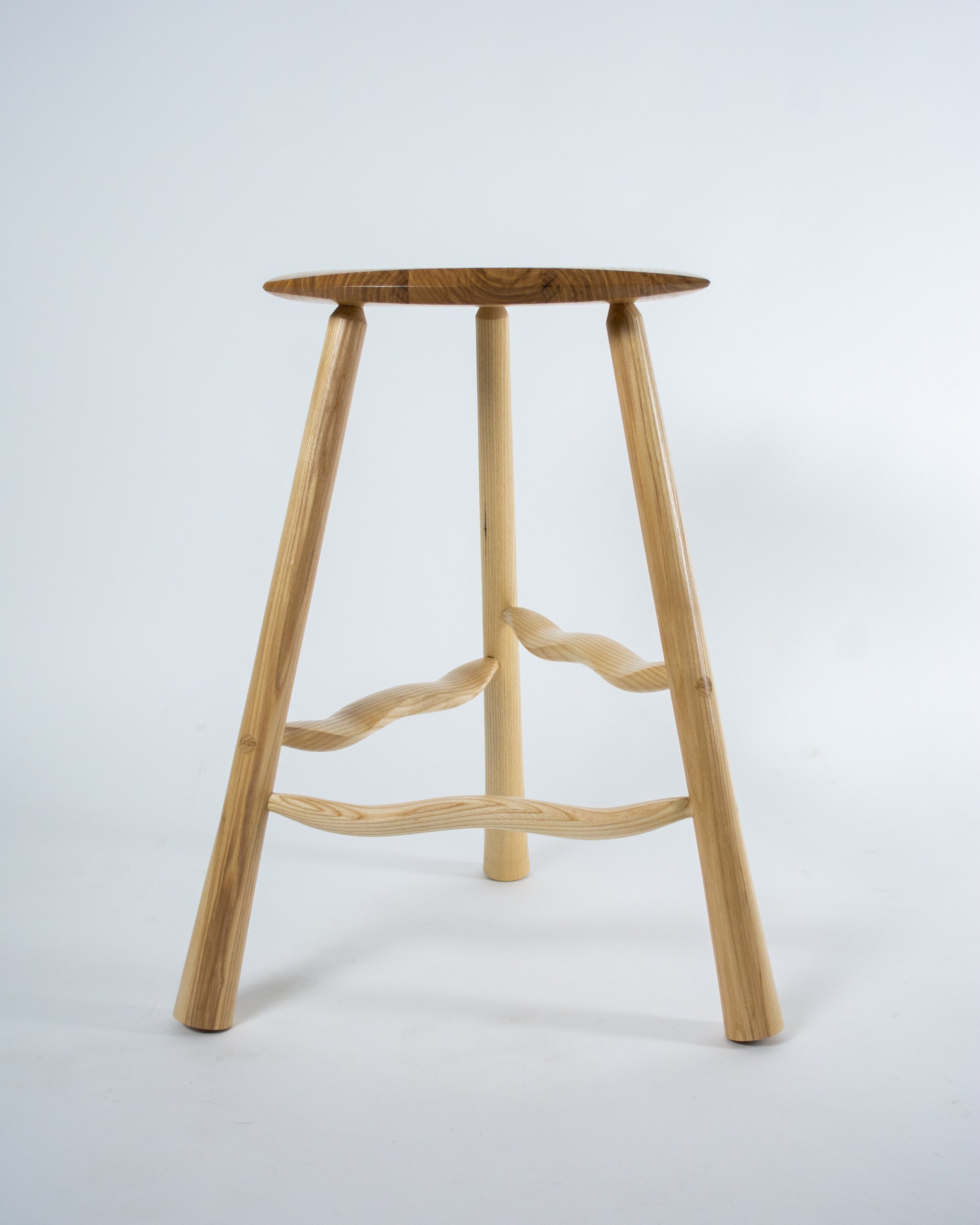
things that are hard to stand
I absolutely hate running, but I might hate standing in one place more.
Cashiers are amazing, standing still in one place as the world passes them by. It’s got to be both physically and emotionally demanding. And if our jobs train us, I wonder if that means something in a cashier’s personal life— Are things at home as they are at the store, or do they go home and lash out? Run around in the woods with no people, no cash, and no bags?
A long time ago, a design professor conjectured that I like turning and multi-directional (round) things because I don’t like telling people what to do and which way to go. I do think suggestion is more powerful than force. Comfortable different footrests is a small thing, but when it comes to furniture, a finite amount of choice to face every day affirms our sense of self and reinforces knowing who we are.




